ON THE ROAD TO GLORY
Despite global economic headwinds and stock market tremors, India's hospitality sector stands firm alongside a rebounding equity market.






Despite global economic headwinds and stock market tremors, India's hospitality sector stands firm alongside a rebounding equity market.





I often marvel at how a simple visit can do what diplomacy sometimes cannot. When a traveller from afar spends time in India, they are not merely on holiday—they are contributing to our economy and forging a cultural bridge. Tourism, I believe, is India’s silent superpower: an invisible export that faces no tariffs at any border. Every pound or dollar spent by a foreign guest—on a handcrafted souvenir or a night in a homestay—is hard currency earned without a single container shipped. In 2023, India recorded 18.89 million foreign tourist arrivals, generating ₹231,927 crore in foreign exchange earnings. These numbers represent livelihoods, opportunity, and aspiration blooming across the country.
India’s allure is as vast as it is varied. From the snow-capped Himalayas to the backwaters of Kerala, our landscapes offer a richness few nations can rival. Add to that our wellness traditions—yoga, Ayurveda, meditation—and India becomes a sanctuary for those seeking healing and balance. I have met visitors who come for the yoga and stay for the culinary diversity, from Delhi’s street chaats to Goa’s seafood curries. No trade pact can recreate the experience of watching the Taj Mahal by moonlight or listening to a folk song in a Rajasthani desert. Every region offers a new story.
Yet tourism demands accessibility. India is more connected today than ever. In the past decade, the number of operational airports has doubled from 74 to 148. Towns from Kanpur to Kannur are now within easy reach thanks to initiatives like UDAN. Our highways have expanded by 60% since 2014, and over 50 Vande Bharat Express trains now link cities and emerging tourist hubs. This web of connectivity is opening up new circuits and bringing growth to corners of India where tourism once barely touched. What resonates most with me is tourism’s ability to lift up communities. A traveller’s spending reaches
rural entrepreneurs, farmers, and artisans. A single purchase can support an artisan’s family; an increase in guesthouses creates jobs for masons, chefs, and guides. Every wildlife sanctuary and temple town sustains a micro-economy. We must keep investing in training and capacity-building so that rural youth can find futures in hospitality and heritage.
At the same time, we must tell India’s story far more compellingly to the world. Other nations spend lavishly on tourism marketing; India must be equally bold. We need a fresh campaign—a new 'Incredible India'—that showcases our hidden gems, wellness traditions, and festivals. Storytelling, social media, and our diaspora must all play a part.
Ease of travel must underpin these efforts. The e-visa was a leap forward, but simpler visas, cleaner cities, multilingual signage, and a culture of courteous service must become non-negotiables. A traveller who feels safe and cared for becomes our greatest ambassador, spreading goodwill across borders.
Beyond the economics, tourism is a bridge for global understanding. When someone journeys through India, they carry back memories that challenge stereotypes and build empathy. Tourism fosters respect and friendship in ways few other forces can.
As we look ahead, we are filled with optimism. India has the history, nature, and spirit to lead the world in tourism. At SOH, we are committed to doing our part—amplifying stories, celebrating innovation, and supporting every endeavour that brings travellers closer to India’s soul and drives investment into the sector. Together, we are helping to write the next chapter of India’s story— one where every journey through India transforms the traveller, and each journey, in turn, helps transform India.

GURMEET KAUR SACHDEV gurmeetsachdev@soulinkkworldwidemedia.com
The Indian hospitality industry is at a point of inflection. From here, it could either be affected by the growing global headwinds, at least in terms of rolling out projects, or it can leverage the booming domestic tourism and grow from here to a global behemoth. Global brands are exploring the Indian market; there is a modicum of FDI, though not enough. However domestic investors are putting in their billions into creating a world-class hotel network. We explore where we go from here in our cover story.
In our other major story, we speak to the general managers of hotels in Amritsar about what moves the market. Amritsar is a huge religious tourism market, but it is also a heritage destination where the wounds of the past have been packaged into martyr monuments and a museum dedicated to the memories of those who had to flee their homeland during a bloody partition. But Amritsar is also a premier food destination, which deserves an entire article of its own.
One of my favourite articles in the edition you hold in your hand is on the restoration of the Haveli Dharampura, within the labyrinths of Purani Dilli, or more specifically Chandni Chowk. Within the ancient walled city, though the walls no longer exist, this part of Shahjahanabad was once home to the rich and elite of the past era, from Mirza Ghalib to Begum Sumroo. Read how this beautiful haveli was restored and attracts among the highest ARR in the capital city.
Two global groups enter India, and for one, it is their second arrival. Dusit and Minor are making a play for India again, and the stakeholders tell us what swung the decision to look at India as a possible destination for their hotels. This ties together our cover story on the thriving, pulsating Indian hospitality industry.
Enjoy the edition.
Warm regards,
DEEPALI NANDWANI, EDITOR, SOH
Founder and Publisher
Gurmeet Sachdev
Editorial
Editor Deepali Nandwani
Managing Editor Rupali Sebastian
Contributing Editor Suman Tarafdar
Digital Editors Nolan Lewis, Rachna Virdi
Contributing Writer
Chandreyi Bandyopadhyay
Pooja Bhula
Creative
Creative Director Tanvi Shah
Team Shiv Soni
Contributing Artist Govinda Sao
Business Head
Vipin Yadav
Sales Manager
Deepa Rao
Office Manager
Deepak Rao
Accounts Head
Amey Acharekar
For queries:
editorial@soulinkkworldwidemedia.com sales@soulinkkworldwidemedia.com info@soulinkkworldwidemedia.com
Printed and Published by Gurmeet Sachdev on behalf of Soulinkk World-Wide Media LLP. Registered office: 1/2, Old Anand Nagar, Nehru Road, Santacruz East, Mumbai, Maharashtra - 400055. Printed at Silverpoint Press Pvt. Ltd., A-403, TTC Industrial Area, Near Anthony Motors, Mahape, Navi Mumbai – 400709. Editor: Deepali Nandwani. All rights reserved worldwide. Reproducing in any manner without prior written permission prohibited. SOH takes no responsibility for unsolicited photographs or material all photographs, unless otherwise indicated, are used for illustrative purposes only. Unsolicited manuscripts will not be returned unless accompanied by a postage pre-paid envelope. All disputes are subject to the exclusive jurisdiction of competent courts and forums in Mumbai only. Copyright Soulinkk World-Wide Media LLP.

Homegrown demand and new tourism hubs are propelling India’s hospitality sector forward, defying the slowdown gripping international markets and stock exchanges.

72 Golden Momentum
Amritsar’s hotel GMs map faith, heritage, and future growth.

110 Liquid Legacies
India’s native spirits revive tradition with every pour.

62 Reset and Rise
OYO charts a dramatic recovery under Ritesh Agarwal.
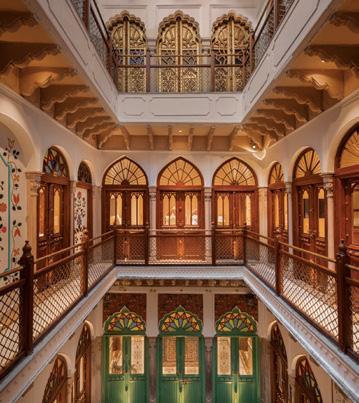
24 A Second Awakening Two Havelis redefine heritage restoration in Old Delhi.

68
Dusit 2.0 Thailand's oldest hospitality group is back in India.

52 Voyages of Influence
Pico Iyer shares his reflections on solitude and travel.

84 Couture Dining
Where luxury, style, and culinary craft meet seamlessly.

96 Minor’s Big Bet
Minor Hotels charts a bold course across Indian markets.


At BNP Interiors, over two decades of consistent success reflect our relentless pursuit of perfection — in quality, identity, and an unwavering commitment to planning, execution, and delivery at 110%. Under the visionary leadership of Punam Kularia, Founder and Managing Director, we continue to evolve and expand both locally and nationally, promising to exceed expectations with unparalleled, customised solutions that set new benchmarks in interior excellence.



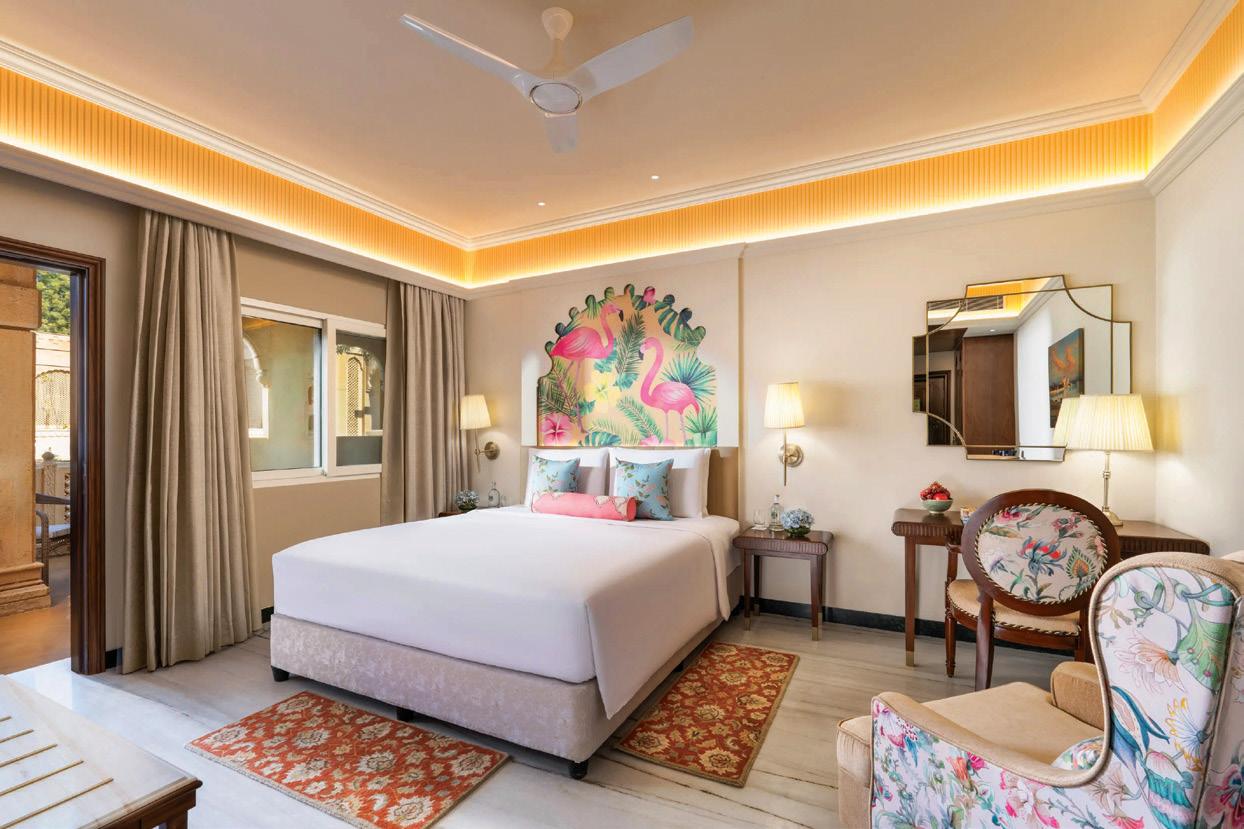
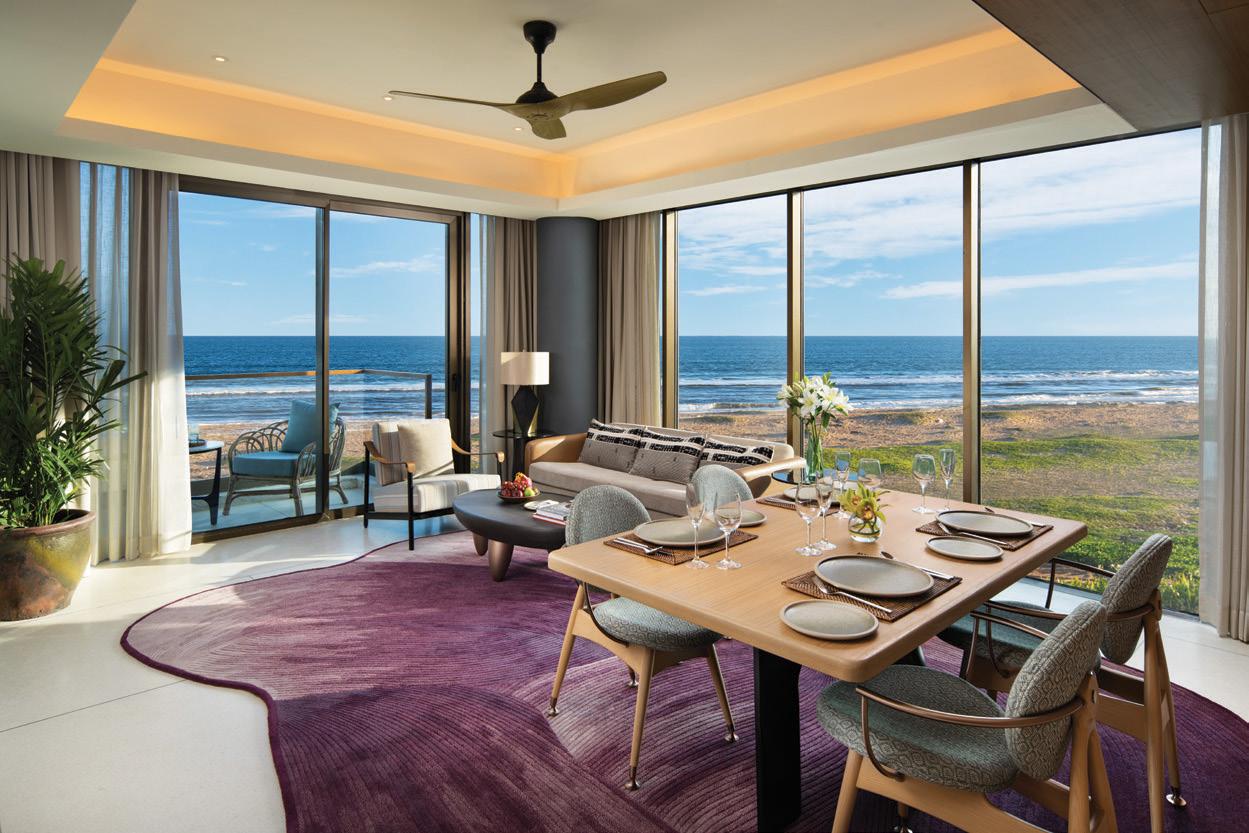


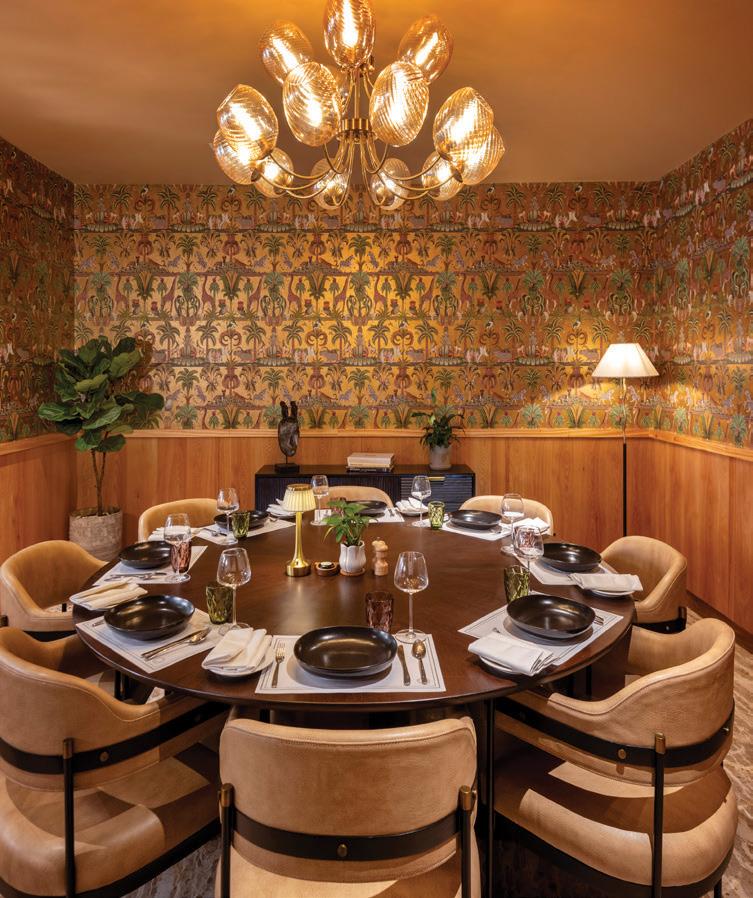

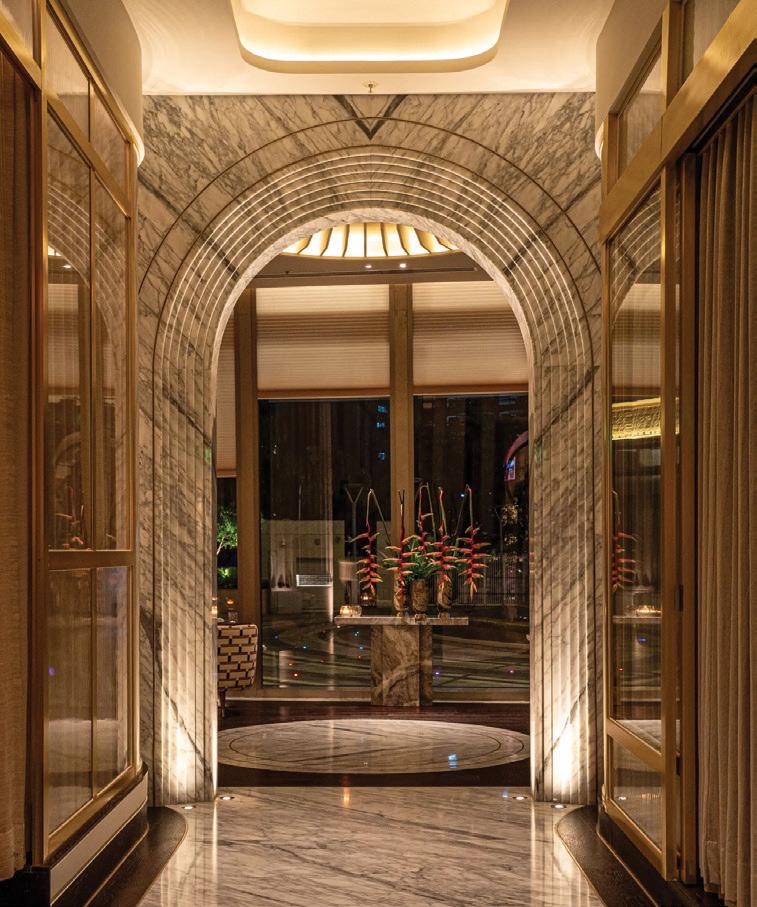






Inside The Kin, Mumbai’s boutique hideaway crafted with family, food, and flair.
India has only a select few boutique hotels, and fewer still that are truly design-forward. The latest addition to this niche is The Kin, which debuted just weeks ago along Dadar’s Shivaji Park skyline. The 15-key hotel, housed in an architecturally-rich building dating to the 1970s, has five rooms on each of its three floors.
All in the family
Sibling duo—restaurateur Imrun Sethi and product designer Guneet Sethi—recalibrated their family’s legacy into a profitable, design-forward boutique stay in the heart of Dadar, each bringing distinct expertise to the venture. Imrun, a well-known Indian restaurateur and chef, is best

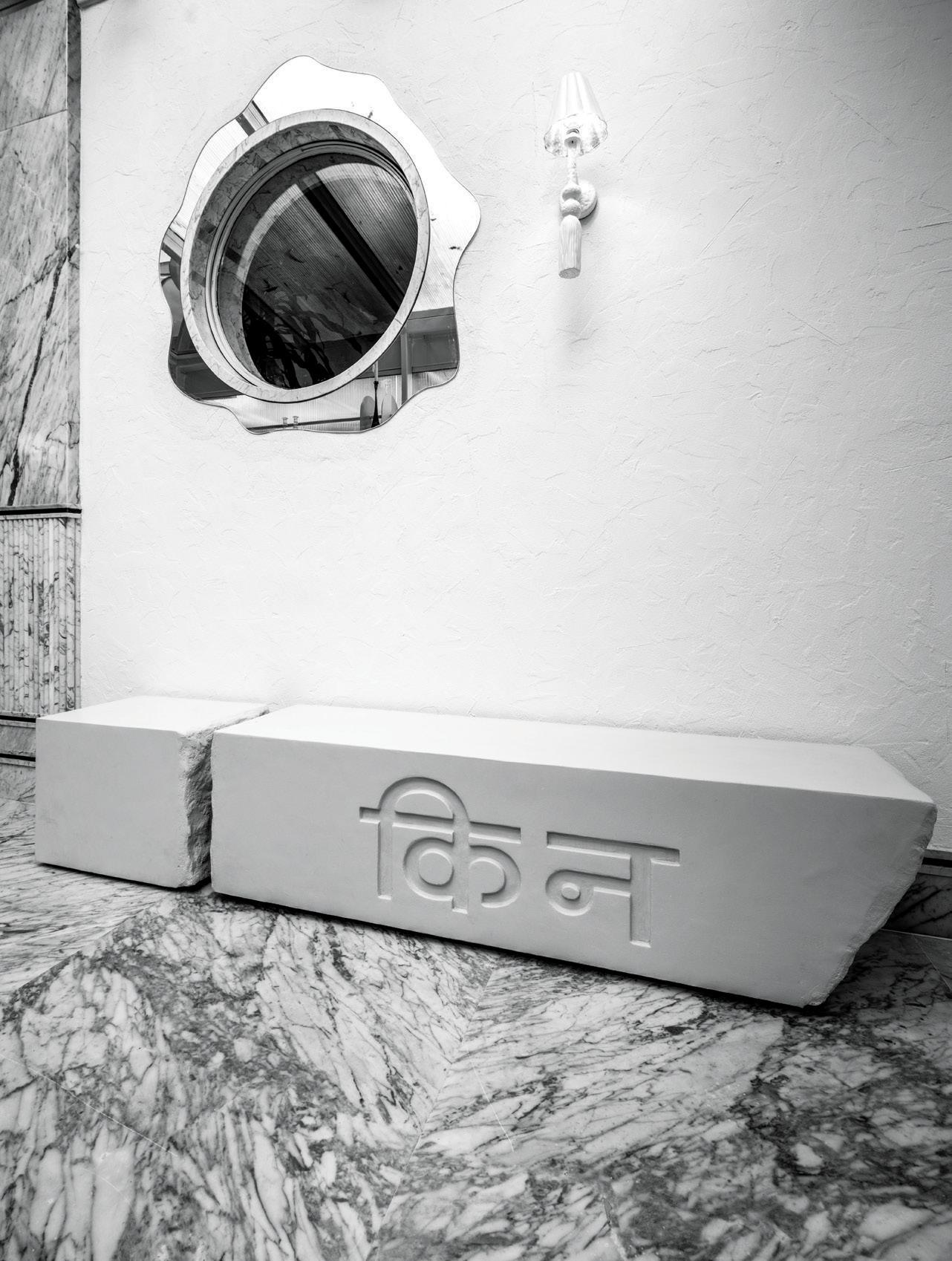



CLOCKWISE FROM LEFT: There's a vintage rotary phone in every room; a fresh, garden salad; the retro cage elevator; the under-thestaircase vinyl record player.

known for founding Terttulia, an all-day dining brand inspired by the Spanish tradition of lively social gatherings. Established in Pune, Terttulia later expanded to Mumbai—where it continues to occupy the ground level of The Kin—and in 2023, to Panaji in Goa. Guneet lends her creative vision to the hotel’s interiors, with her design sensibilities evident in both the thoughtfully curated spaces and the concept store in the lobby. Their combined talents define the hotel’s unique identity and appeal. Hospitality runs in the family’s blood. The building was once the two-star Hotel Parkway, owned by the Sethis’ maternal grandfather, who also founded Pritam da Dhaba. During the peak of the pandemic’s first lockdown, it was repurposed as a quarantine centre for doctors and nurses from Hinduja Hospital. This turning point highlighted the need for transformation, inspiring the

siblings to reimagine the hotel’s future as it emerged on the other side.
Tucked behind a fluted glass façade, the three-storey retreat invites guests into a light-filled passage, where the scent of fresh florals from nearby phool gully (the street of flowers)—where hundreds of vendors trade in blooms against a backdrop of striking street art—lingers in the air. It’s a signature touch from Guneet, who arrives each morning with armfuls of flowers and carefully arranges them into delicate bouquets.
The design is in the details. Architect Samir Raut of Atelier Nowhere shaped the hotel’s distinctive aesthetic, but it was Guneet’s keen eye as a product designer that brought the details to life—every curated piece, from custom KIN furnishings to handcrafted terrazzo flooring, feels deeply considered. While each of the 15 rooms offers a unique experience, subtle unifying elements—open wardrobes, retro-style analogue phones, and playful window designs—tie them together. Thoughtful nooks, like a vinyl listening station tucked under a staircase, a retrofitted elevator, and sculptural lighting, complete this boutique hideaway. The hotel’s terrace features a rooftop callisthenics gym for a gravity-free workout, while guests can also opt for in-room deep tissue or hot stone massages.
The Kin's co-founder Imrun Sethi admits Terttulia’s loyal following may have given it a head start on hotel bookings. The inhouse bistro brings a slice of European café culture to Dadar, its ground floor abloom with fresh flowers and buzzing from morning to midnight. Sundays ease in with the soulful strains of a live saxophone, while Saturday nights belong to DJs spinning till 1:30 am.
Breakfast is a leisurely, all-day affair—whether you rise at dawn or roll out at sundown, you’ll find crisp bacon, eggs Benedict, golden cinnamon French toast, and vibrant smoothie bowls (don’t miss the in-house sourdough and gluten-free bread). Lunch and dinner offer a dynamic interplay between Terttulia’s classics and monthly specials—think colourful salmon poke bowls, katsu curry with serious depth (the tofu version rivals the chicken), and steak frites with sweet potato fries. When indulgence calls, the award-winning beef burger or bang bang noodles deliver—especially when paired with a cocktail.


Terttulia’s bar leans into inventive mixology, blending classic techniques with bold flavour: the crisp Green Appletini, refreshing Watermelon Caprioska, fragrant Orange Basil Mojito, and summery Sparkling Sangria are standouts. For those who like a little heat, the Japanese Pear and Ginger Martini strikes a perfect sweet-spicy balance. Beyond meals, the sunroom invites lingering over Nandan Coffee cortados and cappuccino.

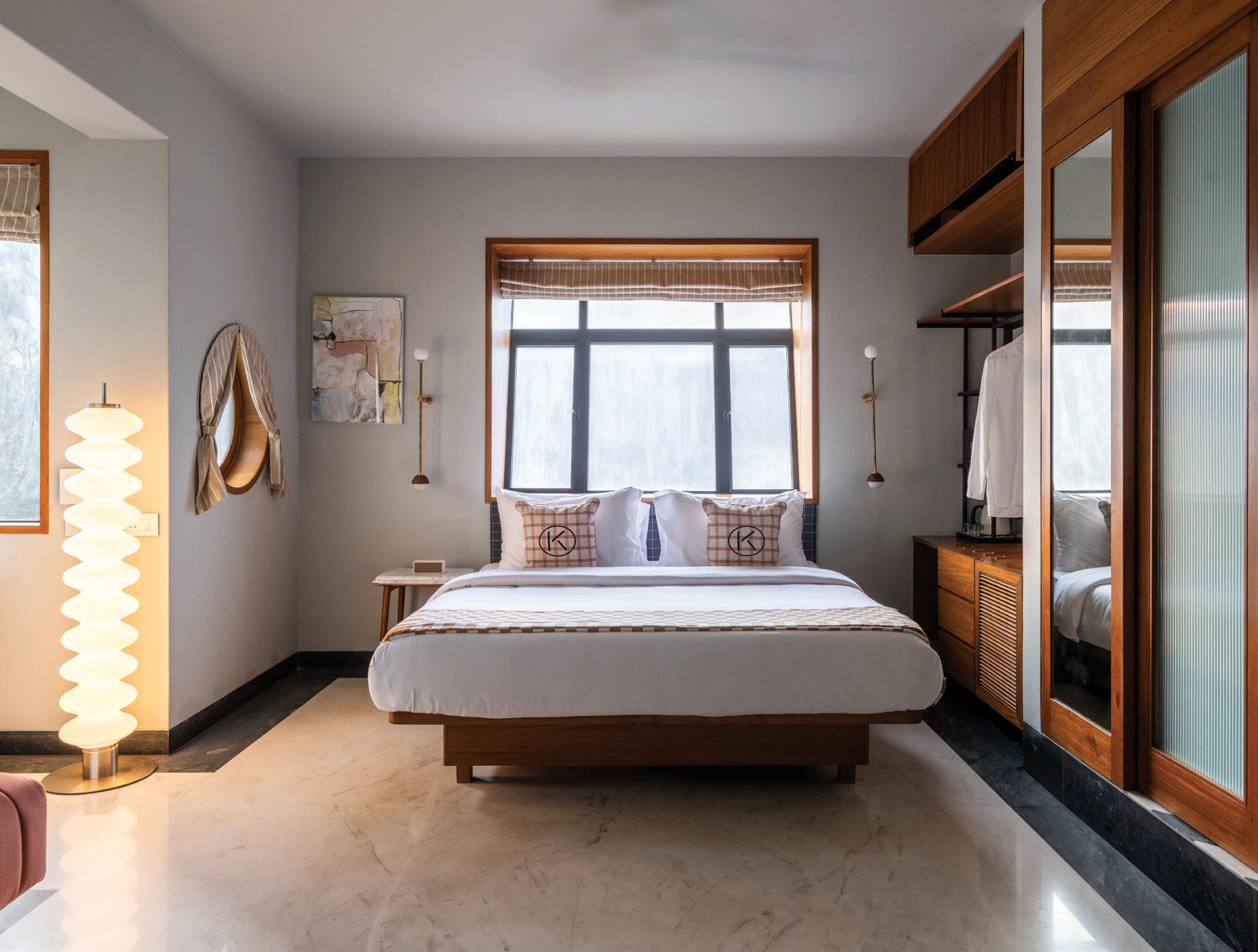


“The original building’s Art Deco heritage inspired us to integrate elements like slanted and circular windows—gestures that anchor the hotel in its neighbourhood while giving it a distinct character. These architectural cues eventually shaped the hotel’s branding too,” Raut says.
The siblings are well aware that running a boutique hotel in a city like Mumbai—teeming with hospitality options—is no easy feat. Yet, since opening earlier this year, Imrun shares that The Kin has been consistently overbooked, thanks purely to word-of-mouth buzz and glowing reviews from design journals and travel magazines. During this interview, Imrun debated whether to capitalise on the hotel's organic success by maintaining exclusivity or to list The Kin on booking platforms—an obvious choice for most hotels.
What do they attribute The Kin’s early success to? While the family had no choice in selecting the location, they believe being in Dadar—an area often overlooked by major hospitality brands—has worked in their favour. Its central position offers convenient access to both of Mumbai’s airports, Bandra’s vibrant bar scene, and South Mumbai’s art and culture. For guests who’d rather stay local, a brisk walk leads to the vibrant phool gully. Music lovers will find their fix at The Revolver Club, Mumbai’s beloved vinyl haven, while fashion enthusiasts can lose themselves in the district’s sari shops. Architecture aficionados can admire the Art Deco gems scattered around Shivaji Park or explore the historic Dadar Parsi Colony—the city’s largest Zoroastrian enclave. For cricket devotees, Shivaji Park’s legendary grounds—where a young

Sachin Tendulkar once honed his craft—are just a stone’s throw away.


OPPOSITE PAGE: Curated accents and a clean-lined aesthetic reflect The Kin's minimalist aesthetic.
ABOVE: The reception area.
BELOW: Circular windows anchor the building to its Art Deco neighbourhood.

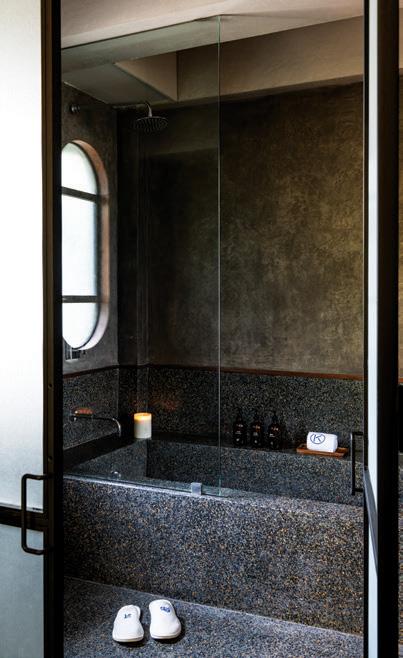
The Kin also embraces the concept of a shoppable hotel, where nearly every element is available for purchase. Curated by Guneet, guests can take home everything from ceramic phrenology heads and the iconic Michelin mascot to art books, hand-poured candles, and singular decorative pieces. The concept has resonated beyond the hotel’s walls. “We’ve had people reach out after seeing us on Instagram, asking how they can purchase and ship items beyond the city, even internationally,” Guneet shares, delighted that her sensibility has found a wider audience.
Ultimately, The Kin’s greatest strength lies in the warmth of its hospitality. Guneet walks the floors each morning, ensuring every detail is in place, while Imrun makes his evening rounds at the bistro, engaging with guests like an old friend. With the freedom to handpick and train their team, they’ve cultivated a service ethos that goes beyond efficiency, embracing genuine care. Thoughtful gestures—like handwritten welcome notes awaiting each guest at checkin—may seem small, but leave a lasting impression. In an industry where luxury is often measured in extravagance, The Kin proves that true hospitality is felt in the little details.
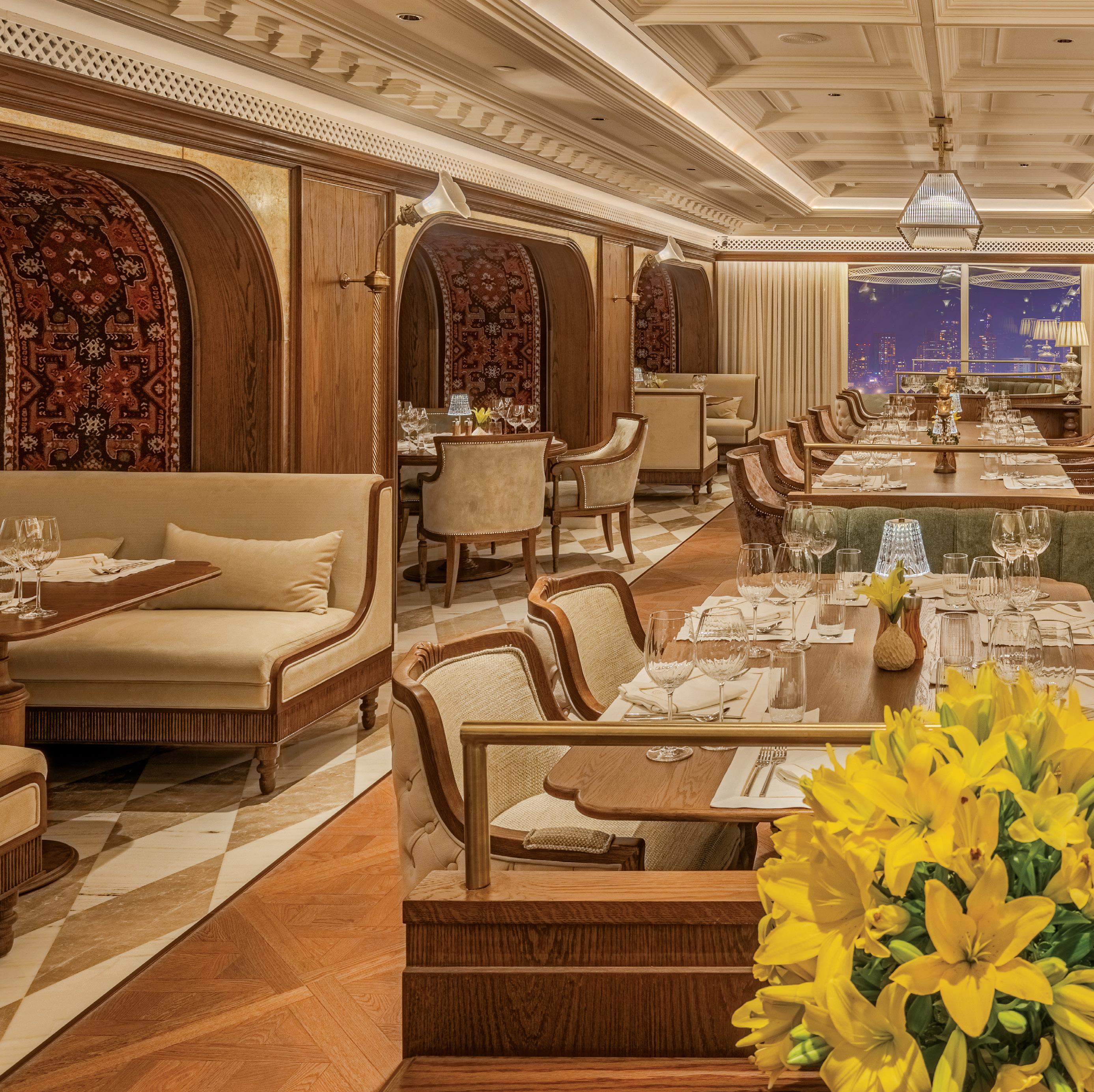

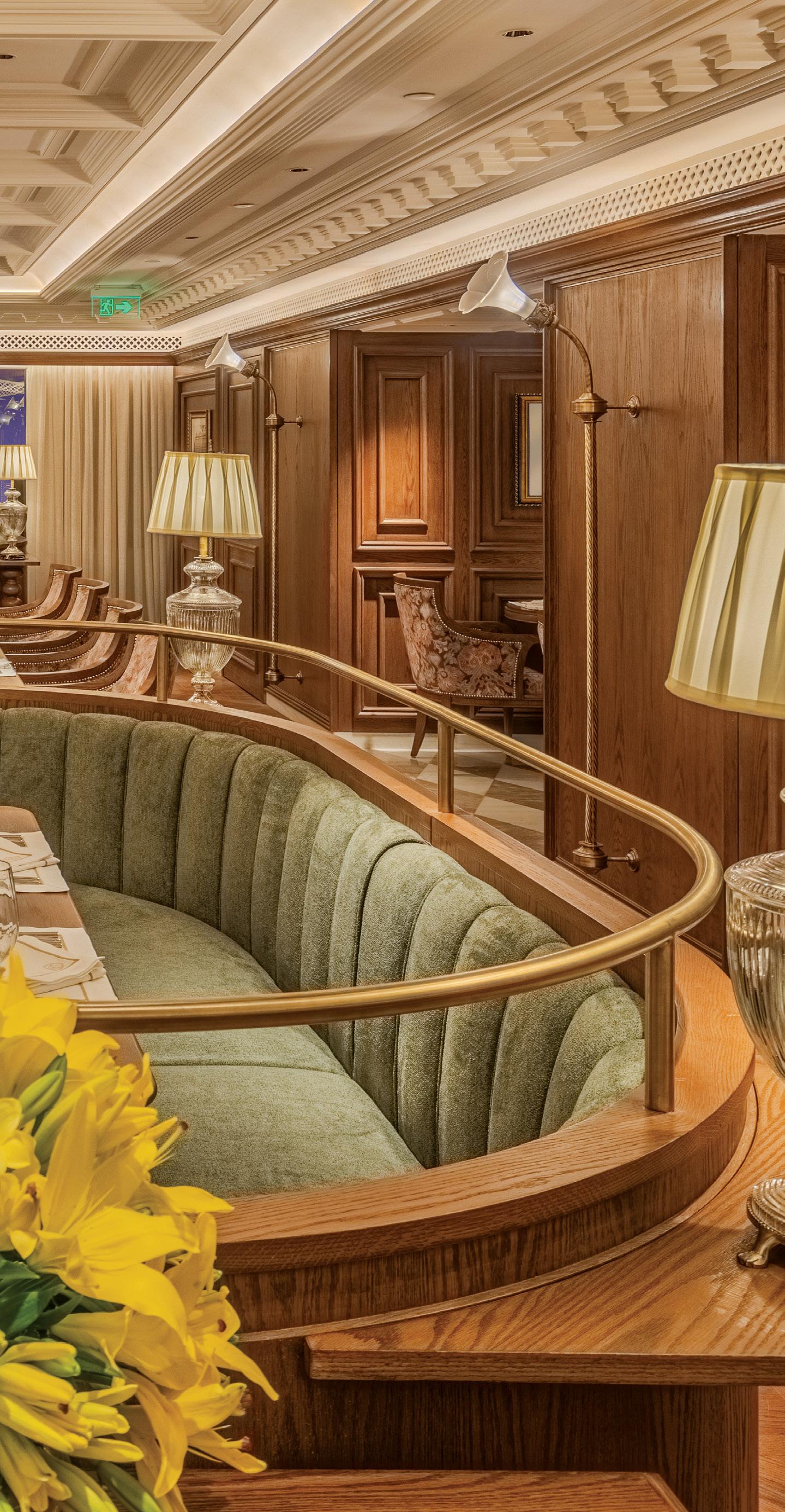

Inspired by Bengal’s grand Rajbaris, the reimagined The Chambers, Taj Bengal blends the elegance of the past with a design language that is classic, nuanced, and timeless.
RUPALI SEBASTIAN
When architect Bobby Mukherji took on the task of redesigning The Chambers at Taj Bengal, he wasn’t just revamping a space—he was bringing back a forgotten era, reinterpreting history in a way that felt both timeless and alive.
For the uninitiated, The Chambers is no ordinary club. Established in 1975 at The Taj Mahal Palace, Mumbai, it has long been the country’s most exclusive business club—an address that signals power, influence, and access. Over the years, its presence has expanded across Taj properties, offering private sanctuaries for industry leaders, diplomats, and global achievers. In Kolkata, however, The Chambers needed more than a refresh—it required a reawakening.
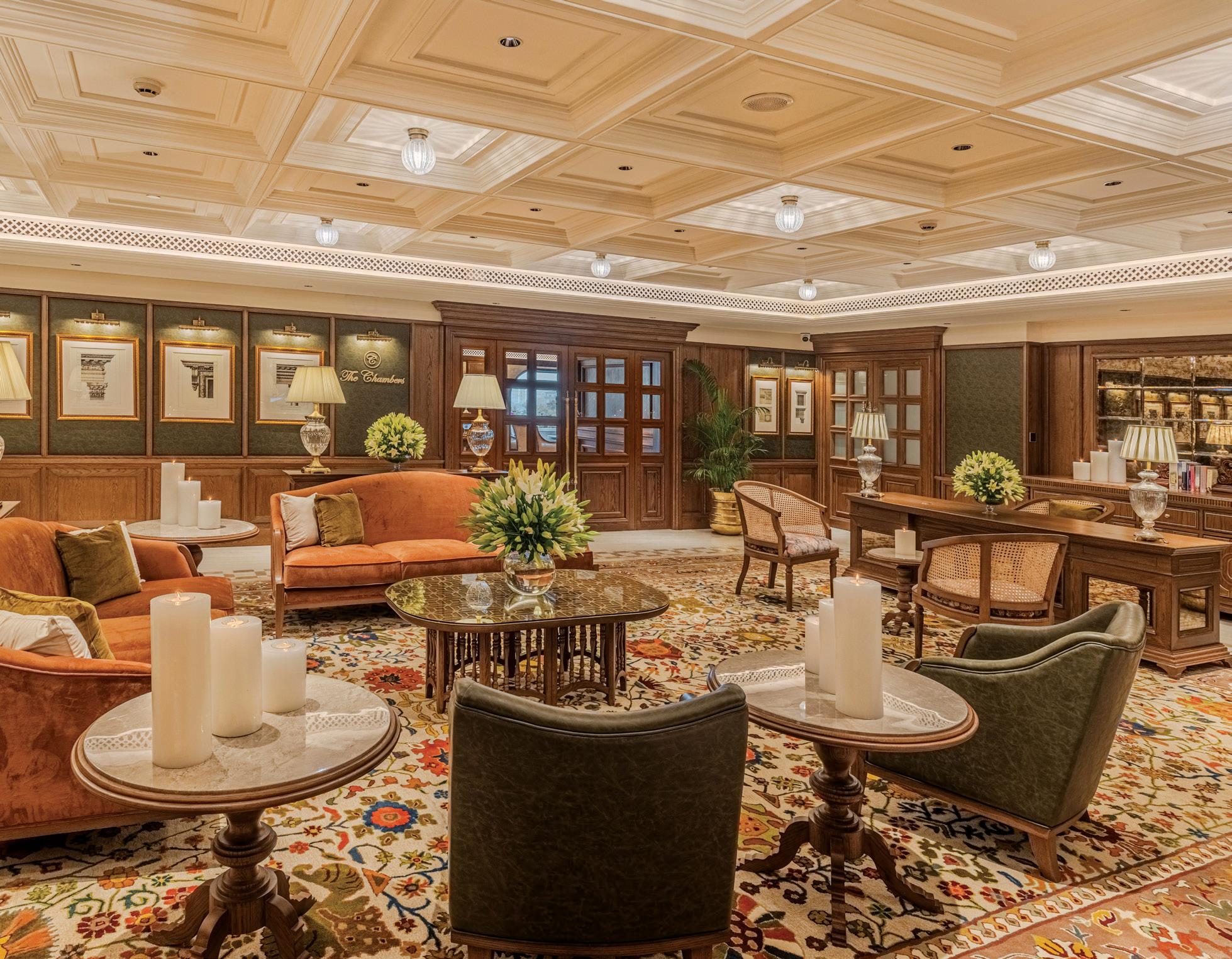
“It had classic elements before, but it felt dated. Not timeless. We wanted to take it to the next level,” Mukherji says. “Now, there’s nothing left of the old Chambers. We stripped it down to its bare shell and started from scratch.”
The inspiration? The regal Rajbaris of Bengal—the grand mansions built by zamindars and influential traders, whose fortunes were made trading everything from tea to opium under British rule. “These were men who built big,” the architect explains. “Their homes weren’t just about wealth, they were about stature. You see it in the multifoil arches, the intricate jaalis, the grand staircases.” Mukherji wanted to bring that same sense of grandeur, but with restraint—not in an over-the-top, gilded way, but in a manner where luxury whispers, rather than shouts. Incidentally, this is the same aesthetic the architect is following for the rest of the hotel—which is also being updated under his creative vision.

The new 8,000sq.ft. Chambers enjoys an expanded footprint. “Earlier everything was micro: smaller rooms, less number of rooms, no proper bar,” reveals Mukherji. “Plus, it was too heavy on wood. We balanced it out.” Painted walls, wallpaper, plaster of Paris, mirror panelling, luxurious fabrics—each surface was chosen to feel fresh. The flooring, once a plain expanse of wood, now reveals intricate patterns—a detail that draws the eye the moment you notice it.
The limited height meant they kept the ceiling deliberately understated so as to not draw attention: subtle, white-on-white patterns, except in places where they wanted to carve out functionalities through a shift in ceiling materials—like the bar, which has a wooden expanse overhead.

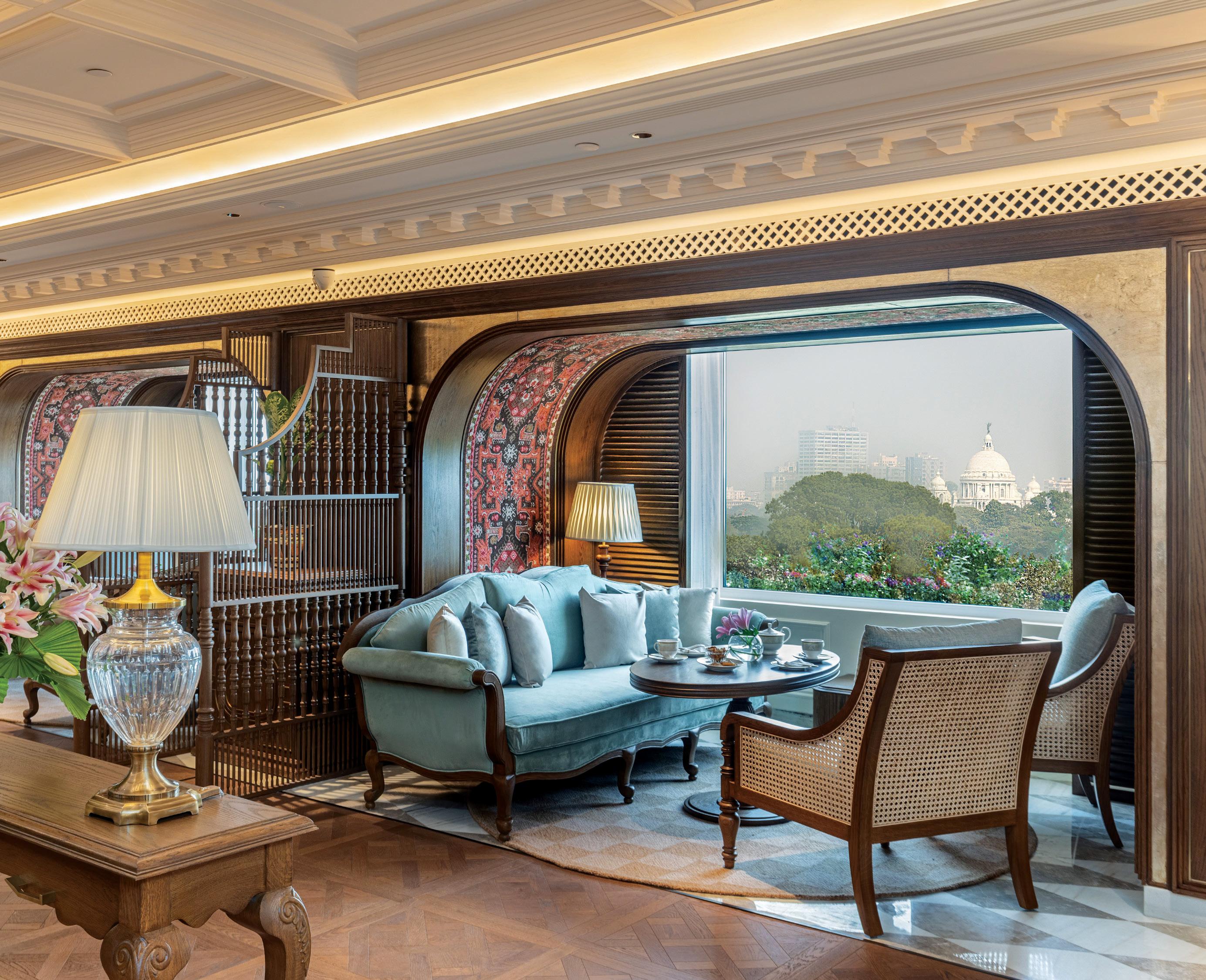
The entry to The Chambers, marked by a glass door, is through the reception area, part of the lift lobby of the hotel, with its scattering of seating. Inside, a lounge acts as the heart of the space where everything converges. Turn right, and you enter the dining area, a setting for sit-down lunches, high-powered dinners, and quiet negotiations. Walk left, and a corridor leads you to a series of private meeting rooms— each space crafted for intimate discussions, small gatherings, or full-fledged board meetings in a room that seats twenty.
The bar is the soul of The Chambers, shifting in mood with the rhythm of the day. Mornings are bright, with sunlight streaming in. Evenings are moody, with warm lampshades casting a soft glow, reflecting off Bengal-inspired artwork. The cognacs and single malts
gleam against the bar’s rich, dark wood backdrop, waiting for conversations that stretch long past their first pour. The cigar room, with its dedicated humidor and custom exhaust system, is a quiet nod to the indulgences of a bygone era.
Seating was reconfigured to offer layered flexibility. “We wanted to create permutations and combinations that could work for both privacy and interaction,” he says. Alcoves were carved out between columns, and arched seating introduced with carpeted undersides—an unexpected, almost whimsical touch that softens the formality of the space.
The space abounds in thoughtful details. In the light fixtures, polished brass rods end in a frostedglass bloom and in the bar stool, a tiny metal dragon holds up the footrest. “This was a labour of love,” Mukherji states.



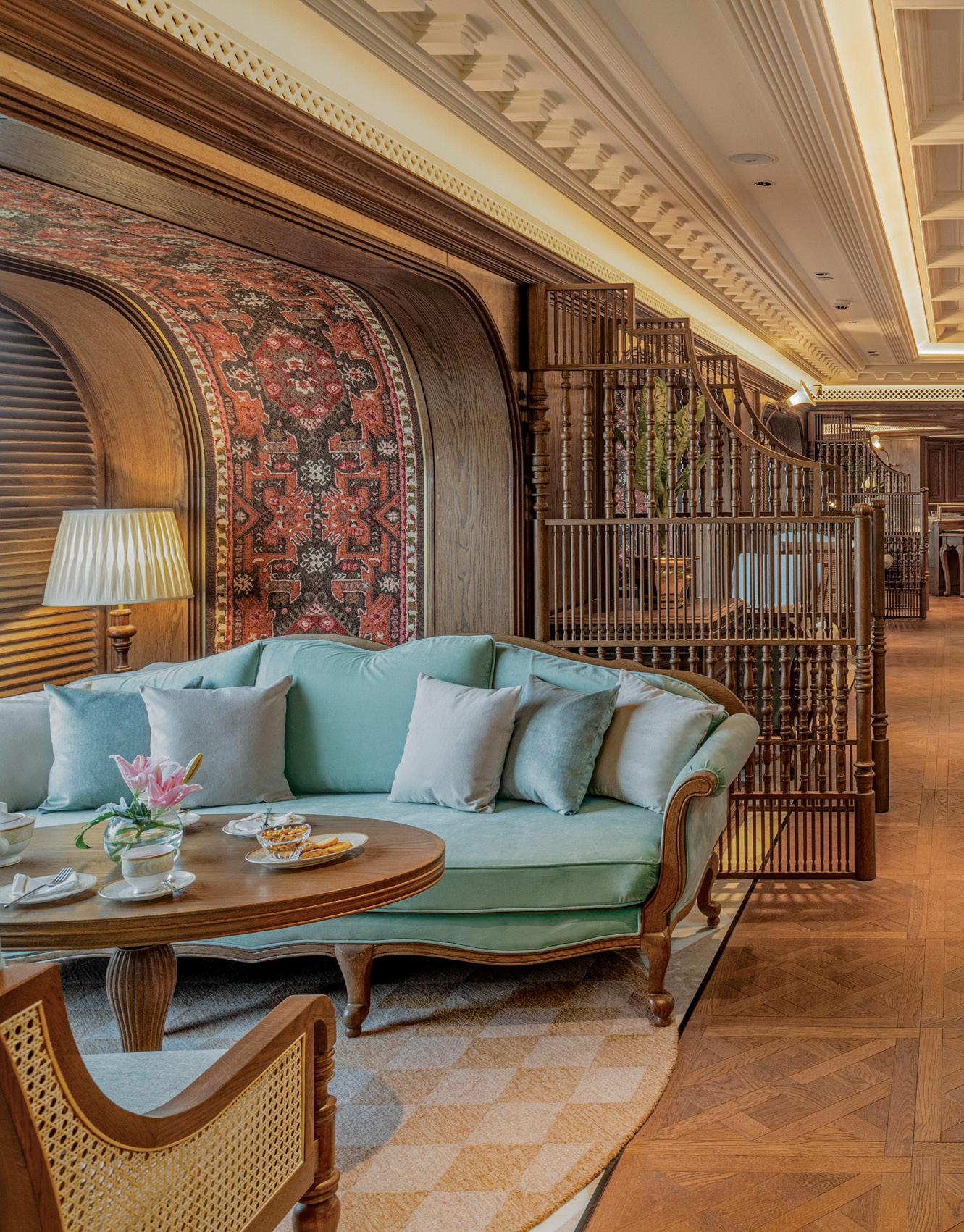

LEFT: The alcoved seating by the window sees a whimsical touch through the carpeted undersides of the arches.
ABOVE: Details such as the tall flower-shaped, frosted-glass light shades add to the bespoke atmosphere.
ABOVE LEFT: Architect Bobby Mukherji.
More than just a refurbishment, this was a balancing act—between past and present, grandeur and subtlety, nostalgia and reinvention. “The colonial British story began in Calcutta,” Mukherji says. “We had to acknowledge that history, but we also had to make it relevant today.”
It has been received exactly as intended. Unlike other Chambers properties, which lean towards contemporary influences, this one remains true to its classic roots. Rich wood, warm lighting, fabrics that feel as good as they look—every detail considered, every element intentional. And it all came together in just four months. “We didn’t have the luxury of time,” Mukherji says. “The hotel was operational, we couldn’t block out The Chambers for too long. But we had the right team and that made all the difference.”
Today, The Chambers at Taj Bengal isn’t just a space—it’s a story well told. A place where history finds a new voice, and where every detail is a quiet nod to the past, reinterpreted for those who will shape the future.
Baccarat’s Private Barrel Program brings together two storied whiskey and champagne brands to create oak barrel-aged libations like no other.
DEEPALI NANDWANI
The global hospitality industry increasingly offers an array of unique experiences that blend elegant luxury and bespoke moments to discerning and discriminating travellers on the hunt for things new and fun.
One such experience, revolving around spirits, has been designed by Saiff Hammad, the wine director at the uberluxury Baccarat Hotel and Bar in New York City. She has spent most of 2024 crafting a bar program that balances tradition with innovation. Hammad, who previously worked at the Michelinstarred restaurant Eleven Madison Park, said that the curation of the beverage programme goes beyond getting the best libations and the rarest of offerings. It includes curating and crafting new spirits so exclusive that you have to check into Baccarat to taste them.
The current barrel, selected by Hammad’s predecessor, was





CLOCKWISE FROM LEFT: The libation that comes out of the experimentation will be served in the bar or the Grand Salon; the bar at the Baccarat Hotel, New York serves up several rare and exclusive spirits; Baccarat has collaborated with bourbon brand Maker’s Mark that brings a rare level of customisation to the whiskey experience.
and personality to bubbles as the bourbon. “We’re looking at a couple of different providers,” he shares. “The idea is to pick the blend and dosage, then bottle it under our own label.”
At the heart of the hotel’s spirits philosophy is the Baccarat Private Barrel Program—an elevated collaboration with Maker’s Mark that brings a rare level of customisation to the whiskey experience. Hand-selected barrels, finished with a bespoke combination of oak staves, yield a flavour profile designed exclusively for the hotel’s guests.
Served in signature Baccarat crystal glassware in the bar or the Grand Salon, the program’s flagship cocktail—the Baccarat Old Fashioned—epitomises refinement and restraint.


finished with custom oak staves— an artisanal touch that subtly shapes its flavour profile. “They go down to the distillery, select the barrel, and then choose the finish,” Hammad explains. “The staves add that final layer of flavour.”
The result is a rich, complex bourbon, with each barrel yielding around 250 bottles. Unsurprisingly, supplies are quick to disappear—typically selling out before the holiday season. A fresh barrel is already on its way, with more Kentucky sourcing trips in the works.
As Hammad looks ahead, he’s also steering the hotel toward new expressions of exclusivity— this time through champagne. Building on the vision laid by his predecessor, he is developing a private-label champagne program that brings the same precision
“It’s a way for guests to engage with something truly unique,” Hammad explains. “It’s not just a drink—it’s a conversation.”
Each element of the beverage program—from champagne and bourbon to cocktails—reflects the Baccarat Hotel’s dedication to craftsmanship, exclusivity, and elegance. With plans underway for more collaborations and future releases, Hammad is clearly raising the bar—one bespoke bottle at a time.
The global whiskey market is said to have surpassed $72.7 billion in 2024 and is poised for sustained growth, with a projected compound annual growth rate of 6.7% from 2025 to 2034, according to Global Market Insights. This surge is fuelled by a rising consumer preference for premium and craft whiskey, reflecting a broader shift toward high-quality, bespoke offerings.


A decade after Haveli Dharampura established a new benchmark for restoration in ‘Purani Dilli’, comes its sister property, Golden Haveli, setting similar benchmarks in restoration.
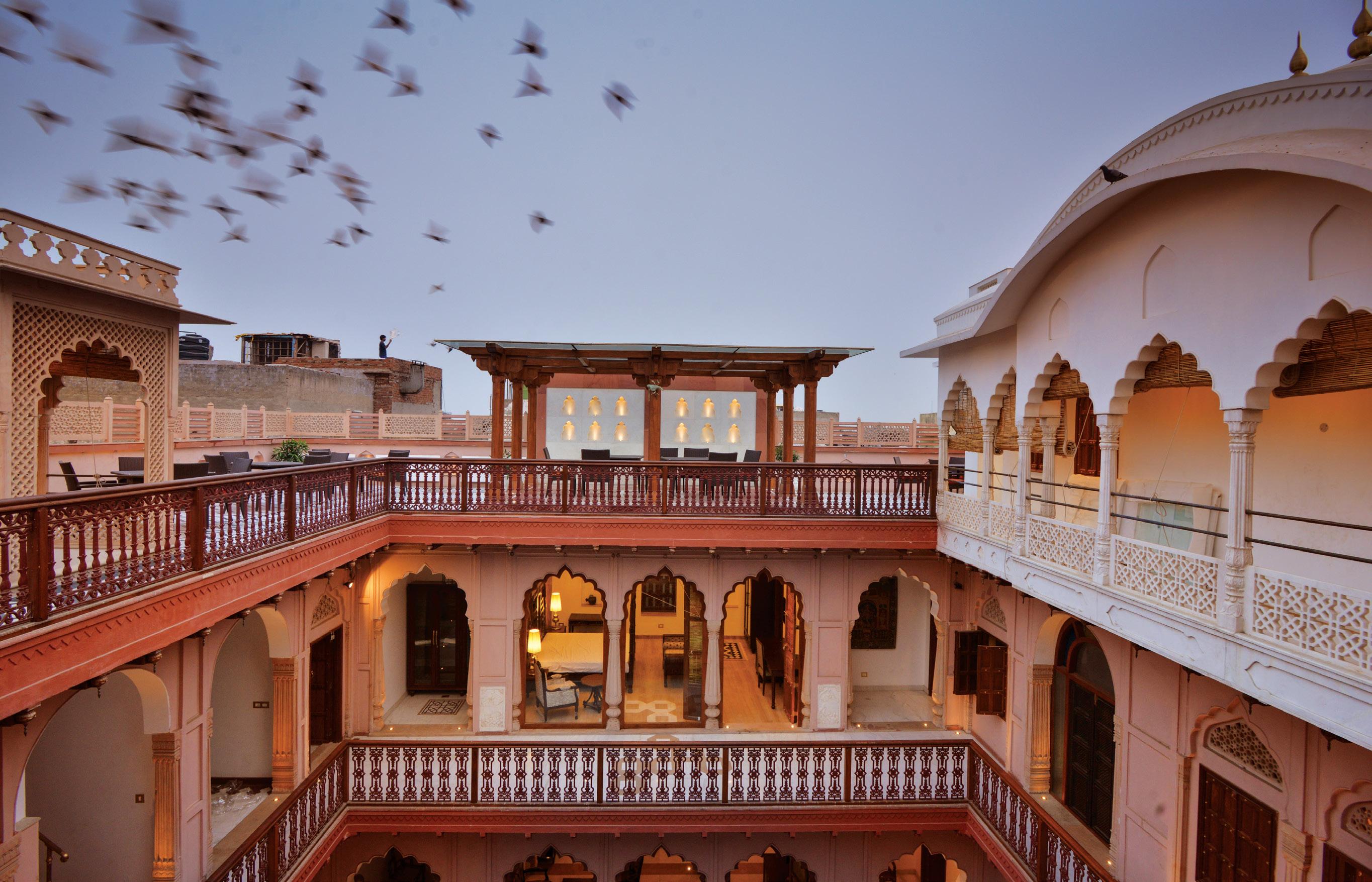

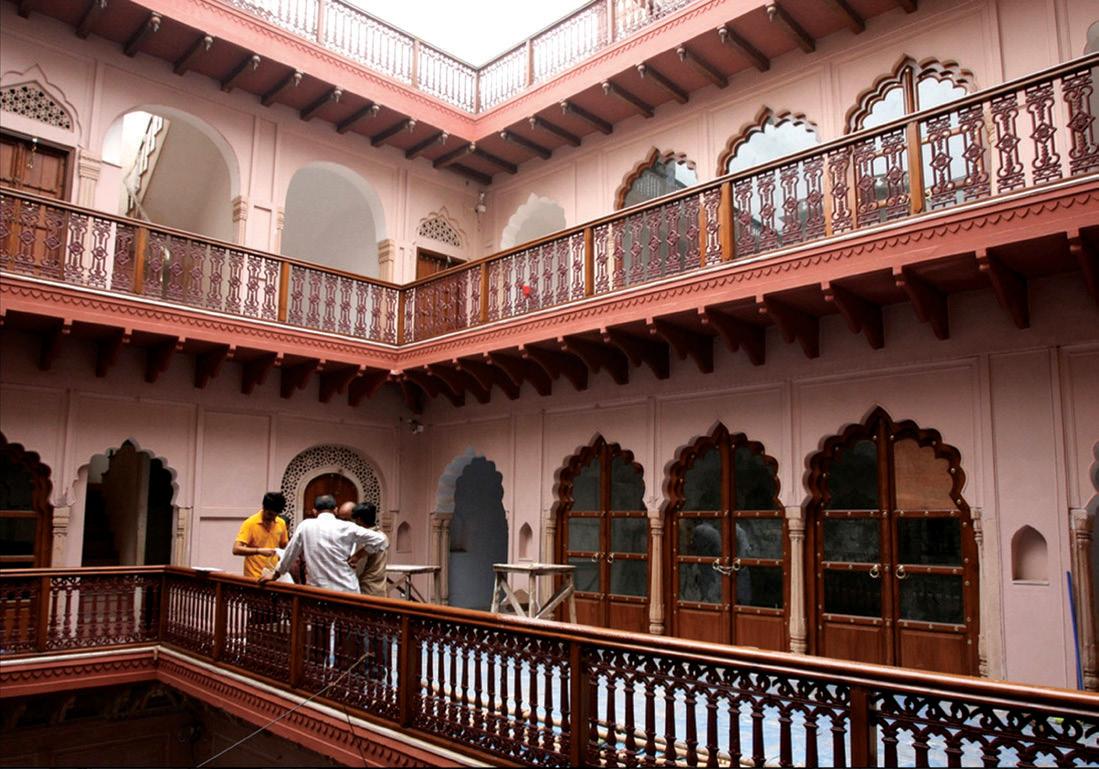
ABOVE LEFT AND RIGHT: The transformation of a dilapidated structure is striking and complete.
BELOW: Lakhori, the main restaurant, is named after the type of brick commonly used in the area.
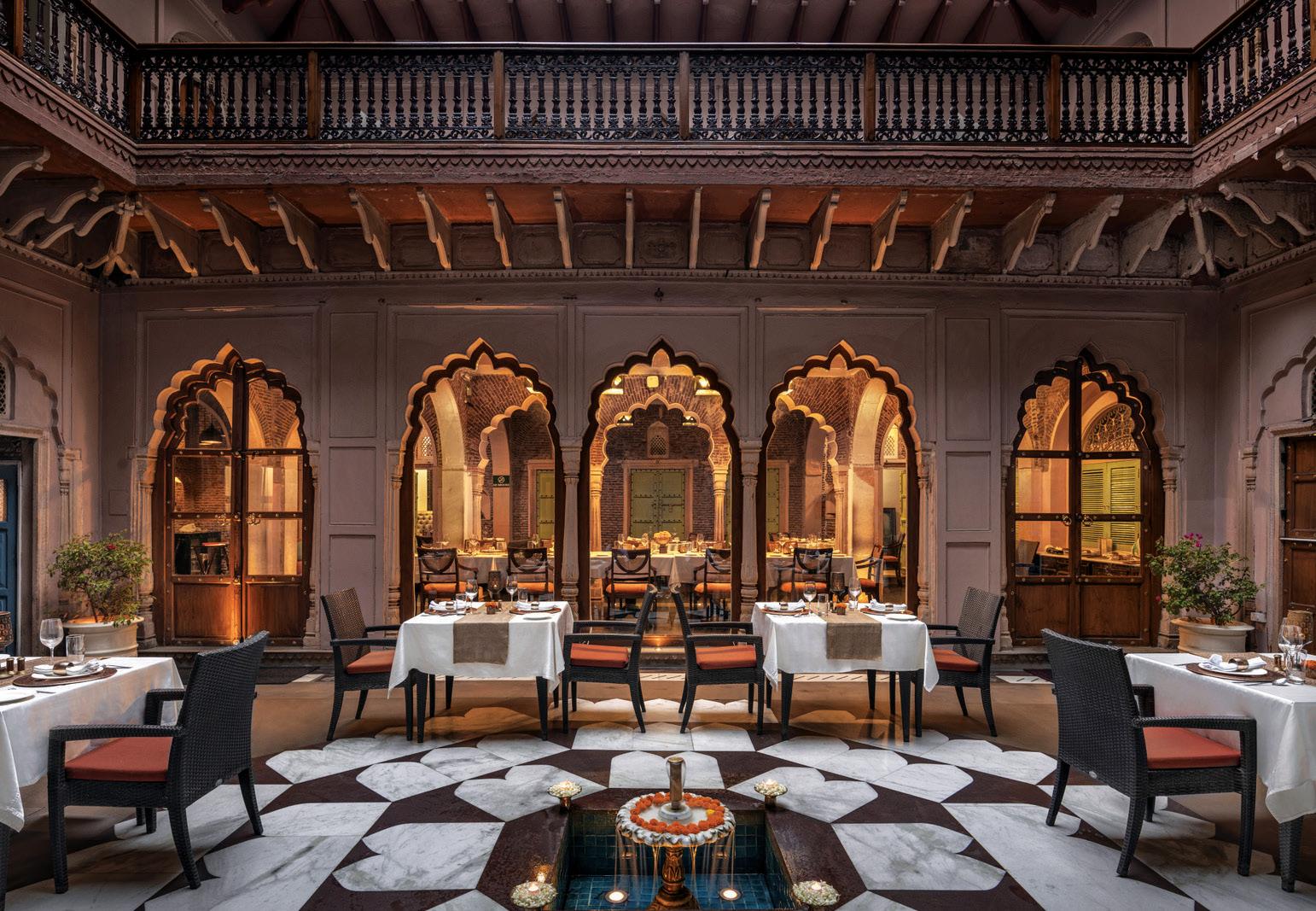

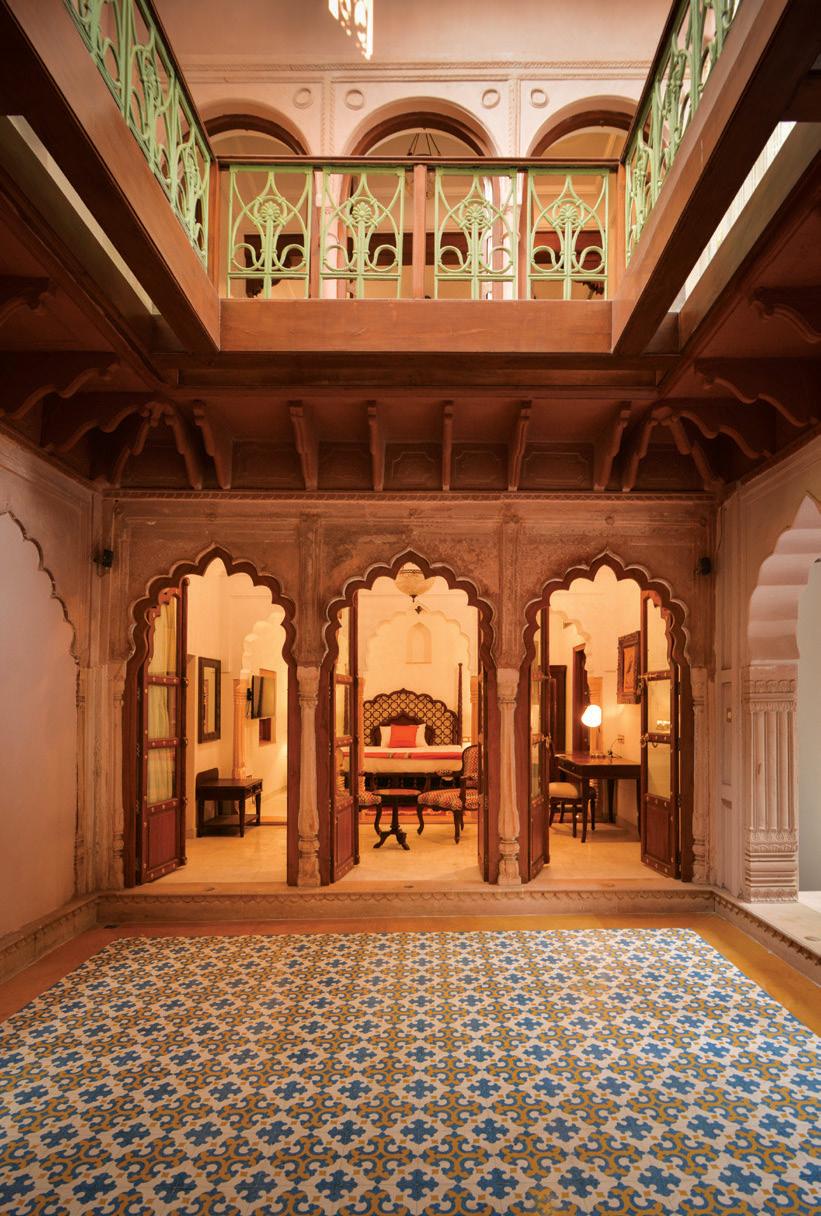
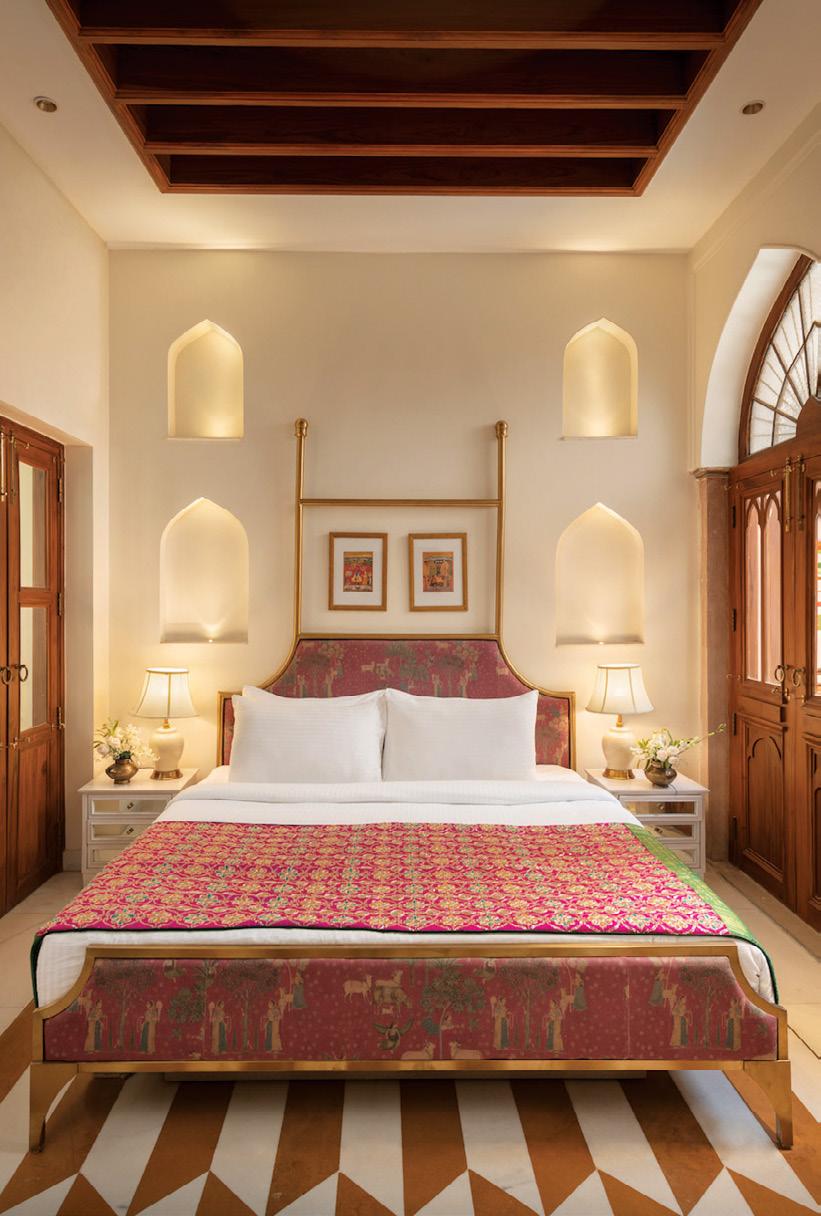

The success of Haveli Dharampura, deep inside the labyrinth that is old Delhi today, can be measured in several ways. For starters, it is easily the most expensive hotel accommodation in the area. Its occupancy levels in peak season are such that it is usually sold out. It was recognised for Cultural Heritage Conservation with the UNESCO Asia Pacific Award. Its praise has spread as much by word of mouth from travellers worldwide.
And it’s hard to believe that it’s been a decade since I first spoke to Vijay Goel. As the visionary behind Haveli Dharampura, he achieved what was considered impossible—restoring/conserving a dilapidated structure inside Delhi’s ‘Walled City’. Remarkable conservation projects have been carried out in the city, such as Humayun’s Tomb and Sundar Nursery by the Aga Khan Trust, and less proficient ones by the Archaeological Survey of India, at Red Fort, for example.
A restored Haveli Dharampura re-opened in early 2016, and soon proved to be a stupendous success. Even today, its 14-room inventory is almost always sold out in season. That was one of the reasons, that Vidyun Goel, Vijay Goel’s daughter, who has been entrusted with the running of the property, pushed for an extension, which has finally resulted in what is today Golden Haveli.
Just 50mts. down the lane from Haveli Dharampura, Golden Haveli is very similar to its older sibling. With a dozen suites, the property offers an intimate escape in the heart of old Delhi. Golden Haveli, located in Gali Anar, one of countless lanes and bylanes that crisscross this area, dates back about 200 years. It is located a stone’s throw away from the city’s Jama Masjid, and structures like the Red Fort are clearly visible. What is even more apparent
is the contrast—between a restored haveli and the heartbreakingly dilapidated state of most of the surrounding structures. In their heydays, they too would have been grand mansions, populated by the city’s elite. Their fading splendour can still be glimpsed in that odd achingly beautiful surviving arch, or once ornate railings.
So it is even more remarkable to gauge not just the effort but the thought to restore these havelis, thus also offering a glimpse into what they once were. The haveli has been painstakingly restored to reflect an era of wealth and elegance that this area was once known for. Like havelis of the time, Golden Haveli, too, has a central courtyard embraced by rooms all around. Stepping into Golden Haveli from the seemingly continuous cacophony of the neighbourhood can seem an unreal, almost fantastic
transition, straight out of a scifi novel. It’s an oasis of calm, of ornate splendour, a throwback into a resplendent past—albeit with modern plumbing and aircon.
As with Haveli Dharampura again, no two rooms are alike, with choices ranging from the Gandhi Suite on the ground level to the Jahan Ara Rooms and Mumtaz Mahal Suites on the upper levels. Yes, it is said Gandhi stayed at this property during his visits to the city!
Incidentally, the restoration work at the Red Fort played a crucial role in the initial restoration of Haveli Dharampura. For one, the staircase for this haveli is narrow (often the case in the past—to prevent thieves from carrying stolen sanduks perhaps?). So all the material for this four-level structure had to be lowered by cranes onto each floor.
Golden Haveli has benefitted from the learnings of the restoration process of the earlier project, where architect Kapil Aggarwal and Vijay Goel worked together. As there had been no benchmark for this kind of restoration then, they worked with intuition. About 50 artisans laboured for five years on the initial structure. As the top priority was to retain the original structure and character of the haveli—and in the absence of any written-down plans, the process also included getting a sense of what the original layout would have been. Over the years, people had added extensions or divided rooms, leading to structural complications and damage.
The original haveli, as was the practice in the late 19th century, had included elements from Mughal, Rajasthani and colonial architectural styles. From establishing the original spaces to cleaning up took an enormous effort, recollects Goel. Original construction materials were used during the restoration process. This included ingredients usually associated with food—belgiri, gur

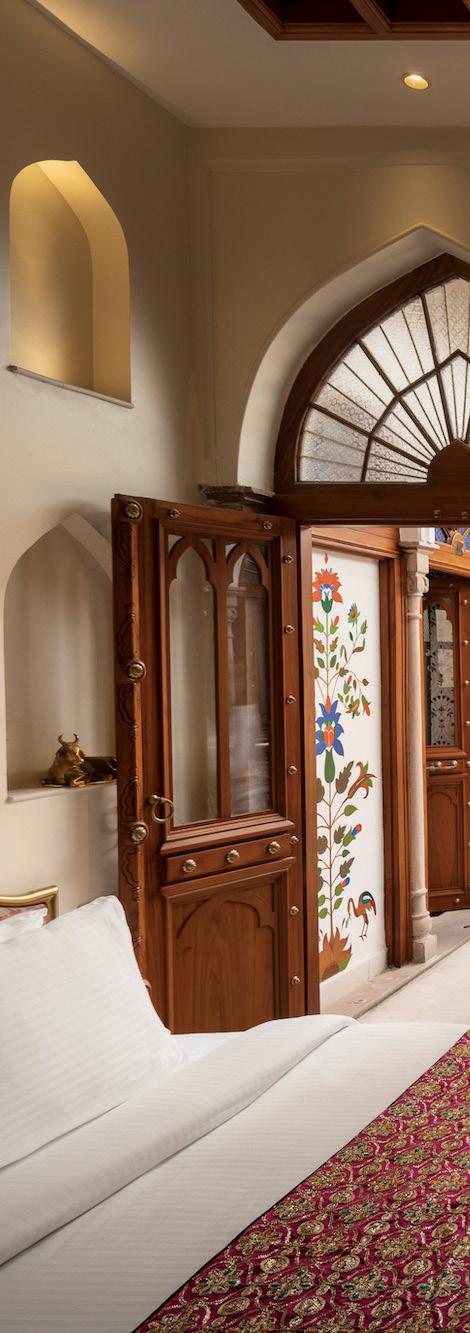
sheera, methi, daal (lentils) along with sun (jute fibre) and chuna (lime mortar). Original Lakhori bricks (after which the main restaurant at Haveli Dharampura is named), which are more slender, were used where possible.
Walls were redone to suit modern requirements of wiring and plumbing, using the same materials as used in the original structures. Of course, internal changes, such as those involving mild steel (MS) strips to repair cracks, carefully preserved the integrity of the original structure. Gaps were filled with gravity grouting. Sal wood was used for joints. In the case of furniture, which was infested with termites, pieces were either treated or replaced. Some elements, such as pillars clad in Dholpur stone, were found to be in good condition after layers of grime were washed off.
The main door was sent to Rajasthan for re-making in a style similar to what would have been the norm when the havelis were built. Cast iron railings were remade in the old Shahjahanabad style. The furnishings, reflective of a bygone era, have been updated to reflect modern aesthetics. Catch glimpses of Delhi in tastefully placed black-and-white images of the city from a century or so ago, capturing an era long lost. Once inside Golden Haveli, you can still be transported to the grandeur of the era.

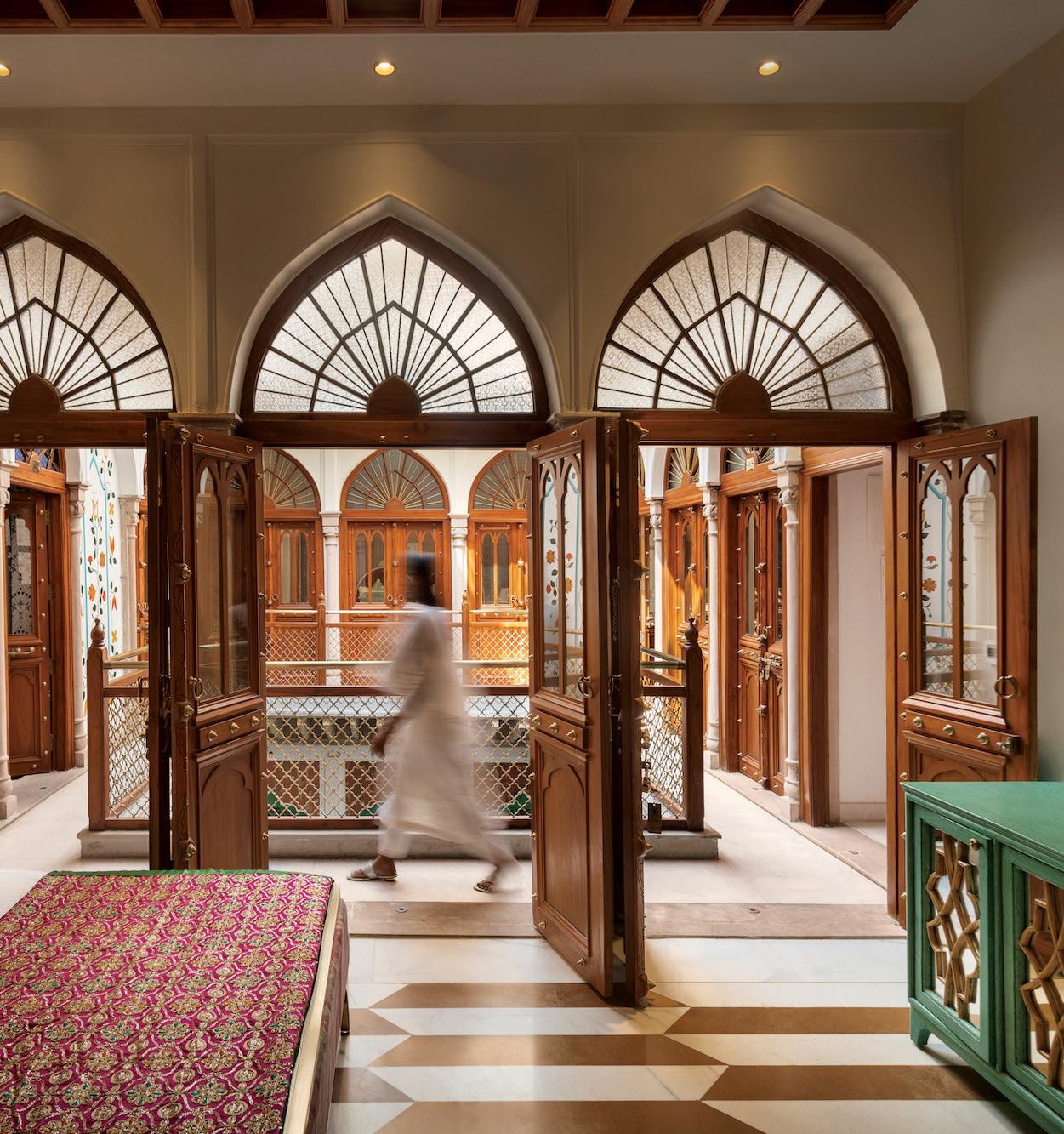
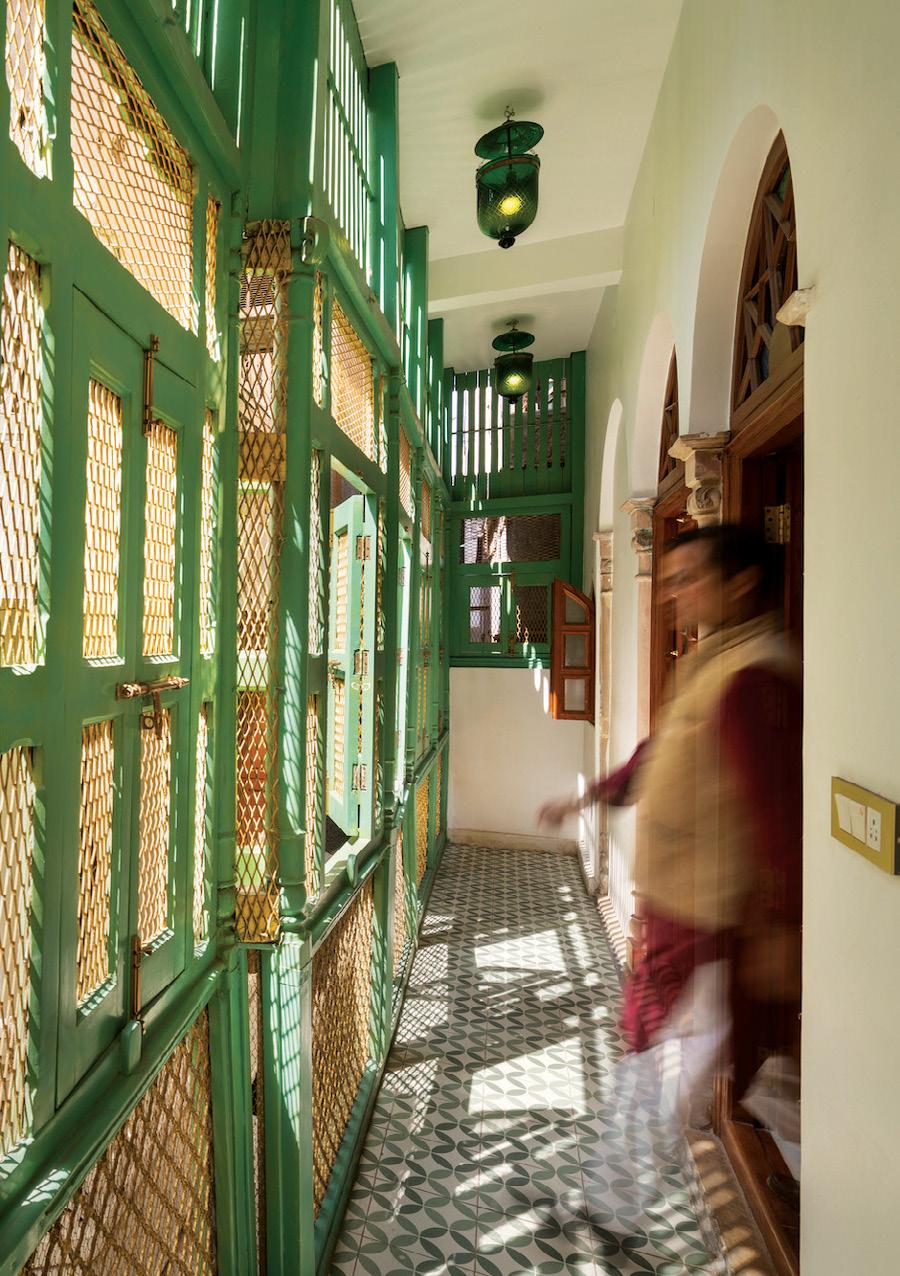
Haveli Dharampura is a restored 19th-century mansion tucked away in the bustling lanes of Chandni Chowk, Old Delhi. Commissioned by Jahanara Begum in the 1650s, Chandni Chowk was once a grand, tree-lined boulevard with a central water canal that shimmered under moonlight. It was part of Shahjahanabad, the Mughal capital built by Shah Jahan, centred around the Red Fort.
Haveli Dharampura’s history, architecture, and location serve as a microcosm of Shahjahanabad’s (Old Delhi's) layered heritage—a city of traders, poets, royalty,
and artisans. The city was home to poet Mirza Ghalib; Begum Samru, who started her career as a nautch girl in 18th century India, and eventually became the ruler of Sardhana, a small principality near Meerut; Unani physician Hakim Ajmal Khan; the Jain merchants of Dariba Kalan; freedom fighter and India’s first education minister Maulana Azad; British residents and colonial officers.
Haveli Dharampura is said to have been constructed around 1887. It was originally a residence for a prominent merchant family, reflective of the prosperity of Chandni Chowk's trading community during the late Mughal and colonial era. Located in Gali Guliyan, a narrow, labyrinthine alley near Jama Masjid, in a part of Old Delhi where once wealth and aesthetics coexisted in confined spaces, it fell into disrepair like many havelis of Shahjahanabad.

The initiation story of Haveli Dharampura is a fascinating one, and Vidyun Goel, Director, Haveli Dharampura, sheds light on how a once neglected mansion came to be restored.
How did the initial restoration of Haveli Dharampura come about?
There is a back story to this. My father, Vijay Goel, Rajya Sabha MP, earlier represented the constituency in Lok Sabha. During his Lok Sabha tenure, he initiated several projects to spruce up the area, including removing encroachments, getting shop fronts in Chandni Chowk painted, restoring the old Town Hall, and starting a festival called Chaudhvi ka Chand (1998-2004)… the whole idea was to bring the limelight back to Old Delhi. He also wrote the book called Delhi: The Emperor’s City that documents all historical buildings—havelis, temples, mosques, churches, etc., including Haveli Dharampura. Little did we know that he would end up restoring it. At that time, he focused on advocacy for heritage conservation under the banner ‘Save the Walled City’. He wrote to INTACH, and ASI, worked on a lot of research papers, and held seminars and conferences on how Old Delhi could be restored through publicprivate partnerships. Facing multiple challenges, he worked on it for 10 years and possibly out of frustration said, ‘If I don't do it and I don't show that it could be done, it will not be ever done’.
He acquired this property about a decade and a half ago, and got me to Dharampura one day, saying I am going to take you to the Taj Mahal of Delhi. And I was standing in front of this completely ruined building, where the entire second floor was falling. His idea was to restore a part of it and to show the government that it could be restored. There was no concept of a hotel at the time.
Was there any information about the haveli?
The haveli had changed hands multiple times and has had Muslim and Jain owners. Around the time my father bought it, many people were squatting in the building, and lots of additional rooms had been created. He thought he could create a museum here for people to visit. Crucially, INTACH documented the building’s condition pre-restoration, something that helped us to apply for the UNESCO award because it was documented.
What were the main challenges to restoration?
To start with, my father did not have an architect or a contractor. Or artisans. There was no one to
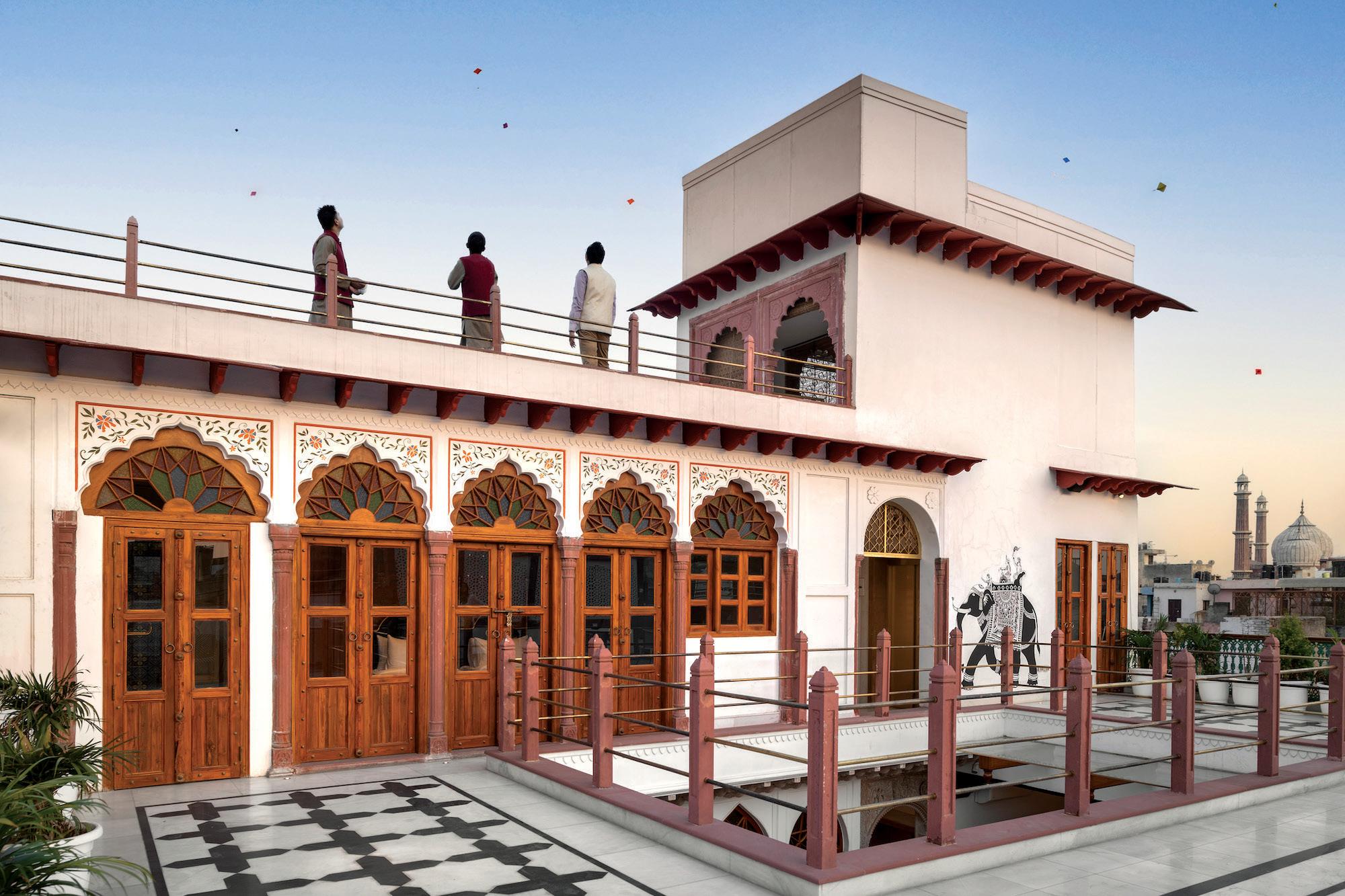
advise; my father started on his own. There were multiple roadblocks. For the first three years, they were just trying to stabilise the structure. Every monsoon used to feel like the building was going to collapse under its weight. The first major problem they had was to reduce the weight of the building. Everything had to be traditional. Even to strengthen the structure of the building, we used organic material. We had set up a grinding mill right in the courtyard for pulses and jaggery.
How did the idea of a hotel come about?
After the initial three to four years of restoration, people began to take interest. They said things like we would love to sit here and have tea. We don't come from a hospitality background. My dad's a lawyer by degree. My mom's a professor at Delhi University. And I am an economics finance person. My parents went around asking different people if they wanted to run something here but nobody was interested. Anyway, the restoration was done by 2015, and soft furnishings took another year. So in 2016, we opened it up as a boutique hotel.

WHILE THE SHADOW OF U.S.-LED TARIFFS AND STOCK MARKET TURBULENCE LOOMS LARGE, INDIA'S VIBRANT HOSPITALITY SECTOR IS CHARTING ITS OWN COURSE. DRIVEN BY ROBUST DOMESTIC DEMAND AND THE EMERGENCE OF TIER-2 CITIES AS NEW TOURISM HUBS, THE INDUSTRY IS WITNESSING A SURGE IN INVESTMENT.
and stock market volatility, India’s vibrant hospitality industry remains a beacon of resilience and optimism, poised for quantum growth. Valued at $25 billion and driven by a 300-million-strong middle class—projected to reach 450 million by 2030—the sector thrives on robust domestic demand. Tier-2 cities like Indore, Surat, and many more are emerging as tourism hubs, buoyed by a 12% rise in hotel investments since 2023.
A weaker rupee at 86.71 (when we went into print) against the dollar positions India as a cost-competitive destination for international travellers, if only we were to shift focus to attracting them. Government initiatives, including new tourism circuits and infrastructure like airports in Jewar (Noida) and Navi Mumbai, enhance long-term prospects. As global supply chains realign, India stands to attract significant investment, solidifying its hospitality sector’s strength and transforming challenges into opportunities for sustained prosperity.
First off, let’s look at the state of the world, stock markets and the possibility of the U.S.-led tariffs, which hang as a sword of Damocles on our heads.
Industry experts on what will ensure the Indian hospitality’s growth and surge in 2025.

Jesper Palmqvist
“
Much of India’s hospitality sector isn’t overly dependent on capital markets. Family money, traditional conglomerates, and deep banking relationships insulated the industry during past shocks—and they’re doing the same now.”
PARTNER & CEO, CROWE ADVISORY INDIA AND MD, HORWATH HTL INDIA
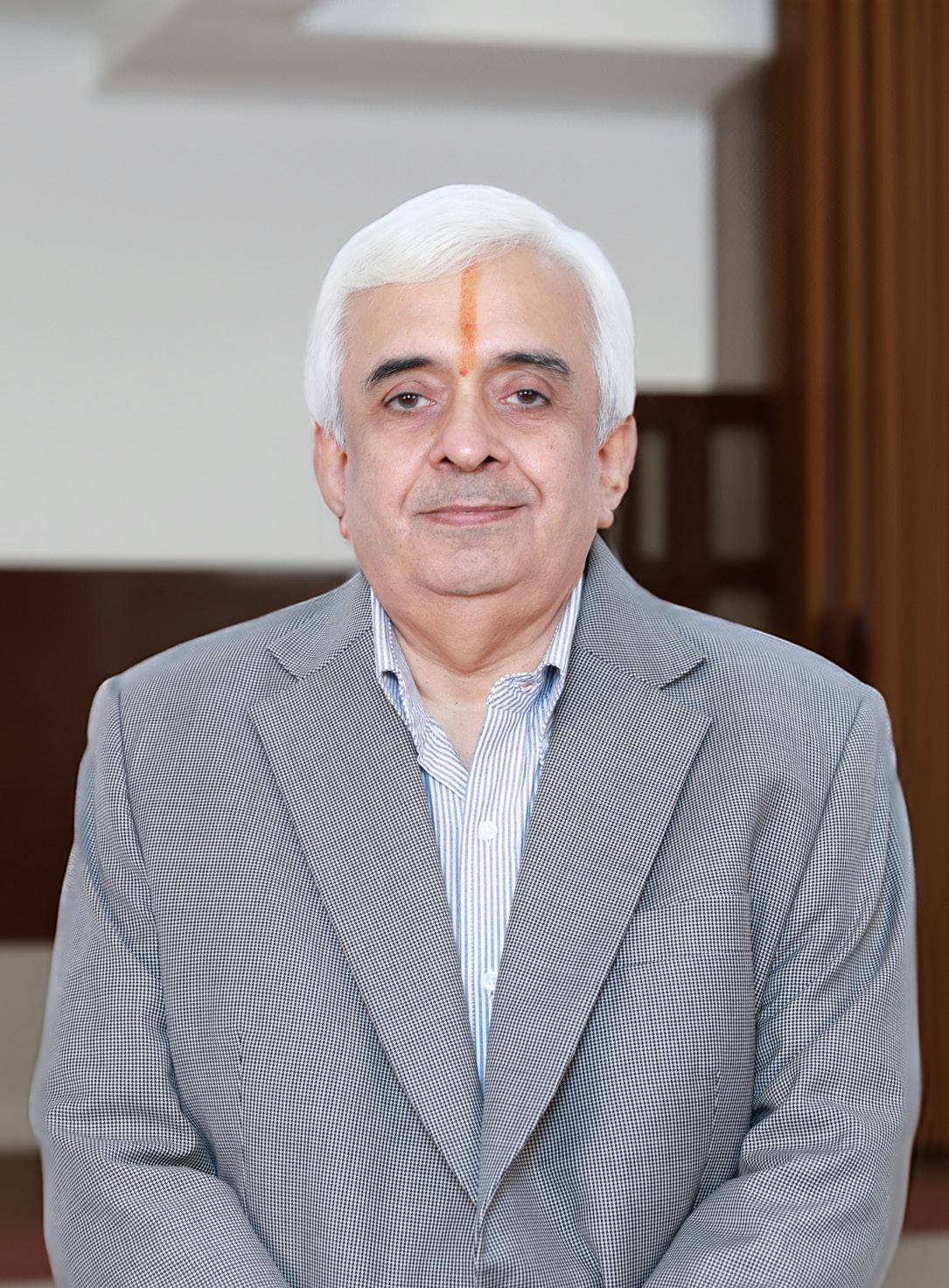
“
In India, new demand drivers like sports, entertainment, and events are still in the early stages of development, suggesting strong future growth potential for the hospitality industry.”
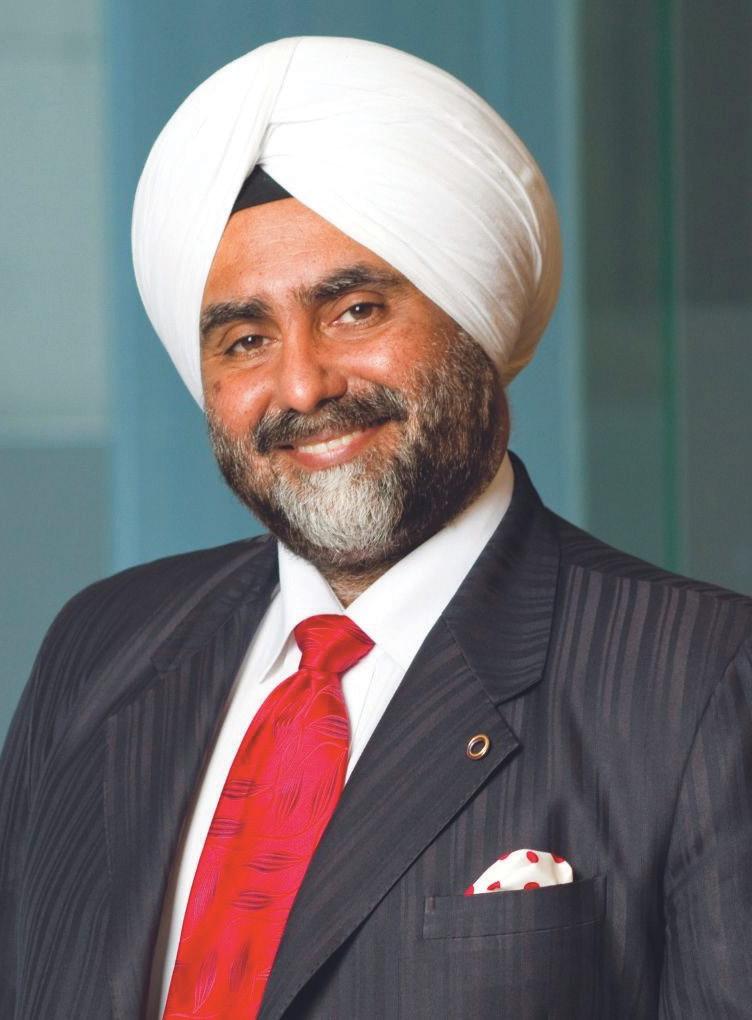
The direct impact of ongoing global tariff disputes is negligible for now. However, global trade tensions and economic uncertainty inevitably influence investor sentiment across asset classes, including hospitality.”
Industry experts on what will ensure the Indian hospitality’s growth and surge in 2025.
Manav Thadani
FOUNDER CHAIRMAN, HOTELIVATE
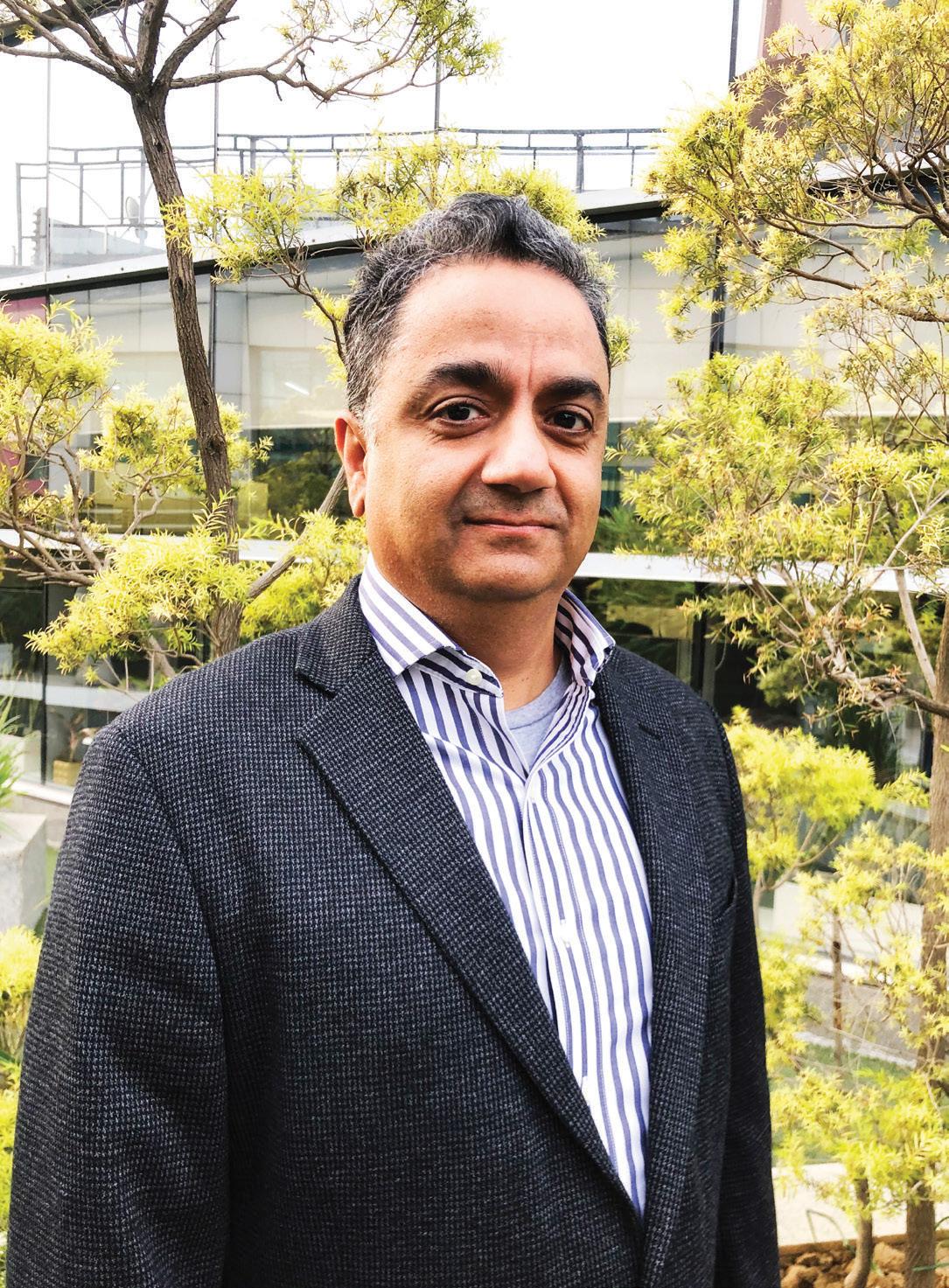
The strength of the Indian economy has attracted a wave of new investors, particularly in the hospitality sector. Over the past three to four years, the hotel industry has become increasingly institutionalised.”
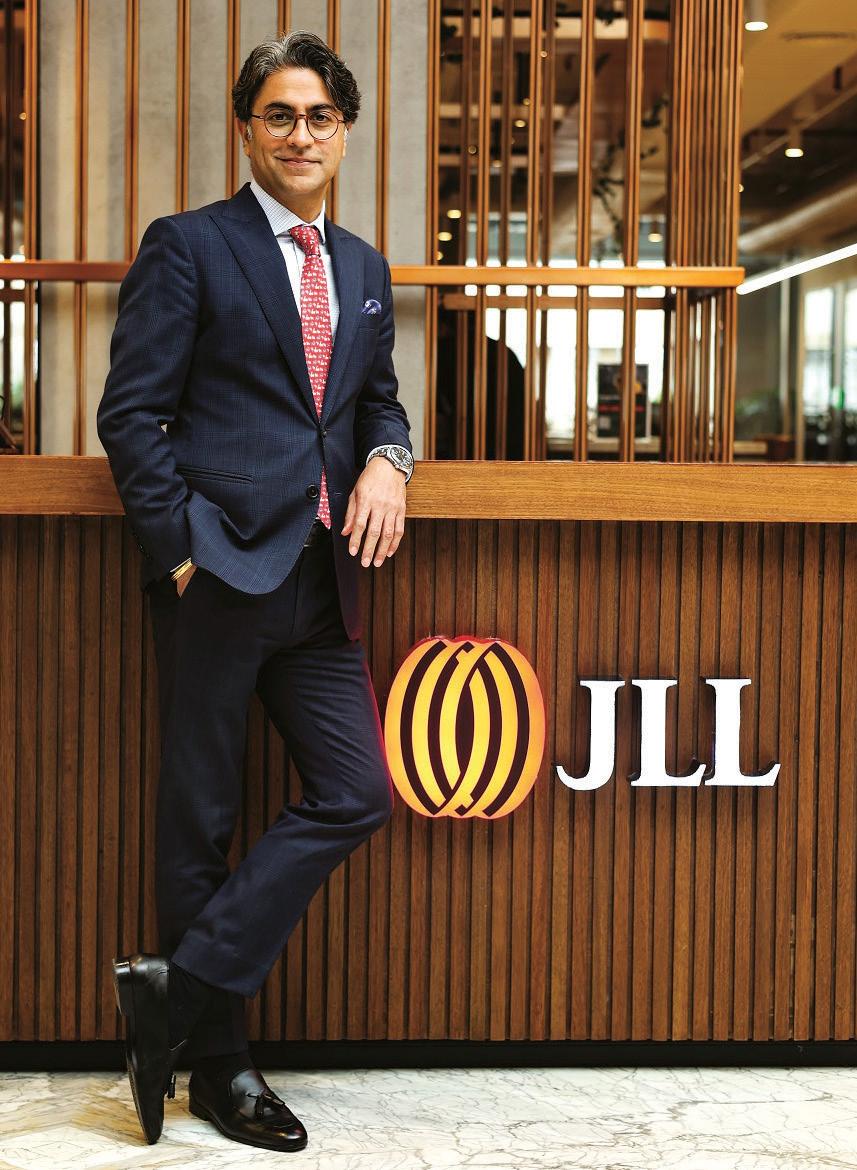
Investor enthusiasm for operational assets and land parcels underscores the sector's attractiveness, buoyed by favourable economic conditions, expanding commercial markets, and the government’s recent budget push for tourism.” – As quoted in a release sent out by JLL
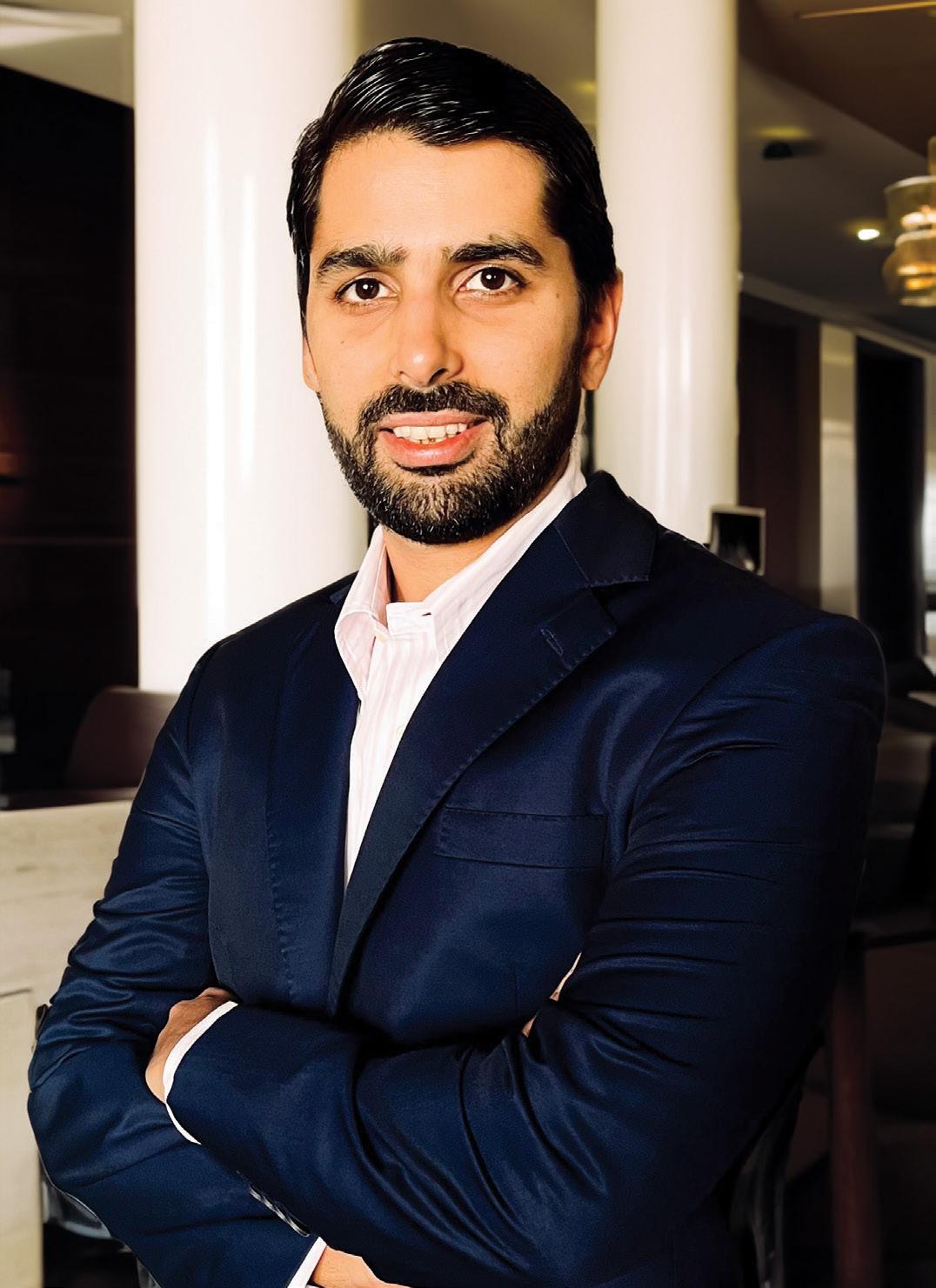
Despite fluctuations—even with global trade issues causing some market swings—hotel stocks have remained fairly resilient. So from an investment perspective, both retail and institutional investors will likely continue investing in hotel stock.”
In April 2025, global markets reeled from new U.S. tariffs, including a 26% levy on Indian imports, though they temporarily paused the move for 90 days. The announcement sent the Sensex plummeting 2,200 points and the rupee to 86.68 against the dollar. On April 7, 2025, the day the tariffs were announced, the Nifty 50 crashed by 743 points, marking one of the largest single-day drops of the year, fuelled partly by fears of a trade slowdown. This volatility is increasing risk aversion among investors, leading to capital outflows from emerging markets like India and further pressuring the rupee. While global tariffs and stock market volatility don’t directly target India’s hotels, their economic ripples are hard to ignore. The U.S.'s 26% tariff on Indian exports—electronics, textiles, and gems—threatens sectors employing millions. In Surat, diamond polishing units face layoffs, with thousands of jobs reportedly at risk. A weaker rupee inflates import costs, pushing inflation to 3.62% in February 2025. For households, this translates into less disposable income for leisure travel—a cornerstone of hospitality revenue.
Jesper Palmqvist, Senior Director for Asia Pacific at STR, offers perspective: “I look at it from both short-term and long-term angles. Right now, escalating trade wars and tariff hikes could drag down GDP growth. If inflation rises again and interest rates don’t fall, consumer spending could slow, directly affecting hotel occupancy and rate growth. If tensions ease within a quarter or two, the impact will be limited. But if trade wars persist for six to nine months or longer, we could slip into global recessionary territory, and hospitality will feel the hit. In a tighter economy, discretionary spending, including travel, tends to fall—we already saw that in China last year. Fortunately, India and Indonesia, with their large domestic markets, are better insulated. India's low dependence on any single external market is an advantage. After the pandemic, funding access was very tight, but it had recently started opening up, with green loans and sustainability-linked financing gaining traction. With current global uncertainty, however, capital access will likely tighten again.”
What helps India, according to Palmqvist, is the strength of family money. “Much of India’s hospitality sector isn’t overly dependent on capital markets. Family money, traditional conglomerates, and deep banking relationships insulated the industry during past shocks—and they’re doing the same now. So even if public markets tighten, private money will still keep parts of the expansion alive.”
Operational challenges are mounting, as hotels relying on imported goods now face higher costs due to a weaker rupee. CBRE India notes a significant rise in food and beverage input costs, which may impact mid-scale hotels the most. Stock market turbulence has also triggered substantial outflows from Indian equities, potentially affecting high-net-worth travellers and corporate travel budgets. MICE events, crucial for metro hotels, are seeing cancellations as firms brace for uncertainty. Regional disparities are emerging, with leisure destinations facing sharper booking declines compared to metro areas buoyed by business travel. Industry forecasts suggest a potential downward revision in projected occupancy and Average Daily Rates if tariffs are reinstated post-July 2025.
The tariffs also have a knock-on effect on global supply chains, potentially increasing costs and causing delays for hospitality developments relying on imported materials. Rising input costs could affect ROI projections for new hotels and resorts, particularly in the luxury and upper-upscale segments.
Mandeep Singh Lamba, President & CEO, India & South Asia, HVS Anarock, says, “Trade disputes can drive up input costs, disrupt supply chains, and shift global investment flows as companies rethink their strategies. In hospitality, such economic uncertainty may dampen consumer confidence and curb discretionary spending on travel and leisure. The anticipated recovery in international travel could also face delays, with domestic demand remaining the primary growth engine for the Indian hospitality sector. In this environment, hospitality businesses must reassess cost structures, boost operational efficiencies, and adopt flexible pricing strategies to stay resilient. Although the immediate impact remains limited, vigilance and adaptability will be critical as global conditions continue to evolve.”
Skift Research has flagged concerns about the impact of U.S. tariffs and stock market volatility on hotel investments, with implications for India. Skift reports that U.S. tariffs, particularly those announced by President Trump, are creating significant challenges for the global hotel industry, including potential impacts in markets like India.
“The tariffs, which are on a 90-day moratorium, if brought back at 26% duty, are driving economic uncertainty and market volatility, which affect investor confidence and hotel performance. This uncertainty is causing a slowdown in bookings and prompting hotel asset managers to adopt cost-saving measures and rethink marketing strategies. For instance, HotelAVE, a major asset manager overseeing $12 billion in hotels, is advising hotels to stock up on critical imports and adjust pricing to mitigate supply chain disruptions caused by tariffs,” it states.
According to Lamba, while India’s hospitality sector is largely domestically funded and demand-driven, it does not operate in a vacuum. “The direct impact of ongoing global tariff disputes, such as the recent U.S. tariff announcement, currently under suspension, is negligible for now. However, global trade tensions and economic uncertainty inevitably influence investor sentiment across asset classes, including hospitality. Hospitality stocks have mirrored broader market trends, but the long-term appetite for quality assets in India remains intact.”
INVESTOR SENTIMENT – TEMPORARILY CAUTIOUS
15%
Global FDI into tourism-related sectors declined by ~15% YoY (UNCTAD, 2023).
India attracted $9.2B in tourism-related FDI between 2000–2023, but the pace slowed in late 2023 due to geopolitical uncertainty.
3–6
$9.2B
Greenfield projects in hospitality are experiencing 3–6 month decision delays, particularly from Europe and East Asia. MONTHS
INTERNATIONAL TRAVEL HEADWINDS
92%
Foreign tourist arrivals (FTA) to India in 2023 were 92% of pre-pandemic levels—recovery has plateaued in early 2024.
China, a major source market, down by 18% YoY due to travel restrictions and economic slowdown.
5–7%
18%
High-value tourist destinations (Goa, Udaipur, Jaipur) are seeing a 5–7% dip in international bookings.
$200B global shift in supply chains expected over next 5 years (McKinsey), with India among top 3 alternative destinations.
New airports in Tier-2 cities (e.g., Jewar and Navi Mumbai) expected to increase regional connectivity by 40% by 2026.
25,000
Midscale and budget segment RevPar growth ~15% YoY, outperforming luxury segment (STR India, Q1 2024). $200B
40%
Domestic and international hotel chains have announced ~25,000 new rooms in India between 2024–2028 (HVS Anarock).
Between April 2000 and December 2024, India’s hotel and tourism sector attracted approximately US$ 18.47 billion in cumulative FDI equity inflows, accounting for 2.57% of total FDI inflows across all sectors during this period. (HVS Anarock)
DOMESTIC DEMAND REMAINS RESILIENT
85%
85% of hotel demand in India is now domestic (FHRAI, 2024)
Urban leisure and weekend travel up 24% YoY (Cleartrip/MakeMyTrip reports).
15%
24%
The good news is that despite stock market volatility and the looming threat of a global recession if tariffs are enforced, India’s stock market and hospitality industry remain resilient. After months of withdrawals—Foreign Institutional Investors (FIIs) pulled $15 billion from Indian stocks in 2025, driving a 743-point Nifty drop in early April— they have stormed back, pumping nearly ₹15,000 crore into stocks over three trading sessions, a dramatic turnaround after nine straight sessions of selling. The Sensex has bounced back, partly attracted by a projected 6% GDP growth.
Jehangir Aibara, Director, Mahajan and Aibara, downplays the impact of global trade upheaval: “I don’t think the global macroeconomic situation has too much of an impact on the hospitality sector in India. Of course, there might be some effect on inbound tourism, but it won’t be significant. And, anyway, our dependence on inbound tourism is quite minimal—very little. Also, our base is still very low—inbound traffic numbers haven’t moved meaningfully for several years now.” He adds that despite volatility over the past two to three years, hotel stocks have performed remarkably well, often outperforming the broader market. “Despite fluctuations—even with global trade issues causing some market swings—hotel stocks
have remained fairly resilient. Also, because we’re not overly dependent on inbound travel—we're largely a domestic consumption story—the sector has been quite stable. So from an investment perspective, both retail and institutional investors will likely continue investing in hotel stocks. I’ve received a steady stream of inquiries from investors—mutual funds, and venture capitalists—seeking insights on specific hotel stocks. That wasn’t the case earlier. Hospitality was rarely on anyone’s radar, but today, hotel stocks are firmly in focus, with most portfolio managers now allocating towards the sector.”
As the economy stabilises, the hospitality industry’s growth continues unabated. JLL’s latest survey reveals that India's hospitality sector demonstrated remarkable resilience and growth in 2024, maintaining investment levels on par with the previous year. “This robust performance, as reported by JLL's latest analysis, signals a strong recovery and expanding footprint for the industry across the subcontinent,” it says.
The investor landscape has been diverse, with HNIs, family offices, and private hotel owners leading at 51% of transaction volume. Listed hotel companies followed at 34%, while owner-operators and real estate developers contributed 8% and 7% respectively. “CY 2024 witnessed 42,071 keys in terms of branded hotel signings and 11,352 keys in terms of branded hotel openings,” says the JLL analysis.
In a press statement, Jaideep Dang, Managing Director, Hotels and Hospitality Group, India, JLL, said, “The first quarter of 2025 has ignited a dynamic hotel transactions market, with JLL already facilitating two deals in Chennai and Goa. Investor enthusiasm for operational assets and land parcels underscores the sector's attractiveness, buoyed by favourable economic conditions, expanding commercial markets, and the government's recent budget push for tourism. This positive outlook is reinforced by substantial hotel development across various tiers, with over 42,071 keys signed in 2024. Following 2024's record-breaking year in hotel investments, openings, and
signings, 2025 has commenced strongly and is further expected to maintain this momentum.”
Expansion plans of Indian hospitality groups are firmly in place and unlikely to be rolled back anytime soon. Puneet Dhawan, Head of Asia, Minor Hotels, underscores the growing investor confidence: “India will continue to attract increasing Foreign Direct Investment, as seen in recent hospitality IPOs like Samhi Hotels, Ventive Hospitality (a joint venture between Panchshil and Blackstone), and Embassy’s REIT announcement. This signals strong interest from institutional and international investors. With India on track to become the world’s third-largest economy in the next five years—growing from $3 trillion to $5 trillion—global investors are eager to tap into this growth. Post-COVID, they are viewing India through a fresh perspective. Additionally, returns in India are highly attractive. While mature markets offer an IRR of 10-12%, India is delivering around 15%. The growing interest is undeniable.”
Thacker highlights the financial strength of the sector: “FDI inflow into the Indian hospitality sector is relatively limited. Moreover, overall FDI in India has been declining. Nevertheless, the enthusiasm shown by major hotel chains in expanding their footprints shows continued strong belief in the India growth story. It’s important to note that many Indian hospitality companies—especially asset-heavy chains—currently have very low levels of debt. In a study we conducted covering around 54,000 rooms, we found average gearing was just 12.5%. This low leverage, combined with strong cash positions, gives these companies significant capacity to absorb shocks and fund future expansion, which augurs well for the sector.”
India’s hospitality industry stands at an inflection point. While exposed to global cost and sentiment volatility, its strong domestic fundamentals and longterm investment interest provide a foundation for resilience, say experts and industry insiders. Reports like HVS ANAROCK project only a mild slowdown, banking on domestic strength. Strategic focus on cost controls, growth in Tier-2 cities, and capturing the domestic market will be crucial to navigating uncertainties and ensuring continued growth.
Hotels, often buzzing with wedding banquets and corporate retreats, benefit from a robust 300-million-strong middle class, projected to reach 450 million by 2030. By blending caution with creativity and embracing innovation, India’s hotels are well-positioned to weather global turbulence, transforming challenges into opportunities.
Manav Thadani, Founder Chairman, Hotelivate, emphasises the sector’s domestic strength: “Post-COVID, the growth of India's tourism industry has been driven largely by domestic travel. The Government of India has made little effort to promote the 'Incredible India' campaign
internationally, and as a result, the sector’s progress has been primarily fuelled by domestic demand. Meanwhile, the strength of the Indian economy has attracted a wave of new investors, particularly in the hospitality sector. Over the past three to four years, the hotel industry has become increasingly institutionalised. Today, there are eight to nine publicly listed hotel companies, many of which have attracted international institutional investment. Investment activity has notably accelerated in the past two to three years, as seen in the public listings of companies like SAMHI, Ventive, and Juniper Hotels. The only three companies that potentially could go for an IPO are OYO, Leela Hotels and Lalit. Possibly they will wait and watch.”
He adds, “In my 25-plus years of being in India, I have never seen this kind of rush to build new greenfield sites. We did a staggering 160plus projects last year, despite turning away many, and most were for greenfield developments where we are seeing real movement.”
The industry is also demonstrating a strong capacity for adaptation. Hotels are increasingly embracing technology, with AI-driven pricing models and chatbots optimising rates and reducing operational costs. Local sourcing of food and beverages is on the rise, reducing reliance on pricier imports. Sustainability initiatives are gaining traction, leading to cost savings and enhancing the appeal of eco-conscious properties. Meanwhile, hotels are diversifying their offerings to meet evolving travel preferences, with wellness retreats and experiential tours gaining popularity.
Government initiatives to develop new tourism circuits and infrastructure further bolster the sector’s long-term prospects. Amid a global realignment of supply chains and investment priorities, India is poised to emerge as a key beneficiary, attracting long-term investment in tourism infrastructure, especially in Tier-2 cities and underserved leisure destinations.
PASSENGER
BY QUARTER (Q2 2024/25 - Q3 2024/25)
Q3 2023/24
Q3 2023/24
Q4 2023/24
Q1 2023/24
Q2 2024/25
Q3 2024/25 CHANGE (%) PASSENGER MOVEMENTS
Source: Airports Authority of India
Vijay Thacker, Partner & CEO, Crowe Advisory India and MD, Horwath HTL India, highlights the sector’s resilience: “If tariff levels, as initially announced by President Trump, remain elevated long term, they could cause significant global disruption. The extent, depth, and pace of recovery are hard to predict. However, India benefits from a strong domestic tourism sector, making it less reliant on international travel; even if global markets face pressure, domestic demand should keep the sector relatively resilient. If stock markets stay subdued for an extended period, discretionary spending— and by extension, leisure travel—could be affected. Yet, I do not expect a major long-term impact on Indian hospitality. Much of the new supply is concentrated in the mid-tier segment, spanning emerging leisure destinations, pilgrimage sites, and secondary and tertiary business cities.
Moreover, India remains significantly underserved in hotel room supply, providing a natural buffer. New demand drivers like sports, entertainment, and events are still in the early stages of development, suggesting strong future growth potential. India could also benefit from a shift in global manufacturing investments away from China, further strengthening its economy. Of course, if the US enters a recession, sectors like IT services could face pressure, indirectly affecting demand. But overall, given the strength of domestic tourism, the impact on the hospitality sector should be manageable.”
Lamba notes that the recent dip in hospitality stocks reflects cyclical investor sentiment, not structural weaknesses: “Long-term fundamentals remain strong, supported by robust domestic demand and growing travel from Tier-2, 3, and 4 cities.” While global economic headwinds and geopolitical tensions have led to a more cautious investment outlook, potentially slowing fresh inflows, he adds, “This environment may boost India’s appeal. Amid greater instability in many global markets, India’s macroeconomic resilience, strong domestic tourism, and investor-friendly policies position it as a stable and attractive market for long-term investment. As international players seek to diversify from more volatile or saturated regions, India’s hospitality sector, particularly in the economy and midscale segments and Tier-2/3 markets, stands to benefit. Barring a sharp escalation in global risks, we do not foresee significant disruptions to investor sentiment.”
Palmqvist observes that the sector’s expansion plans remain ambitious: “In some cases, slower growth could be healthier and more sustainable. India, like China before it, has some projects that frankly don’t seem fully viable for the next decade. Certain areas and product types might be overbuilt for current demand. So, a little recalibration isn't necessarily a bad thing.”
Thacker notes the investment dynamics: “Owners who have already committed funds— especially smaller, domestically funded players—are unlikely to pull back. However, large projects that depend on stock market performance, valuation gains, or inbound capital flows could see some delays or adjustments. That said, if new developments slow down, it would mean less
additional supply, which could strengthen the performance of existing hotels.”
Here are some ways in which the Indian hospitality industry is likely to grow:
Opportunity in diversification: On the flip side, there is the possibility that companies and investors look to diversify away from China and hedge risks, and India may benefit as an alternative destination. This could lead to long-term investment gains in hospitality infrastructure, especially in emerging leisure and Tier-2 cities.
Domestic travel as a growth anchor: Crucially, India's hospitality sector is underpinned by strong domestic demand. With a 300-million-strong middle class, India’s travel appetite remains a powerful engine. Domestic air traffic soared to 13.1 million passengers in August 2024, up 7% year-on-year, per DGCA data, reflecting a growing willingness to explore. Tier-2 cities like Indore, Surat, and Coimbatore are emerging as tourism hubs, with Knight Frank India noting a 12% rise in hotel investments there since 2023.
JLL’s new analysis of the investment scenario reveals that 2024 saw approximately 25 deals, primarily involving operational properties in both business and leisure destinations. “What's particularly noteworthy is the significant shift towards Tier II and III cities, which accounted for nearly half of all hotel transactions. This trend has effectively broadened the industry's reach, bringing quality accommodations to previously
underserved markets such as Amritsar, Mathura, Bikaner, and several others,” it states.
Unlike metro markets, these destinations rely less on volatile international arrivals, buffering the sector against global shocks. Nikhil Sharma, Managing Director & COO - South Asia, Radisson Hotel Group, emphasised this trend at a HICSA session: “Today, Radisson has a portfolio of 207 hotels including our pipeline. Notably, 50% of our properties are located in Tier 2, 3, and 4 cities— destinations like Saputara and Khopoli—which allow us to showcase our brand even in non-metro markets. We had a strong year in terms of signings—36 last year and already 20+ so far this year. As we look ahead, we’re focused on expanding not just our brand but the hospitality ecosystem in India through thoughtful scaling and impactful initiatives.”
The opportunity to attract inbound tourists: A weaker rupee, standing at 86.71 against the dollar in April 2025, positions India as a costcompetitive destination for budget travellers from Southeast Asia, the Middle East, and Africa, potentially mitigating the impact of a projected global tourism slowdown.
Trade dynamics offer further upside. If U.S. trade negotiations, hinted at by Foreign Minister S. Jaishankar, yield a favourable deal by July 2025, export sectors like textiles and electronics could rebound, restoring jobs and consumer confidence. HSBC estimates a 0.3% GDP boost from such an outcome, lifting discretionary spending on travel. India’s pivot as a manufacturing alternative to China—evident in Apple’s expanded iPhone production—could drive business travel to cities like Bengaluru and Chennai. CBRE India projects a 10% rise in corporate bookings in these hubs by 2026, as multinationals set up operations. Meanwhile, the RBI’s April 2025 rate cut to 6% eases borrowing costs, enabling hotels to fund expansions. Knight Frank forecasts 300,000 new rooms by 2030, with branded chains like Marriott and IHCL targeting Tier-2 growth to capture rising demand.
Adaptability is equally critical. Hotels are rapidly embracing technology to stay competitive. Deloitte reports a 20% surge in AIdriven pricing models, allowing chains like Lemon Tree to optimise rates in real-time. Chatbots now handle 25% of bookings industry-wide, cutting OTA commissions by 3-5%. Local sourcing is another gamechanger: FHRAI notes a 15% increase in domestic F&B procurement, reducing reliance on costly imports like olive oil and coffee, which rose 20% in price. Sustainability initiatives—solar panels, water recycling—shave 5-7% off utility bills, according to HVS ANAROCK, boosting margins for mid-tier properties. Experiential offerings, from wellness retreats in Rishikesh to heritage tours in Rajasthan, are drawing 10% more bookings, per MakeMyTrip data, as hotels pivot to “staycation” trends.
Government support could further amplify these gains. The Ministry of Tourism’s push for 100 new tourism circuits and 50,000 skilled workers by 2027 aims to elevate India’s global appeal. If infrastructure projects roll out on schedule, accessibility will drive arrivals. The sector’s $50 billion revenue target by 2030 remains ambitious but achievable, provided trade stabilises.
RUPEE VS. USD 83.5 (average)
(April 2025)
FII OUTFLOWS $8 billion (net) $15 billion (YTD April 2025)
8% (FHRAI) 6-7% (Deloitte projection)
2025 projection assumes stability; may rise to 4% if tariffs persist.
2025 value may weaken to 87 with continued market volatility.
2025 estimate reflects tariff-driven sell-offs; could grow further.
2025 assumes tariff impact; could dip below 6% with prolonged trade wars.
2025 reflects two-year low, tied to tariff and volatility concerns.
Data draws from RBI, FHRAI, Deloitte, and news Vigyananda reports, aligned with April 2025 updates. Projections for 2025 are estimates; actual values may shift if tariffs escalate or trade talks succeed. The table assumes stable trends but flags potential for worse outcomes (e.g., revenue growth below 6%).
Amid the global realignment of supply chains and investment priorities, India has the potential to emerge as a key beneficiary. As companies diversify beyond China and hedge against geopolitical risks, India may attract increased long-term investment in tourism infrastructure, particularly in Tier2 cities and underserved leisure destinations.
At a HICSA 2025 session, Mohit Arora, Managing Director, Blackstone, highlighted the investor view: “I believe that global fund markets are increasingly recognising the potential of the Indian hospitality industry. While there might be short-term uncertainties, the underlying fundamentals suggest strong growth. Many comments in the Indian hospitality stock market indicate a level of stability. From an
investor's standpoint, the recovery and increased interest in the hospitality sector, as well as related industries, present buying opportunities. Of course, there's a complete dislocation in the markets, and real estate and hospitality were among the biggest beneficiaries initially.”
Thacker offers an example of how India could gain as investment shifts from China: “With China pulling back from Boeing aircraft orders amid the trade war, Indian carriers waiting for deliveries could benefit, shortening their delivery timelines. So, while there are sectoral risks, netnet, given the size and momentum of India's economy, the overall outlook remains positive.”
Government initiatives like Dekho Apna Desh and the National Tourism Policy further enhance India’s appeal as an alternative growth market. The broader lesson is clear: hospitality mirrors India’s ability to navigate global storms. Hotels must innovate—embracing AI, local sourcing, and experiential packages—while policymakers push tourism incentives and trade diplomacy. Risks remain; a global recession could deepen the slowdown, hitting mid-tier players hardest.
Inbound tourist numbers remain sluggish, but global hospitality brands are making their way into India, drawn by its strong domestic market. “Global players are already in China. The elephant is just waking up and providing newer opportunities to global brands,” says Thadani. For now, India’s hotels stand at a crossroads. As markets sway and tariffs loom, the sector’s strength lies not just in the guests welcomed, but in resilience forged.




Pico Iyer, the acclaimed essayist and novelist, has long explored the nuances of cultural identity, the meaning of home, and the art of stillness. In his latest book, Aflame: Learning from Silence , Iyer draws on his decades-long experience of retreating to a Benedictine hermitage in Big Sur, California, a deeply personal reflection on the power of silence. He speaks about his many journeys.

ABOVE: Pico Iyer at the Benedictine monastery in Bir Sur, California.
ABOVE RIGHT: The travel writer and essayist was born in Oxford, England.
BOTTOM: The writer spent time in Dharamshala while penning the book on His Holiness, the Dalai Lama.
OPPOSITE PAGE
TOP LEFT: Iyer in Ethiopia.
TOP CENTRE: Arichal Munai, Tamil Nadu. While the novelist's second name shows his linkage to this state, he has spent only a day here.
CLOCKWISE FROM TOP RIGHT: Kashmir, Ladakh, Varanasi and Sri Lanka are featured in Iyer's The Half Known Life
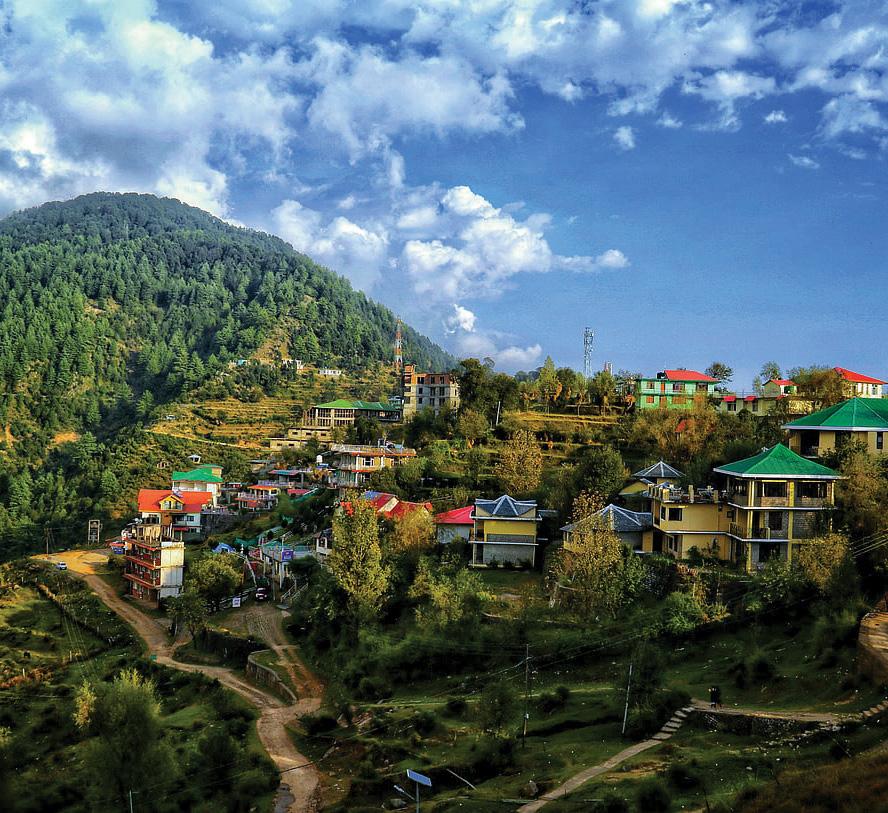




I started going to school by plane from the age of nine. We moved to California when I was seven. I tried schooling for two years, but the educational system there was so different from England, where I was born and grew up—I wasn’t learning much. So I decided to go back. Both my parents were professors, but their great respect for education was also an aspect of India. Although it was very difficult for them to part with their only child, they (too) felt it would be good in the long term, knowing I’d get a solid education there. The exchange rate in the 1960s was also such that it was cheaper for me to go to England, get a better education and fly back thrice a year than going to the best local school 10 minutes from home.
I learned a lot from making that commute—to be more independent, selfsufficient, less spoilt. It was a huge formative influence. It certainly made me a traveller; and got me used to setting two very different worlds against one another—a 15th-century school in England, rooted in the past and tradition, and California rooted in the future. I often felt I was travelling between




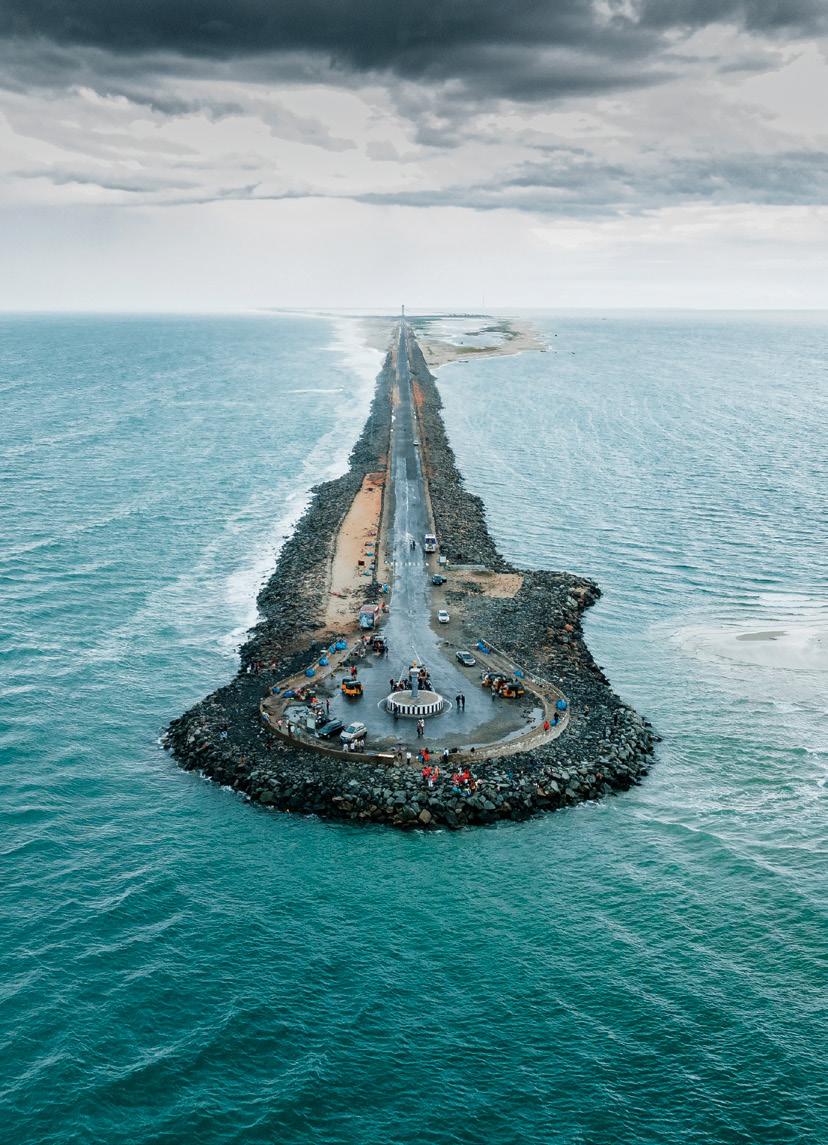
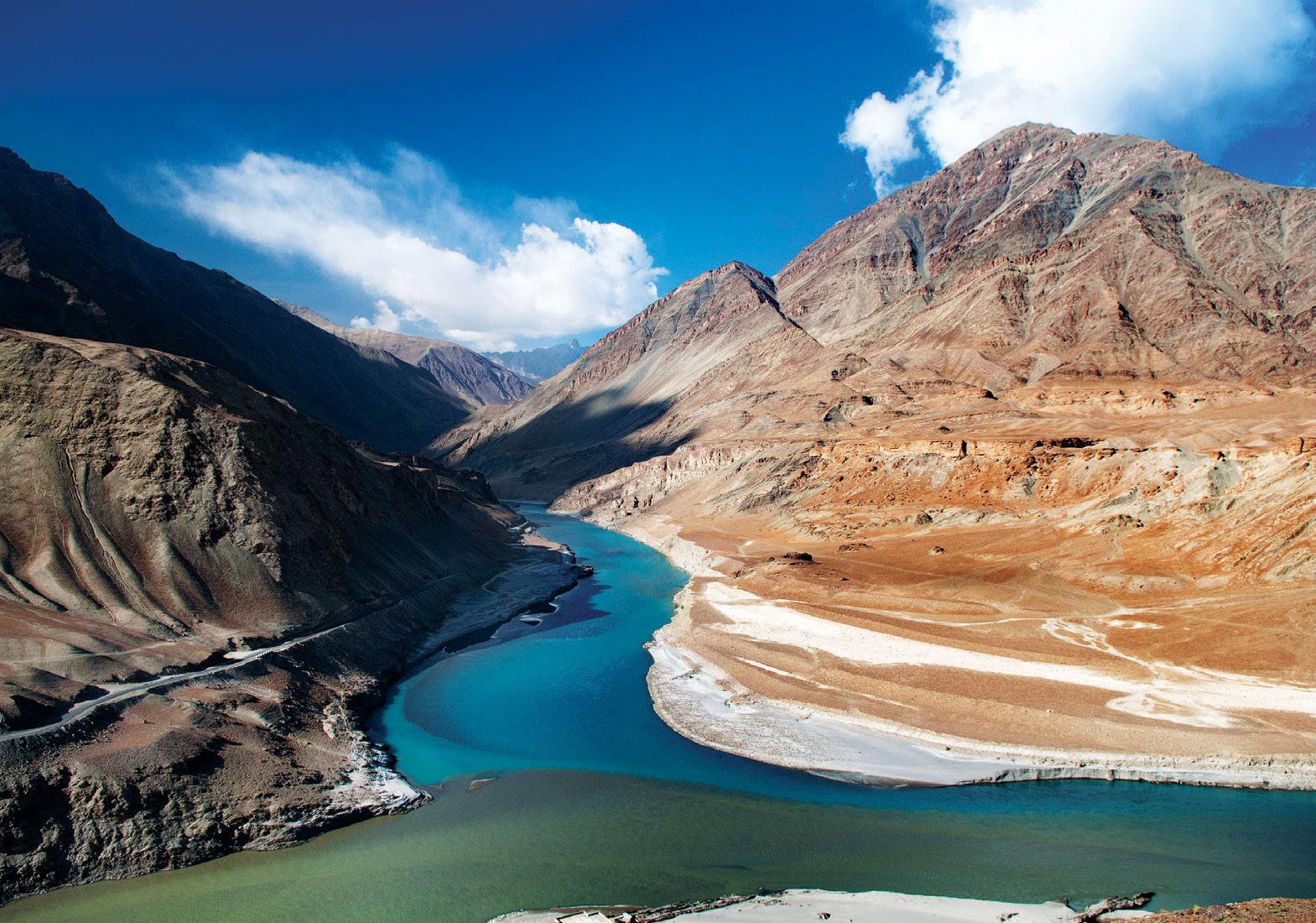
history and hope, a distant past and the future. By only living in the future, without a solid sense of what's happened before, you wouldn’t know what to do. And if I'd only lived in that 15th-century past, I'd be mired in dust, as it were, and cobwebs, and wouldn't have a sense of where to go.
So growing up, I felt I had three sets of eyes—Indian, British and American. Whereas my classmates were entirely English, and had only one. I could mix and match mine—see California with English or Indian eyes, or England with Californian or Indian eyes. I thought what a blessing not to be confined to one way of seeing things. This probably helped to make me a writer.
It also trained me for the 21st century, where more and more people in India and everywhere, have many homes. And their sense of home is a sort of mosaic—drawing from many places to make a composite home. It was very unusual in the 1960s.

I've spent painfully little time in India. When I was two, I sailed back from England to spend time with my maternal grandparents at Marine Lines. But at 17 was the first time I really came and spent a couple of weeks in Bombay, visiting uncles, aunts and cousins. Then in 1985, I returned to write part of my first book, Video Night in Kathmandu. Nowadays, occasionally, I make lightning visits. So sadly I haven't spent much time in Bombay, but it’s still better than Tamil Nadu, where the Iyer name’s from and I’ve only spent a day of my life.
Half the chapters of my last book, The Half Known Life, published two years ago, involved South Asia. One each on Ladakh, Kashmir and Varanasi, the main and concluding chapter, and two on Sri Lanka. I also spent springs in Dharamshala while writing a book on His Holiness, the Dalai Lama. So I've travelled a bit in India, but there are many places I’d like to go to and still haven’t.
I always felt a bit of a fake. People would always respond to my face and name as Indian, but having spent so little time and not speaking any of the languages—English was our only common one as my mother’s Gujarati and father’s Tamil—I knew less about India than

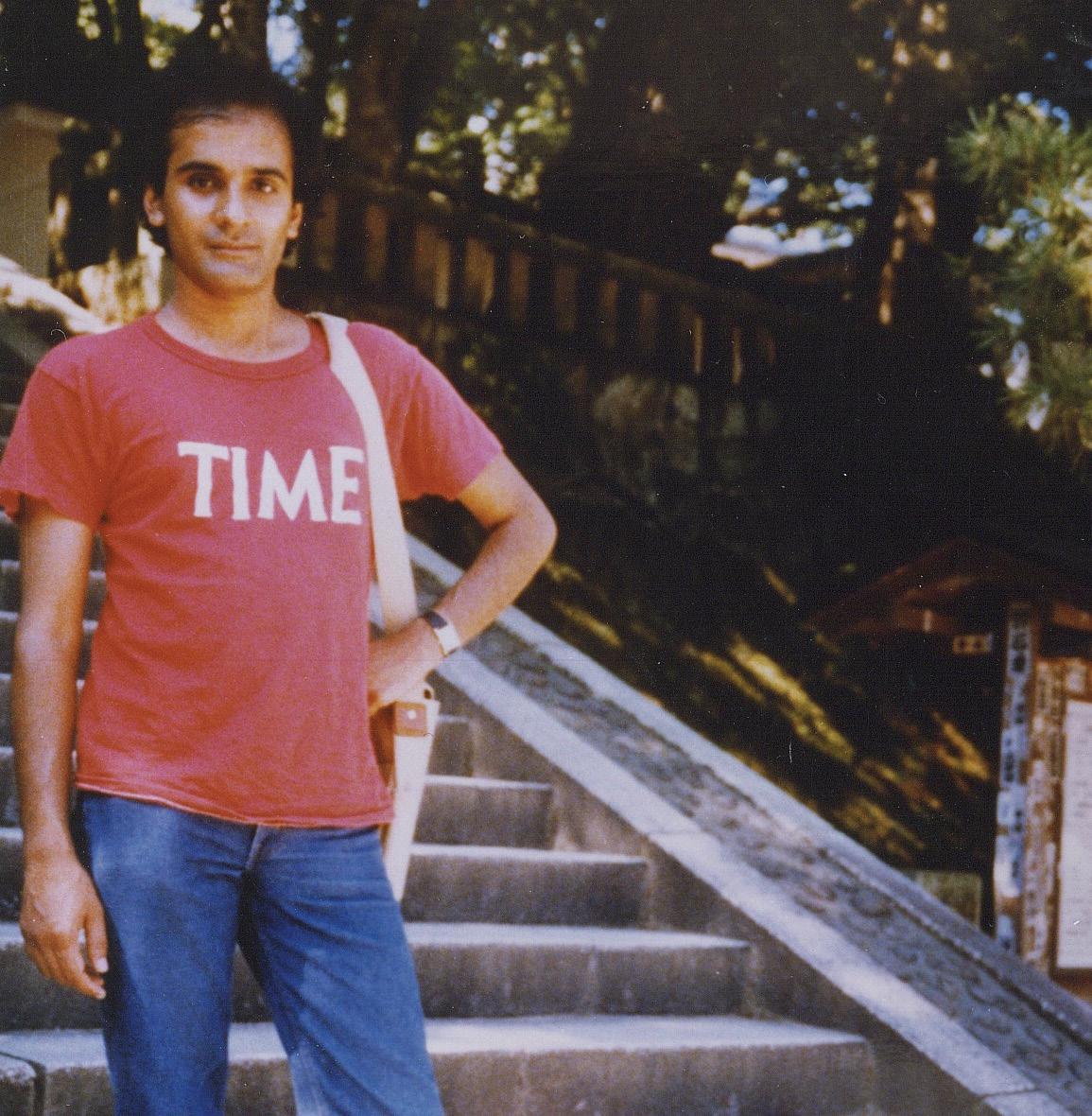
have been Japanese in a past life’, and maybe that's true.
many from Britain or the United States…So I'm not in a position to say much about India. But as the years have gone by, I see how much many things I depend upon now qualities I'm so grateful for, come from my Indian parents and are very much Indian. One is the level of intellectual excitement, energy, caring about words, and interest in books I see every time I come to a literature festival. I don't find it anywhere else in the world. So I ascribe my love of words and ability to live off words to India, and also my ease with numbers. My father had it—people from South India often do—and probably passed it down to me.
I also absorbed so much, in semi-invisible ways…such as growing up implicitly believing in karma and reincarnation. My parents were vegetarian, and although I’m not, I really respect vegetarianism. My parents were teetotalers, I’ve never drunk…So Britain formed me, India gave me my blood, mind, heart and many other things, but America, zero percent. I've officially been a resident since the age of seven, but it hasn’t left any imprint on me. It's a very foreign country.
Secretly, I also feel very Japanese. After my first 20 hours—on an unwanted airport layover—I knew that if I didn't spend time here, I’d be an exile for life. Japan has offered me a deep kind of home. I live here because in some mysterious way, I feel an affinity with the culture and its values. I always feel I was meant to be here. My mother would always say, ‘Oh, you must
When I found myself in Japan and married Hiroko—whom I met at Tōfuku-ji temple—my mother was probably a little relieved because even though Japan and India are such different cultures in their character and pace, they share a lot at some deeper level in terms of the way family, and relations within family, are regarded. She knew a Japanese daughter-in-law might be more respectful and kind to her than one from countries that don't have that feeling for family. Though the surfaces are modern and global, deep down, Japan is a very ancient place, just as India is. Both share the quality that they can take in lots from the world, but they'll always remain India and Japan…So when I see shopping malls and McDonald's in Varanasi, it's still truly 100% Varanasi. Just as Kyoto,
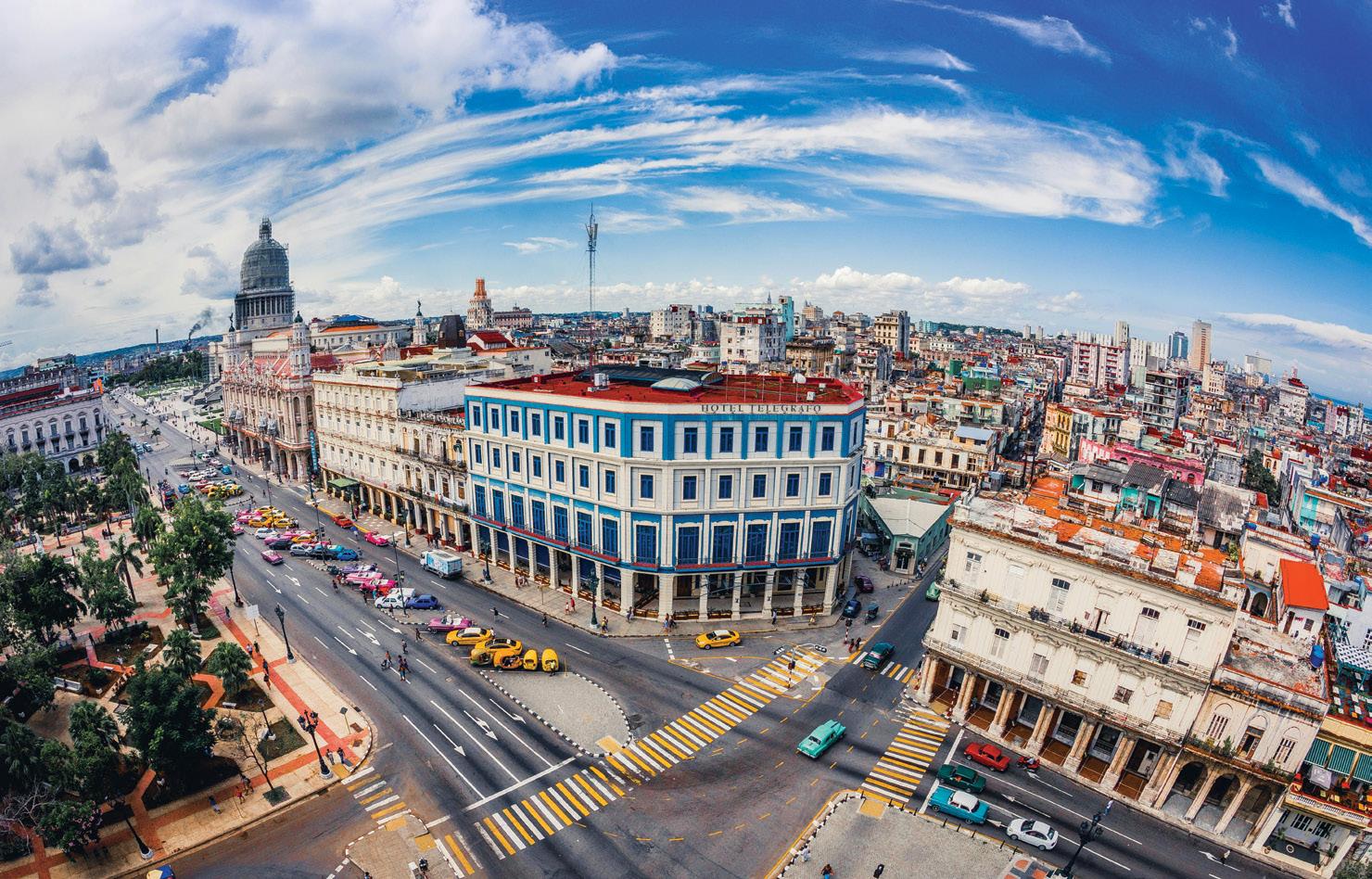
flooded with American surfaces, remains 100% Japanese.
In my 20s, I was glad to be able to visit every corner of the world thanks to travel and Time magazine giving me a big leash. For many years it was an interesting way to be alone, get a lot of reading done, learn about the world and get material for writing. As soon as I’d arrived at the age of 25, Time allowed me to take a four-week vacation, then a two-week and three-week one. Within two years, I'd taken three long holidays in Asia. Hardly back, I asked for another six months off… by the end of it, I’d written my first book. And then returned to my bosses, saying, ‘Now I'm leaving for good…to live in a temple in Japan’. They said ‘All right, but would you mind if we send you a salary? Occasionally, you could write columns from the temple because you'll bring a very different perspective from the one we get from New York and Washington.’
The big change I wanted to be part of. When I started writing in 1985, the tradition was still very much of colonial countries
India, not surprisingly, is one of the richest tourist destinations on earth. The hotels in India are the best in the world at this point, something I wouldn't have said 20 years ago... Staying at the Trident in Bombay last year—it’s obviously a nice hotel—I couldn't get over the level of service, food, everything. It’s far beyond what I’d get almost anywhere in the West, and Asia too. So India has limitless potential and I'm glad it's realising it more and more. So many of my friends are going there, getting married and taking honeymoons.
Food is a non-existent part of my travel experience. My palate was destroyed at birth, growing up in England, and made worse by boarding school, where the only food I could get was boiled potatoes. So my parents said you’ll have to starting eating meat now or you'll starve…so I have no feeling for food. When I’m travelling I try to spend as little time eating as possible, and as much as possible devouring the culture. So if I'm in Paris, I’ll only eat fast food or eat while walking, and try ensuring that my three meals take no more than 35 minutes


a day, and spend the rest of it walking the streets, taking in as much as possible.
I'm much more a city person, a person of culture than nature. Places that excite me—Havana, Bangkok, Beirut, Hanoi, Paris, Kyoto—are nearly all rich, dense, intense cities.
I almost never take a vacation. If I'm going somewhere, I'm much more alive if I ask myself questions about it; I try to see around my own prejudices. I assign myself something to write about it even if no editor’s interested and then I’m out of the door, looking around the next corner. Otherwise, I'm too inclined to be lazy.
So when I wrote about Thailand in my first book, I stayed in a very fancy hotel, a middling one and a rock-bottom hostel to get a range of experience because backpackers only get one glimpse and luxury travellers one. I wanted as many glimpses as possible.
writing about the colonised. Travel writing was principally British people writing about Kenya, India, West Indies...places they’d ruled. I thought how interesting it would be to have an Indian write about these. My take on anywhere will be very different from a classical American or British person. At the time, Salman Rushdie was revolutionising English literature by writing very literate, witty, intelligent works in English flooded with terms from Urdu, Hindi, everywhere, and describing a world of melting borders and people who belonged everywhere. A part of me was aiming to do something similar in non-fiction just by bringing my voice that’s partly Eastern and partly Western to countries that are partly Eastern and partly Western.
Indians are my most loyal and engaged readers. There were almost no Indian names in the American media, maybe three maximum, when I joined Time. So seeing an Iyer in the magazine, many from India, who read it devotedly, claimed me heartily as one of their own. To this day, no one in Britain would ever think of me as British, right, or have any interest in claiming me, nor, of course, anybody in Japan. The one country that has really warmly embraced me is India. And I'm so grateful for that.
All the travelling, it's humbled me. It reminds me how local and provincial I remain, and how little I know. For example, when I go to North Korea, it feels almost like another planet, and I realise that everything I might say about human reality or universal values doesn't begin to apply to the 26 million people there. That's probably true of many places I visit. I assume my way’s the norm, but to most people in the world it would be abnormal or exceptional—and that's a very good lesson to learn.
I've become more committed to sustaining relationships at a distance than I might be otherwise, often just through letters. Many of my closest friends are from school even though, for years on end, I'm not on the same continent as they are. It's opened doors to different forms of connection,
where I've never felt I need to be exactly in the same room as somebody to maintain a close, intimate connection.
Travel though was never my greatest interest. I concocted it as a pretext to escape the office and a means to become a writer, a passionate interest of mine. If I’d tried to write a novel, I'd be competing against Dostoevsky and RK Narayan, and there’s a lot I couldn't write. But as I'd grown up travelling a lot, I thought travel writing would come relatively easily… After four years, I was able to leave Time magazine and become a self-employed writer for the rest of my life.
After a certain point, I'd seen a lot of the places that I'd always wanted to, and the real adventure was at the desk, and what to do with the material I've collected became a greater challenge.
When my house burned down in 1990, and obliquely led me to the Benedictine monastery in Big Sur, California, it underlined the fact that I couldn't hold on to material things… The only thing I can bring






“When I wrote about Thailand in my first book, I stayed in a very fancy hotel, a middling one and a rock-bottom hostel to get a range of experience because backpackers only get one glimpse and luxury travellers one. I wanted as many glimpses as possible.”

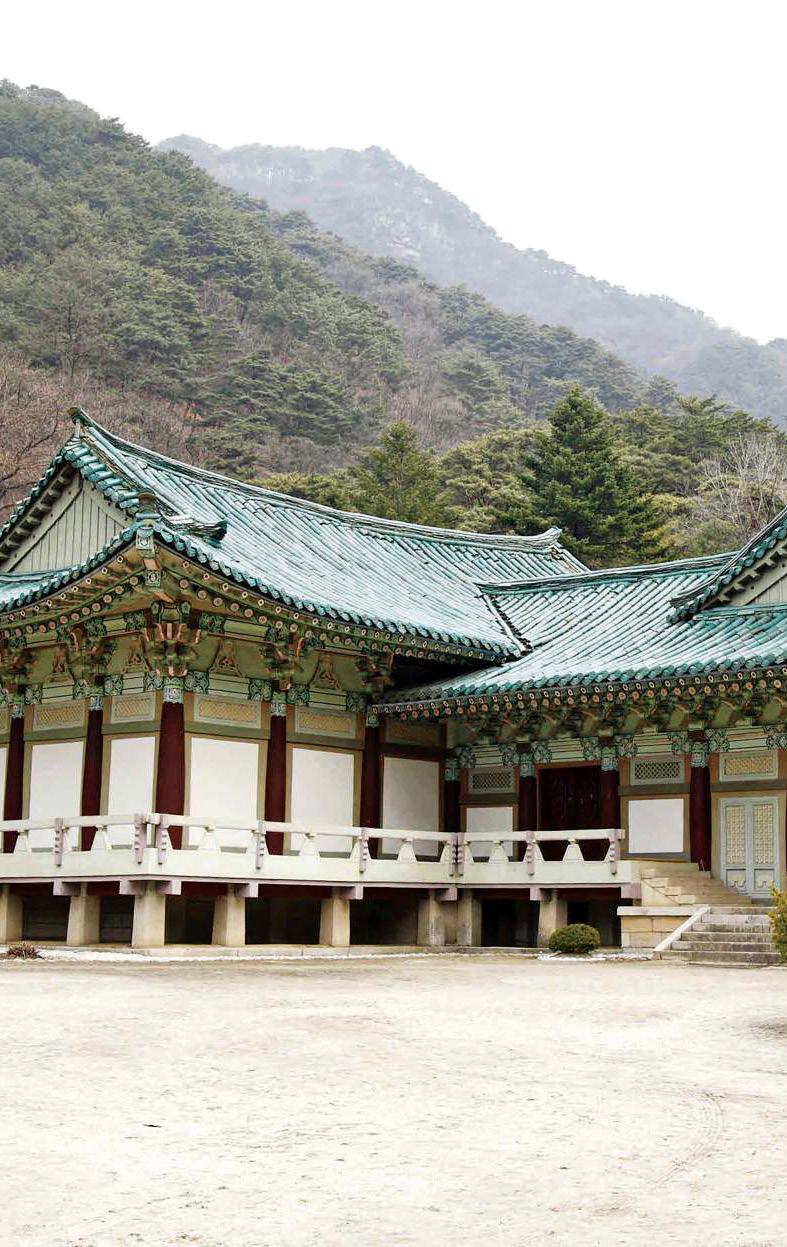
to life's challenges is whatever inner resources I've gathered, my inner savings account. That's the great treasure. Meister Eckhart wrote 600 years ago that as long as the inner work is strong, the outer will never be puny. In other words, your relationships, career, understanding of yourself, that'll all take care of itself.
But my full-time commitment to the inner journey began in 1987 when at 29, I chose to leave Time magazine—the sort of job in New York City I dreamed of as a little boy, where I was able to travel freely, live comfortably, and had stimulating colleagues—to live in a temple in Kyoto. After writing my first book about travelling across 10 countries in Asia, I thought I should attend to the inner world. Although I didn't last the full year in the temple, I lived in a single room along the eastern hills near it—no telephone, no toilet of my own, no bed—so that my life could remain as uncluttered and simple as possible.
On returning to the New Camaldoli Hermitage for 34 years. The main difference resulted from my expectations. I came to Japan full of wide-eyed romantic ideas of what a Zen temple might be like; I was far too immature to reconcile with the reality of that life. When I went to the Benedictine hermitage, it was almost reluctantly, with no hopes or attendant romance, in part because I’d never dreamed of living in one. It was the greatest of blessings.
The other principal difference is that Zen training, like every (aspect of) life in Japan, involves very hard work and constant discipline and ritual; it’s

A city person, Iyer is attracted to the denseness of cities such as Hanoi.
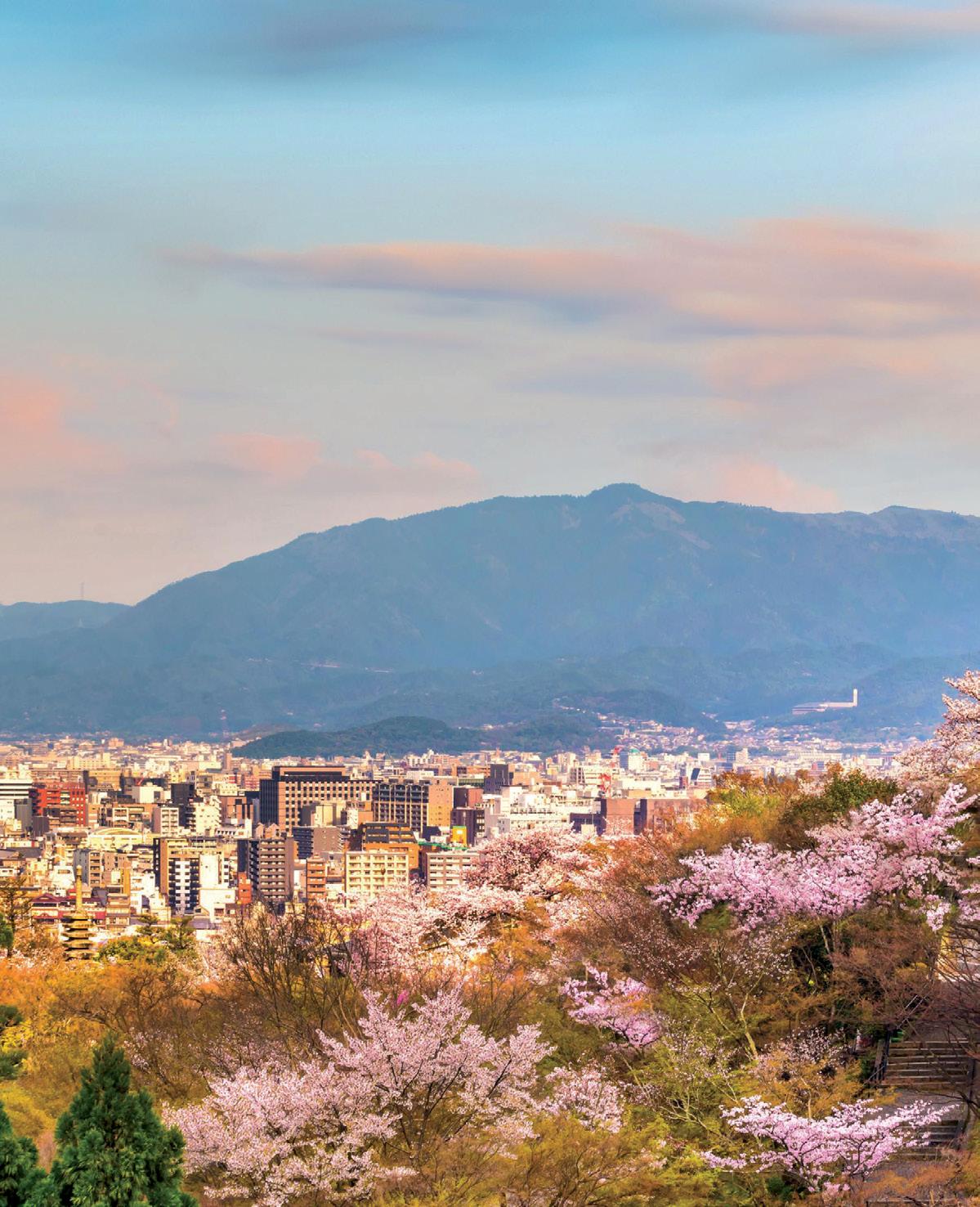
a tough, inflexible regimen. In New Camaldoli, the monks leave visitors free to do anything—or nothing at all—and are confident that in silence alone they can and will find what sustains them.
I’ve been in love with the Big Sur coastline ever since I was a boy, so somehow it seems fitting and maybe inevitable that I found my monastic home there.
Since 1994 my books have been about transformation. I don't think any of my works (except possibly Falling Off the Map) could really be called travel books. The first one was about the illusions and dreams that cultures project upon one another…how the dance of longings between East and West played out.
The second one, The Lady and the Monk, was explicitly about my search for clarity, simplicity and wisdom in Japan…one person's search for a truer life, which he happened to find in a different place.
In The Half Known Life, I wrote of places as parables, ways to see clearly, some universal question, or conundrum. I've seldom been in a position to write about place as place.
The best works of "travel" are written by people whose interest isn't really in travel: Jan Morris was a historian, Paul Theroux is a moonlighting novelist, Peter Matthiessen was concerned with the inner life (as a Zen priest), V.S. Naipaul was investigating the relationship of colonising power and colonised inside himself. And Kapuscinski was sending coded messages
back to his native Poland about secrecy and oppression.
My formative influences in tracing the inner landscape were His Holiness, the Dalai Lama, with whom I've been talking and travelling for over 50 years. Since 1991, (the continuing influence has been from) my Benedictine friends in Big Sur. But also Emerson, Thoreau, Dickinson, the Zen poets and the Sufis, to whom I devoted a 350-page novel, Abandon. Publishers sometimes marketed my books as works of travel because that was more precise than ‘General Non-Fiction’. Now, for the same reason, they feel ‘Religion and Spirituality’ is a more inviting category.
I’ve been writing articles about the hermitage for 33 years, but decided to bring out a book


about it, Aflame, now, for three reasons: I've never seen our world so full of distraction, and the book is an attempt to rescue the poor reader from a world of rush and acceleration, and to bring her back to a deeper, truer self that she sometimes loses when hurrying from place to place. I've never seen our planet, and many of its nations, so torn by division, and I feel that silence is the place beyond all words and beliefs or ideologies that are cutting the world in two. And I've never seen the world in such a state of anxiety and despair, and felt I should pass on news of the medicine I’ve found most helpful.
Technology and changes in the market haven’t affected me. Travel to me is essentially about the encounter between a person and the unknown, and that emotionally
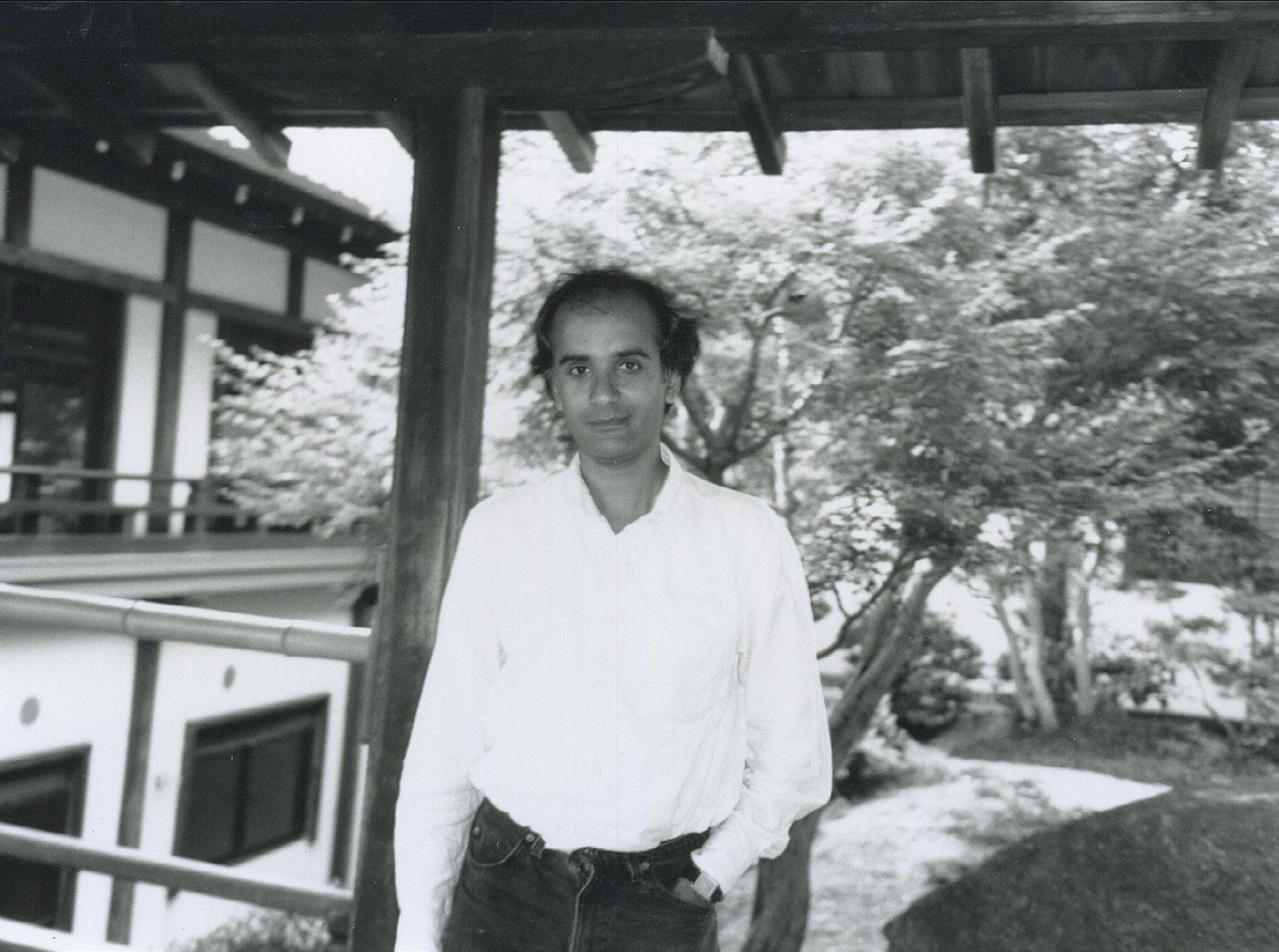
Kyoto, Japan. Spending time in the Land of the Rising Sun transformed the novelist.
ABOVE: A photo of Iyer, taken in Kyoto. He made Japan his home in his 20s and also met his wife at Tōfuku-ji temple in Kyoto.
doesn't change…It’s also not been difficult because I haven’t adapted at all. My wife calls me a stuck record because I still do things the same way I did when we met in 1987—I write everything by hand; I don’t know how to type, so I type everything very slowly with two fingers; I’ve never used a cell phone, don’t have GPS, and regularly get lost. I’m glad the internet allows me to email articles, and research and communicate more easily. But suddenly if I’m asked to write a ten-page article, I’d have to do it by hand, I can’t compose it on a keyboard. I’ve changed very little even though the world around me has.
One thing that’s really changed me though is spending so many years in Japan. The culture essentially speaks silence. There’s a sense that the fewer words you use, the better. So somebody looking at my first book might say, in a stereotypical way—oh, this is India. It’s maximalist, 1,000 words on every page, ‘snap, crackle, pop’, it reads like Salman Rushdie. But if someone reads one of my books now, they’ll say, it’s pure Japan. There’s almost nothing happening, there’s lots of white space, and it’s very very subdued and low-key.
For Aflame, I took 4,000 pages of notes I’d accumulated—based on over 100 visits I’ve made to New Camaldoli—and compressed it into what felt as short as a haiku. I’m lucky in a sense living in Japan brought me in sync with the needs of the publishing market, as I'd want to keep the text as short as possible anyway, because my publishers would’ve certainly been happy that it’s 200 pages long, not 600.
Ritesh Agarwal, Founder and Group CEO, OYO, highlights the company’s remarkable turnaround, transforming from a loss-making venture during the COVID pandemic to one of the world’s largest hospitality chains.
RACHNA VIRDI

“Spiritual tourism is one-fifth of our business and one of our big investments. One in five guests in India stays at one of our spiritual destinations. And we are committed to opening 500 hotels this year at spiritual destinations.”
OYO Rooms (commonly known as OYO) has experienced a remarkable and often turbulent journey. From teetering on the edge of disaster during the pandemic to scripting one of Indian hospitality’s most dramatic turnarounds, OYO has emerged as a case study in resilience and reinvention. Under the leadership of Ritesh Agarwal, the company went from a staggering ₹700 crore loss to a ₹700 crore profit in just five years—a feat that not only reflects operational grit but also a deep commitment to customer experience, tech-led innovation, and partner success. This is the story of how a budget hotel startup weathered the storms of global expansion, a near-collapse during COVID, and fierce competition to become a profitable, multi-brand hospitality powerhouse.
Founded in 2013 by Ritesh Agarwal as a budget hotel aggregator in India, the company set out to solve the widespread problem of inconsistent and unaffordable accommodation for travellers. OYO built trust in a fragmented market by offering standardised experiences across its properties. Leveraging technology for booking, quality control, and dynamic pricing significantly improved the reliability and convenience of budget travel. The company expanded rapidly across India and soon ventured into international markets, including China, the United States, and Europe. By 2019, OYO had become the world’s third-largest hotel chain by room count. With backing from SoftBank, it swiftly achieved unicorn status.
However, OYO faced significant challenges, including the strains of rapid global expansion and the impact of the COVID-19 pandemic. These setbacks prompted the company to realign its focus on core markets such as India and South Asia, prioritising leaner, more sustainable operations. Over the next five years, OYO regained strategic control, evolving from a single-brand aggregator into a multi-brand hospitality platform. This transformation positioned the company for profitability, achieving an impressive 60% year-on-year growth.
In a conversation with SOH, Ritesh Agarwal, Founder & Group CEO, OYO, takes a deep dive into the budget hotel aggregator’s journey—unpacking its growth strategies, operational shifts, brand values, key experiences, and its transformation from a single brand to multiple brand hospitality powerhouse.
OYO has made a remarkable comeback under your leadership, turning the tide from steep losses to strong profitability. What were the key factors that drove this transformation?
OYO has evolved from being a single brand to a multibrand company. From our perspective, the single biggest reason for turning the ship around after emerging from COVID has been an unwavering focus on our customers and franchise partners—ensuring their success became our mission. On the other end are our incredible team members—whom we proudly call Oyopreneurs—whose relentless hard work and unshakable belief proved that a company which once lost Rs 700 crore could rise to make Rs 700 crore in profit. This is the true story of our past five years. We’ve believed that if you keep your head down, execute with purpose, and continue digging—even when the path seems dark—there is light at the end of the tunnel.
You’ve mentioned in an interview that ʻsome hotels offer a stay, others offer a story’. Tell us about OYO’s expansion and what sets it apart. In India, the economy brand is called OYO; in the midmarket segment, it is OYO Townhouse; and our luxury and upmarket brand is called Sunday. In Europe, the brands are Belvilla and Dance Centre, while in the US, we recently acquired Motel 6. It is critical to ensure that all our brands adhere to a unified set of values. Each is consumeroriented, fostering a deep relationship with the customer— where we manage everything from reservation, stay, and check-in to checkout. Our second major strength lies in being value-oriented: we are committed to ensuring our customers receive value for money. At the heart of it all, it’s not just about technology—humans are deeply embedded in every part of the experience. Whether in Europe or Asia, we have a dedicated group of general managers and service-oriented teams working closely to deliver exceptional guest experiences. These strengths uniquely position OYO and its brands as closest to our customers.
With your portfolio expansion, how do you maintain brand coherence?
It is important for us to recognise that consistency and predictability are fundamental parts of the promise we
started with. When you check into an OYO, we want the experience to feel familiar. Your Instagram interactions should echo that same consistency. The ability to deliver a uniform experience across various touchpoints—from pre-check-in, check-in, stay, breakfast, to checkout—is something we strive to replicate as closely as possible. To that extent, our commitment rests on three key pillars. First, we ensure adherence to singular brand standards across all properties—standards that are thoughtful and purposeful, not arbitrary.
Second, we leverage technology—so if a customer prefers not to stay near an elevator, the system ensures they aren’t auto-allocated a room nearby but placed further away instead. We rely on data to drive many decisions, allowing machines to handle repetitive tasks rather than depending on human memory. And last but not least, we rely on great humans. Our exceptional team members, who are deeply consumer-focused, are a key reason we continue to unlock new opportunities and deliver outstanding guest experiences.
OYO has introduced multiple innovations and initiatives in recent years. Which one are you most proud of?
I have to try and prioritise some of them. First and foremost, we are focused on premiumising our locations in India, as Indian customers themselves are moving toward more premium preferences. Whether it’s our Townhouse brand, Sunday brand, or the Dance Centre brand—which we recently brought to India—scaling these, along with our other brands, remains a major priority. Secondly, we are evolving our customer service by offering better choices. We recently introduced the Splash and Dash Kit in our hotels—our new version of toiletries and inroom experiences—something I am particularly excited about. Thirdly, we are making significant investments not just in large-scale marketing campaigns, but also in enhancing our consumer apps with improved features and versions. This ensures we drive more direct demand while delivering a high-quality experience for our hotel owners.
How do you view the relationship between innovation and operational efficiency?
Innovation and operational efficiency are two sides of the same coin. The drive for operational efficiency often proves to be the catalyst for innovation. Take, for example, the challenge of managing the revenue of tens of thousands of hotels with a lean team—it pushed us to rethink how we approach revenue management across direct channels, brands, online platforms, GDSs, and others. We began leveraging machines to make many routine decisions, allowing our people to focus on hypothesising new ideas and implementing them effectively. For us, innovation continues to emerge as a natural outcome of the relentless pursuit of operational excellence.
“The demand in these emerging locations is set to be extraordinary over the next 50 years and beyond, with some destinations attracting 100,000 visitors everyday.”
Has spiritual tourism shaped the growth of OYO and boosted its revenue?
Spiritual tourism is one-fifth of our business and one of our big investments. One in five guests in India stays at one of our spiritual destinations. And we are committed to opening 500 hotels this year at spiritual destinations. We just came out of the Kumbh Mela, where we hosted close to half a million guests. I am excited to see more of it in times to come. It helps that I am myself a spiritual traveller.
Given the growth in spiritual tourism in India, how will you contribute to this movement?
There are two key ways we can contribute. First, we aim to bring high-quality infrastructure and service to some locations. For example, in Ujjain—a rapidly growing destination—finding clean, comfortable branded hotels that offer a consistent experience can be a challenge. To address this, we’ve moved beyond franchising to actively pursue management contracts, allowing us to oversee several locations and ensure the right level of service. Our goal is to provide world-class experiences. On the demand side, we are making substantial investments in marketing to ensure people understand that the majority of customers in spiritual destinations are young travellers—just out of university, in their early careers, newly married, or starting families. We are committed to listening to our customers, learning from their feedback, and working with our ownership groups to deliver the best experience. As a brand, we are heavily data-driven, with primary and secondary research forming the backbone of our decision-making. If that means evolving our brand standards, we are prepared to do so. We believe technology is a powerful force for good and are using it to enhance the customer experience and the profitability of our ownership groups.
Is there a hospitality trend that people are currently underestimating?
Many are focusing their investments on religious and spiritual destinations, but they often overlook the fact that consumer interest is not just concentrated in the top five
cities. The demand in these emerging locations is set to be extraordinary over the next 50 years and beyond, with some destinations attracting 100,000 visitors every day. I strongly encourage our ownership groups and partners to invest in these areas, as the demand is unprecedented and the supply is still very limited.
Do you see a shift in investor sentiment towards hospitality in the competitive market?
Yes, there is tremendous interest in the hospitality sector because, despite the many transformations in the industry—whether through AI or other innovations— people’s need for a place to stay remains unchanged. Industries like food and shelter are inherently stable and long-term. Moreover, Indian consumers are increasingly spending more on experiences than on goods. This makes hospitality an excellent opportunity for growth.
How will the US trade tariff levy, if it returns after the 90-day moratorium, impact investments in the hospitality industry?
Largely, the hospitality industry will be insulated because travel and tourism is a service-oriented sector. Within that, companies like us are heavily driven by domestic travel. So, I believe that domestic travel will increase because people will travel more in their own countries, especially countries which are deeply in the centre of this. I think, India is going to be one of the slight benefactors coming out of the tariff situation. I hope that all Indian entrepreneurs will take advantage of it.
Where is the industry headed in a few years?
I always say that our purpose is to ensure great stays for our customers, strong profits for our owners, and positive outcomes for our stakeholders. These are the core reasons we exist, and they will continue to drive us in the next three to five years. The past five years have seen a steady, positive momentum for hospitality in India, and I believe the next five years will bring even more growth and transformation. I hope we can play a significant role in that journey.



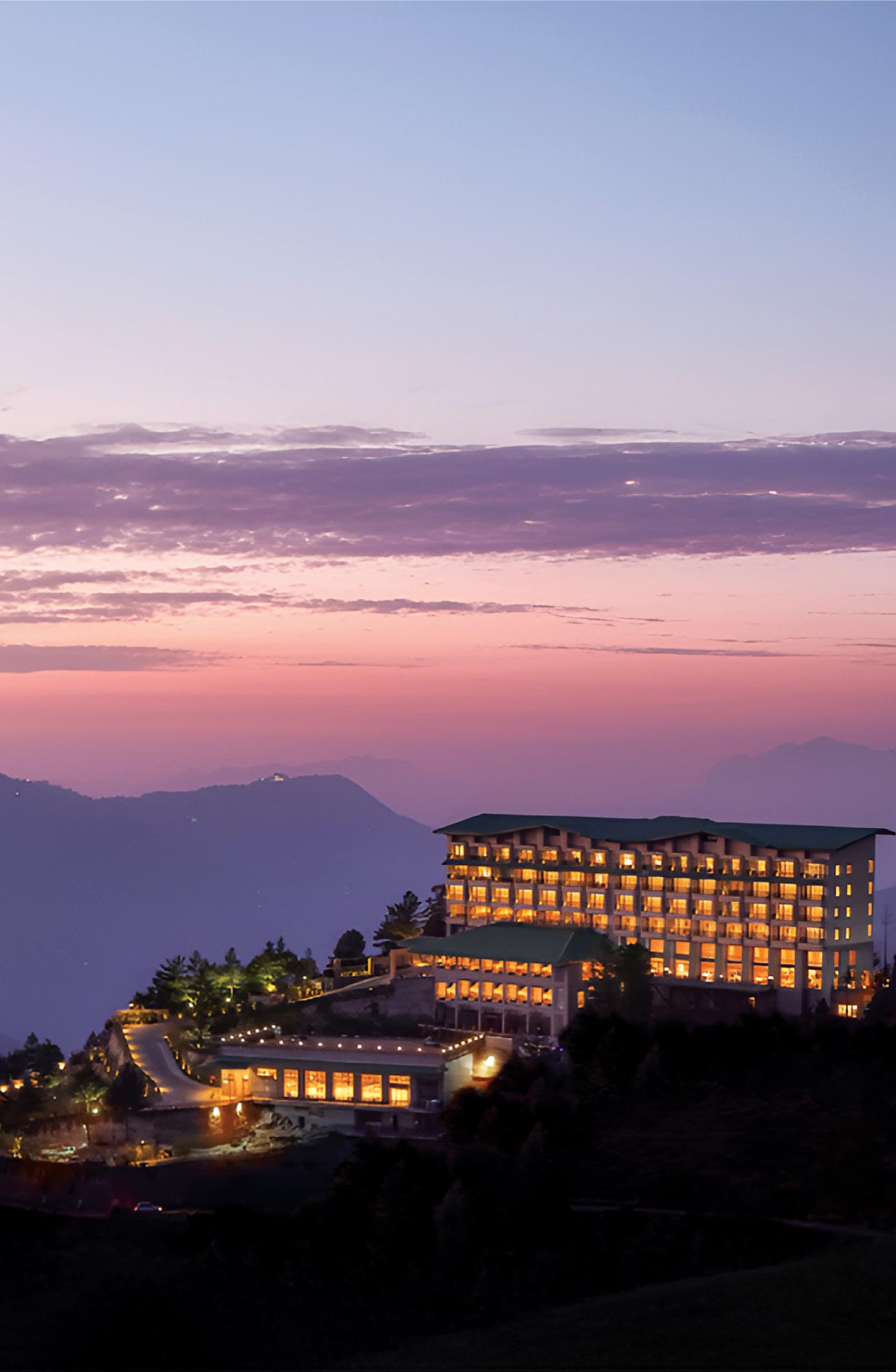
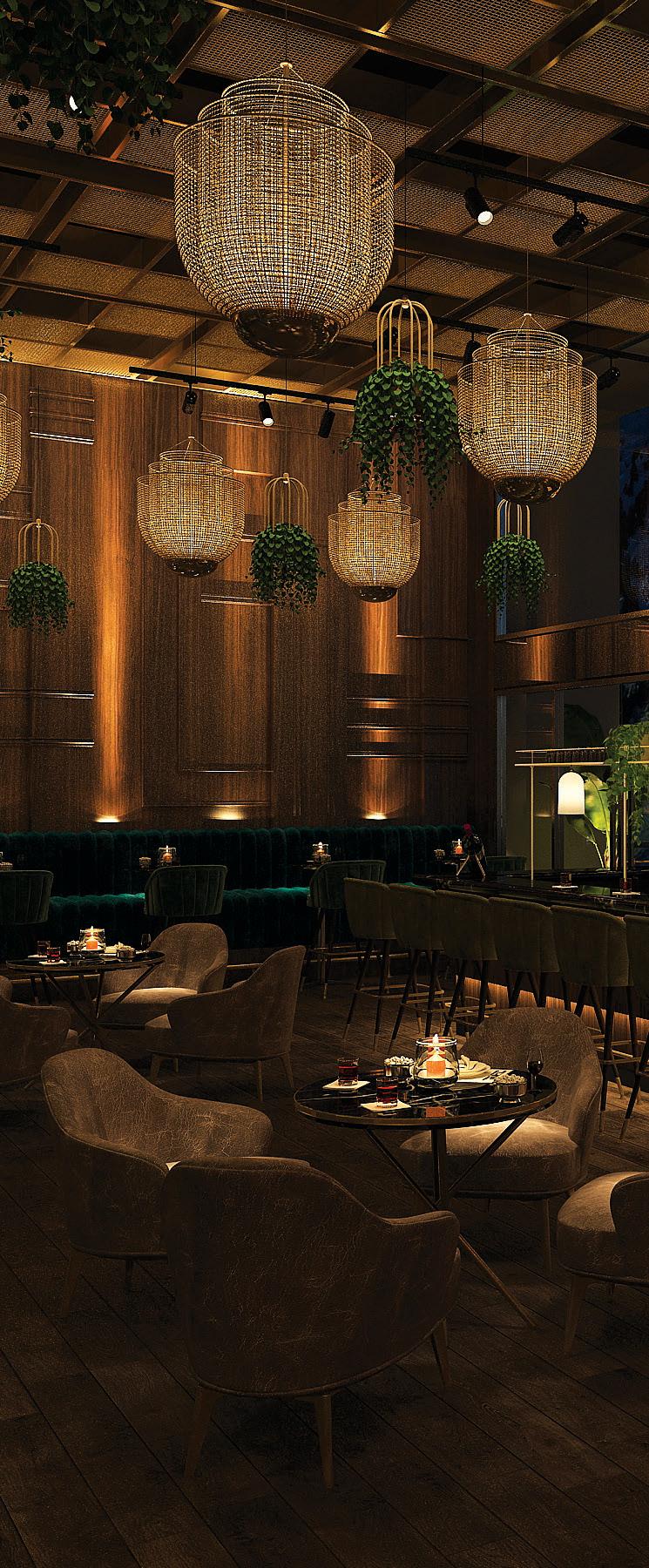


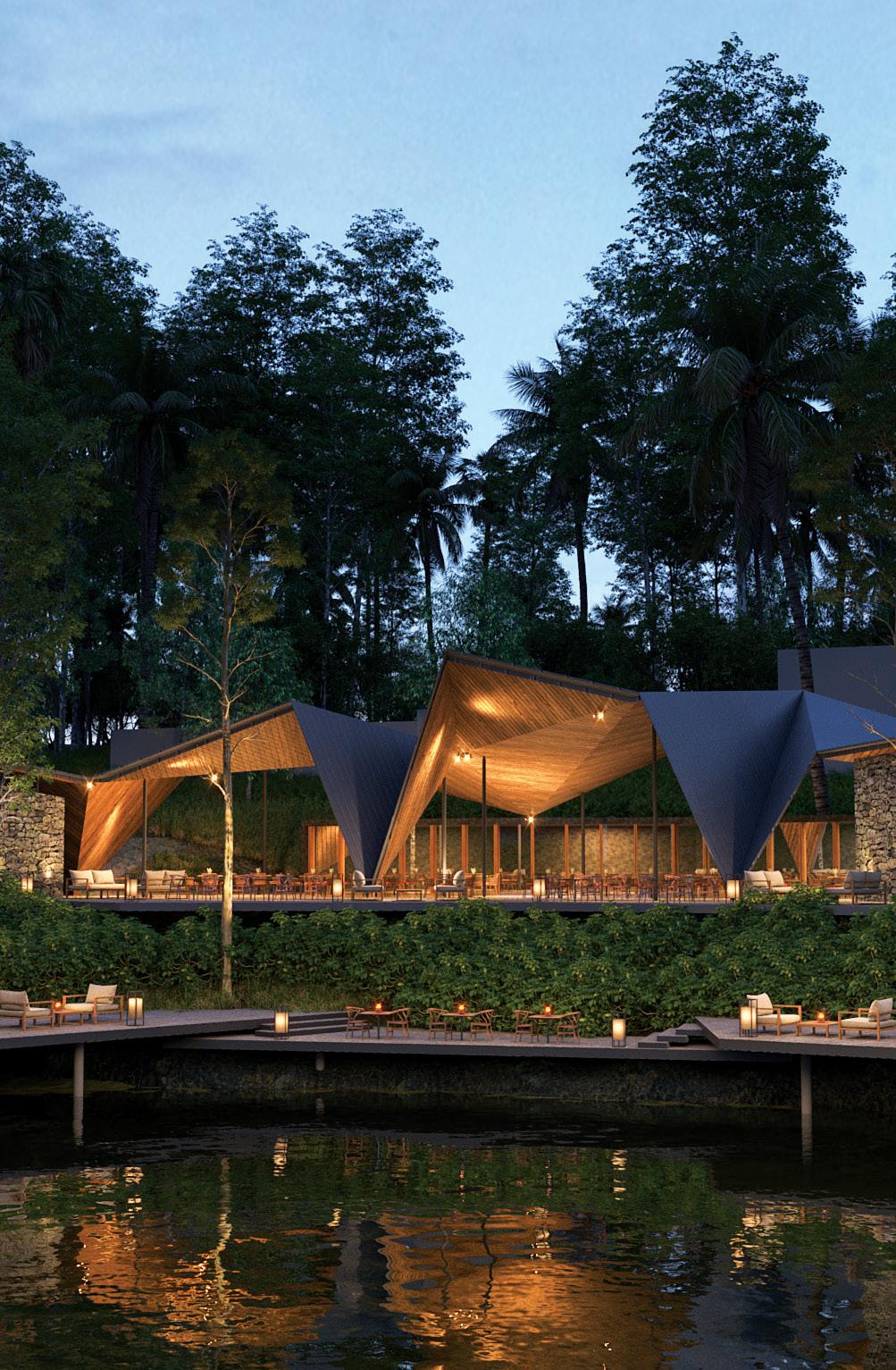
One of Thailand’s oldest and reputed hospitality chains, Dusit is back in India—with lessons learnt and major expansion plans.
SUMAN TARAFDAR
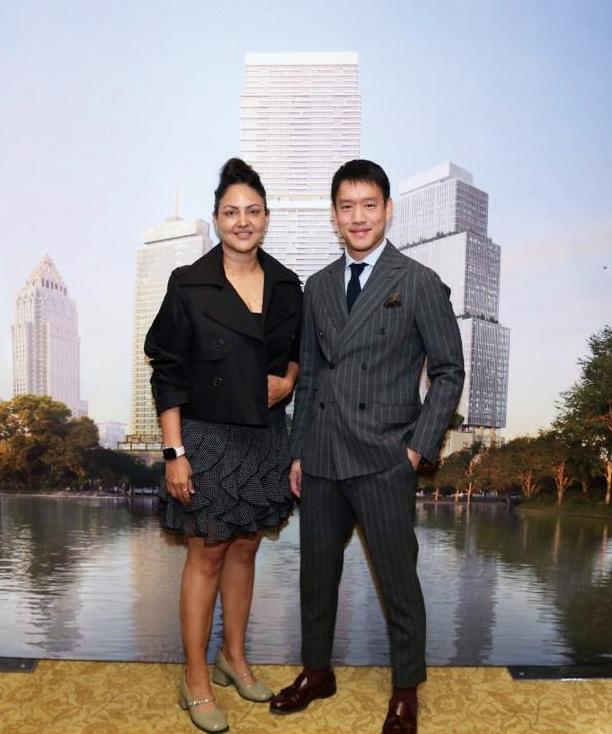
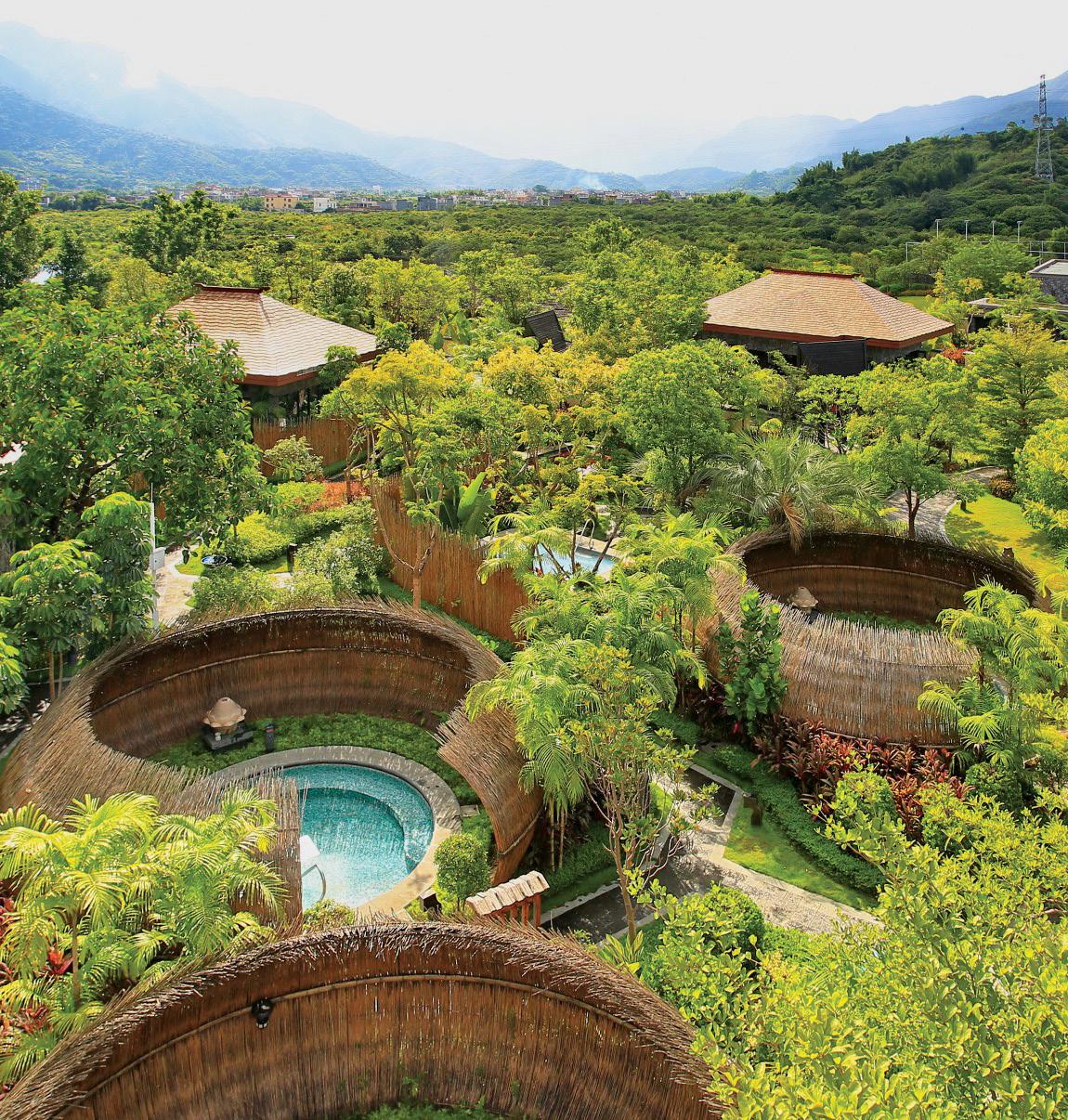
Dusit’s first hotel this time around has opened in Fagu near Shimla—and is ideally suited to cater to the Indian wedding market. Describing the Indian wedding market as incredible, Siradej Donavanik, Vice President – Development (Global), Dusit International, says, “We love Indian weddings. The whole resort in Fagu is getting booked out, and we love that.” The group is also looking at destination weddings from India. “We have a dedicated salesperson that sits in our headquarters and coordinates with just weddings with different markets.”



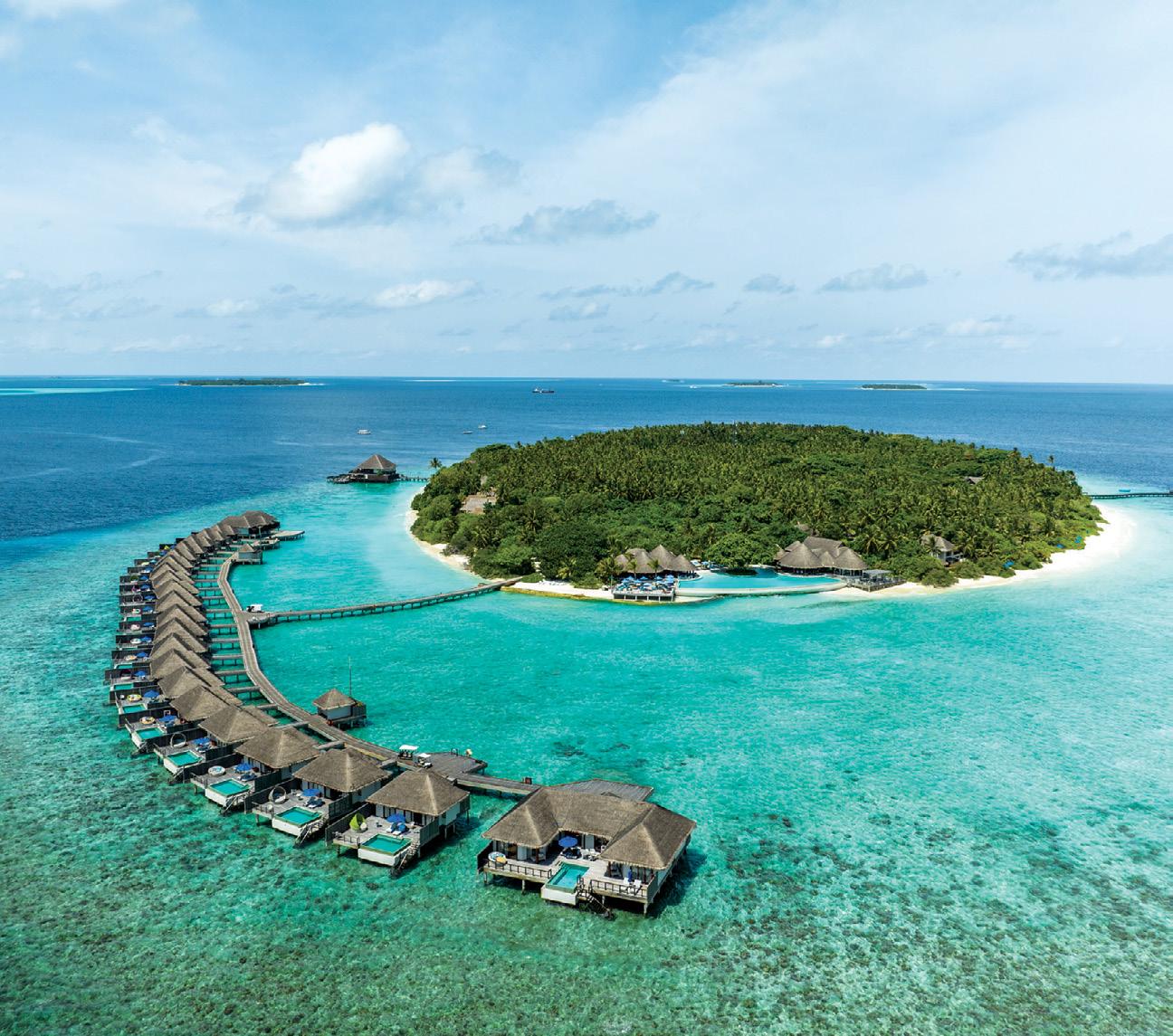
Years after creating a noteworthy entry into India, including globally launching the Devarana brand in India, Dusit is back for a second—and from the looks of it—a more permanent innings in the country.
Dusit, the group that effectively led the Thai hospitality efflorescence with its first modern hotel in Bangkok, the Princess (which opened in 1948), now has eight brands and 60 hotels, with another 60 in the pipeline.
In a remarkable shift in strategy, the group will, this time, focus on smaller cities in the country. “India represents an exceptional growth opportunity for Dusit—across major metros and particularly in Tier 2 and Tier 3 cities, where premium hospitality options remain limited despite strong demand,” according to Siradej Donavanik, Vice President – Development (Global), Dusit International, who was in India to make the announcement.
“We really want to establish that critical mass in India,” explains Donavanik. “You could say that the Tier II and Tier III markets are not as good as the Tier I. It depends on how you want to look at it. If we can get into the second and the third tiers, be the market leader and have a product that is unique to the markets, it would be a good and meaningful way to enter the market.”
Acknowledging India’s recent fast growth as well as the potential to cater to an industry set to reach $30 billion by 2028, he says, “travellers are craving luxury, wellness and meaningful experiences”.
Indian hospitality’s rapid growth in the country is for everyone to see. To tap into the verdant market, Donavanik says they would be focusing on their unique brand of Thai-inspired gracious hospitality with wellness-led experiences and destination-driven properties. "We aim to create exceptional stays that resonate deeply with Indian travellers," he states. "Through strategic partnerships with visionary local developers, we are committed to shaping India’s
CLOCKWISE FROM FAR LEFT: Siradej Donavanik, Vice President – Development Global and Deepika Arora, Head - India, Dusit International at the launch announcement; Dusit Devarana Hot Springs and Spa, Conghua; Dusit Thani, Maldives; and a 3D image of a room at the upcoming Dusit Devarana, Sakleshpur.
premium hospitality landscape for the long term. We have got wellness, we've got culinary, we have got skill development, we have got graciousness and various real estate (projects) under one umbrella.”
Incidentally, Donavanik is the third generation of the family to be part of Dusit International, a company that was founded by his grandmother, Thanpuying Chanut Piyaoui.
The group has already opened dusitD2 Fagu, Shimla and signed up 10 hotels in the country. These include Bhiwadi, Raipur, Lonavala, Kasol, Kolkata, Manali, and Sakleshpur (Karnataka). All the current signings are greenfield except for the one in Bhiwadi, which will be a brownfield, reveals Deepika Arora, Head – India, Dusit International. The main driver is expected to be the upper-midscale Dusit Princess brand, which will debut in Raipur (200 keys), Bhiwadi (165 keys), Kolkata (220 keys), and Lonavala (120 keys). In the luxury segment, two boutique luxury properties are slated to come up under the recently introduced Dusit Collection brand—in Kasol and Manali (each with 40 rooms). And Sakleshpur is where a wellness-focused Devarana is slated to come up.
The group has signed up for 800 keys already in India, says Arora. “Our intention is to sign 3,000 keys in the next three years and look at close to five to six properties operational in the market. We are also open to conversions.”
While it is open to franchising, the group will follow an asset-light model in India for the moment and will manage hotels. It also intends to bring its other brands to India, including the best-known Dusit Thani, which has just reopened its landmark flagship hotel in Bangkok. When it was unveiled in 1970, it was the country’s tallest building and introduced concepts such as discotheques, ballrooms and rooftop restaurants to the country. Dusit is also looking at Asai, a brand directed at the younger generations.
Incidentally, the group is the largest hospitality education provider in Thailand, and through Dusit Hospitality Education, the company will focus on local talent development, ensuring that Indian hospitality professionals are trained to uphold worldclass service standards.
Dusit, which is currently present in 18 countries, plans to have to sign more than 100 hotels globally over the next five years. As Donavanik, a self-confessed Indophile, says, India could be key to the group’s global growth.
Amritsar, one of India’s leading religious and heritage tourism destinations and a key transit hub to the Himalayas, is strategically leveraging its strengths to boost its tourism market.
SUMAN TARAFDAR
OPPOSITE PAGE: The Golden Temple in Amritsar, also known as Sri Harmandir Sahib, attracts around 30 to 35 million pilgrims and visitors each year.

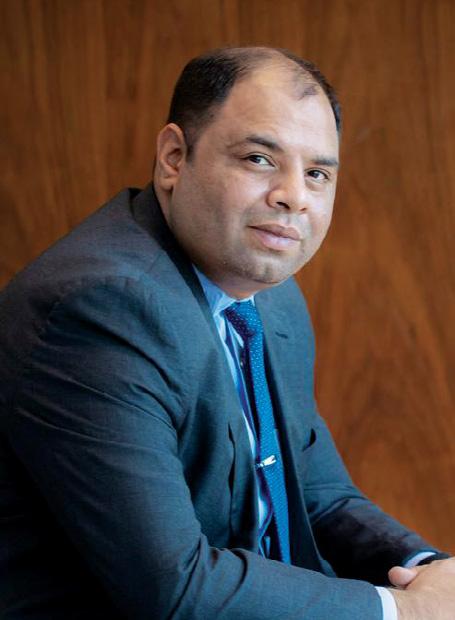
GENERAL MANAGER, HYATT REGENCY AMRITSAR
“Almost 60% of our guests visit the city for religious purposes. With the addition of more branded hotels with MICE facilities as well as better connectivity, we have seen considerable growth in the meetings and conferences segment.”

RAVI DHANKHAR
GENERAL MANAGER, HOLIDAY INN AMRITSAR
“Enhancing air and rail connectivity will improve accessibility to the neighbouring states, attracting domestic and international visitors. A single-window clearance system will streamline investment, reducing bureaucratic delays.”
THE
GENERAL MANAGER, SAROVAR PREMIERE AMRITSAR
“Rising disposable incomes amongst the population of Amritsar and neighbouring cities such as Batala and Beas have led to a higher preference for branded hospitality experiences. Significant improvements in road infrastructure, tunnels, and elevated highways have reduced travel time, making the city more accessible.”

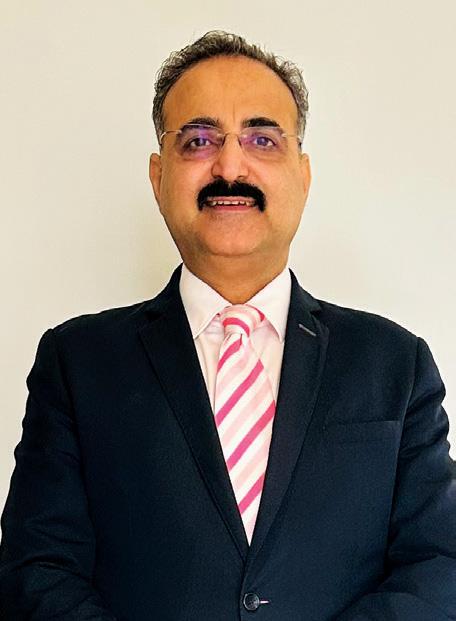
GENERAL MANAGER, WELCOMHOTEL AMRITSAR
“Hotels suffer due to poor air connectivity from feeder markets like Mumbai, Bengaluru, Ahmedabad, Kolkata and Hyderabad. The city also needs a larger convention centre which attracts large national and international conferences.”

GENERAL MANAGER, COURTYARD MARRIOTT AMRITSAR
“Amritsar's infrastructure is likely to strengthen. We have to reach new markets and make people aware that we exist and how beautiful the city is.”
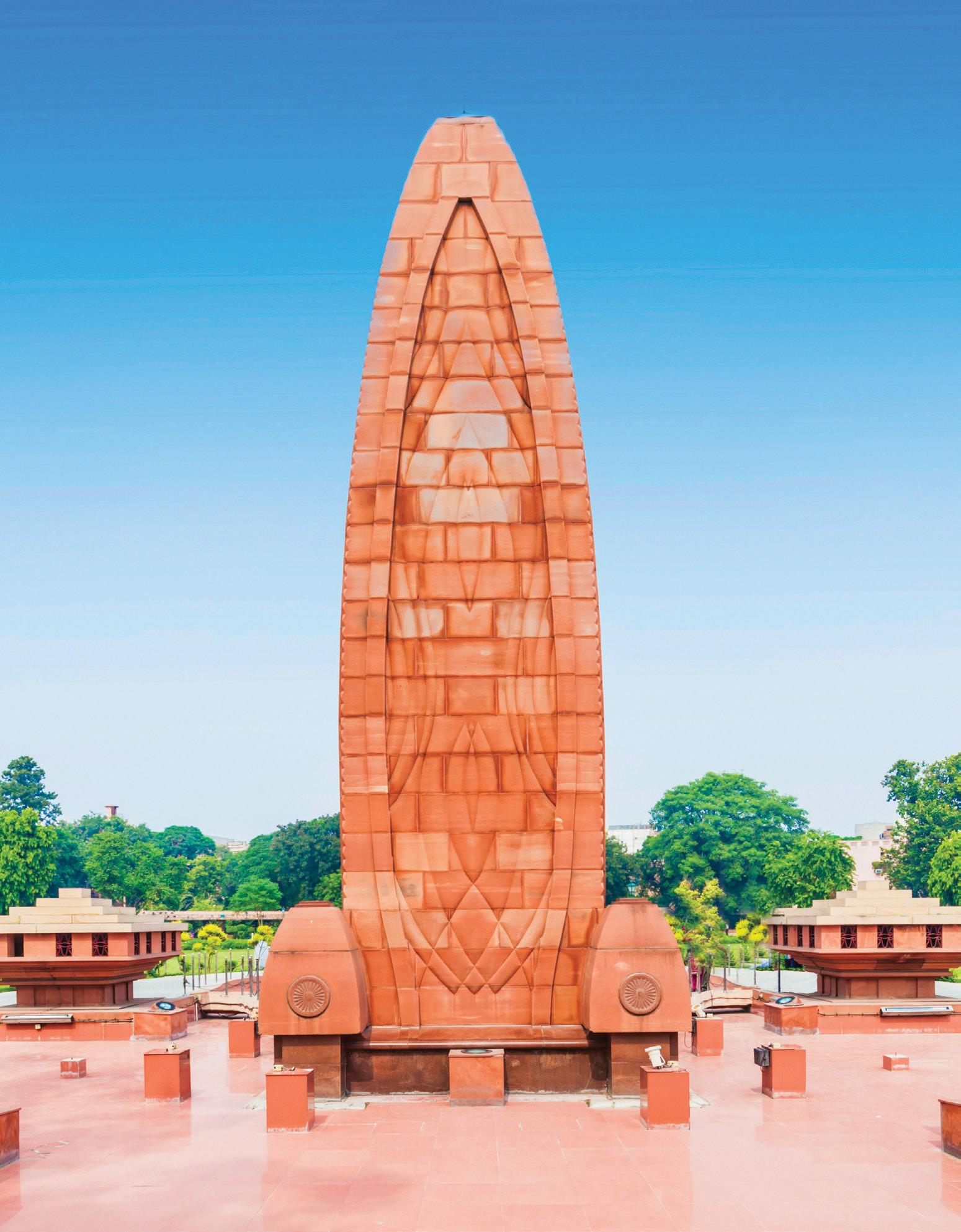
That was the first sight that greeted me as I exited Amritsar airport. Its airport facilities notwithstanding, Amritsar is witnessing a spurt in growth. The city doubled its air passengers from over 10 lakh in 2015 to nearly 20 lakh in 2022 and is on track to double again within the decade, even drawing back long-lost progeny!
Air traffic numbers are a good indicator. 2024 was the busiest year in the airport’s history, with total passenger traffic reaching 34.26 lakh. December 2024 also had the highest passenger traffic for a month at 3.40 lakh at Sri Guru Ram Das Ji International Airport, which is its official name. Incidentally, this was split between 23.12 lakh domestic and 11.14 lakh international passengers, making it the first time international traffic at the airport has crossed 10 lakhs in a single year.
While the airport has seen a fluctuation in the number of flights connecting to main hubs of the Punjabi diaspora around the world — many still have to connect to their destinations from other Indian cities, mainly Delhi, and the number of direct flights is increasing. While most major global airlines do not currently have Amritsar on their roster, airlines such as Neos (connecting directly to Rome, Milan and Bergamo), Thai Lion Air (connecting to Bangkok), Scoot (Singapore), Malaysia
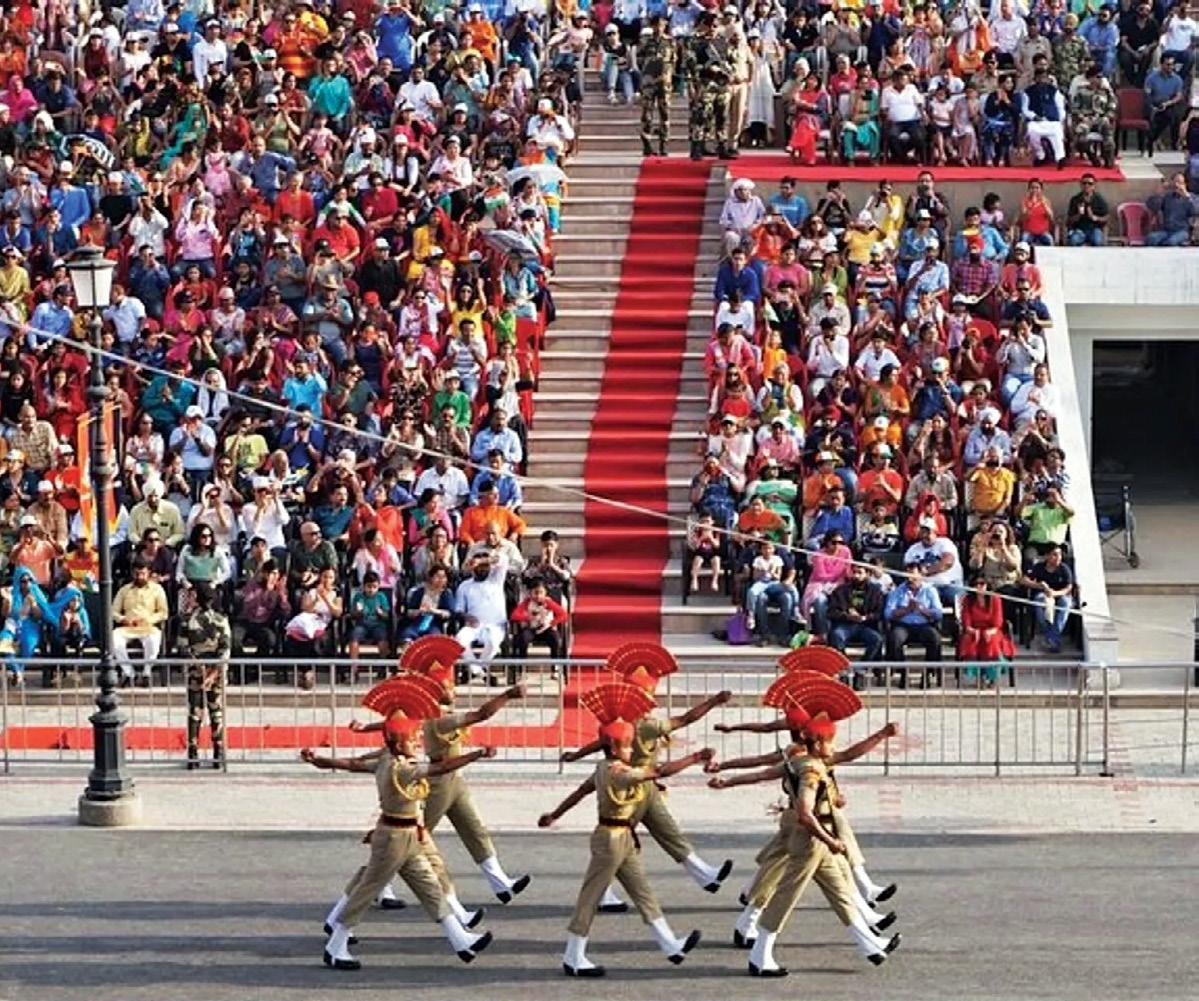
Airlines and Batik Air Malaysia (KL), and lately Qatar Airways (Doha) are putting the city on the global aviation map.
Of course, Air India continues its direct connectivity to London and Birmingham, while its subsidiary Air India Express flies to Bangkok, Dubai, and Sharjah. Incidentally, this is the only international route for Indigo from Amritsar. And yes, the terminal upgrade is underway.
Yes, increasing flights are feeding the growing number of hotels in the city. Easily the biggest draw in the city, the Golden Temple attracts an average of one lakh visitors per day, so much so that it effectively operates around the clock, with queues forming for darshan even in the wee hours of the morning. Amritsar was always a popular destination for pilgrims, but the extensive cleaning of the city in the previous decade, and the ₹250-crore Galliara Project, is credited with drawing in more tourists as it made access to the heritage city easier.
For a Tier II Indian city, the range of hospitality brands with a flag on the ground is astounding. A visitor could choose from the only Trademark Collection (Wyndham) in the country. Marriott already has three of its brands in the city and is expected to take to five soon with openings in the offing. ITC too has three, including the comparatively recent sprawling Welcomhotel by ITC Hotels. Radisson has two, as does Sarovar. Accor and Hilton are on track to open hotels. Many other groups, including Taj Hotels, IHG, Best Western, Royal Orchid and Treebo already operate hotels. The supply in the pipeline almost matches the current availability of branded rooms in the city, with even formats like long-stay residences coming up.

According to a Colliers report, Amritsar has been witnessing an annual footfall of 30 million, and seeing a greater demand for branded hotels. Significantly, there is a huge number of independent hotels, some of which could be converted as the chains look to consolidate. The city traditionally known for divinity as well as kulchas, Amritsari macchi, juttis, phulkari and more, is now casting a wider net to attract a more diverse range of tourists.
SOH spoke to general managers of leading hotels of Amritsar to get an on-ground feel of where the city is headed, and how its hospitality sector is catering to it.
Amritsar has recently seen rapid growth in the branded hospitality segment. What factors would you ascribe to this move?
Naveen Yadav: Amritsar has always been a revered pilgrimage destination as well as a food lover’s paradise. It was under-penetrated in terms of quality hotels and branded accommodation. With better connectivity via road, rail and air, we have seen the demand for branded accommodation increase. From pre-COVID yearround occupancy rates of around 50%, the city has reached a yearround occupancy of approx 65–68%. With the upgradation work on the Amritsar airport as well as the Delhi-Katra expressway in the works, we foresee this demand to increase, creating the need for more branded accommodation. Amritsar also has a steady demand from the inbound segment as well as NRIs who visit the city.
Samir Pandita: No doubt Amritsar has seen many branded hotels opening in the last eight years, but the overall occupancies remain muted as the extra supply is absorbing the growth. Of all the factors which are of interest in
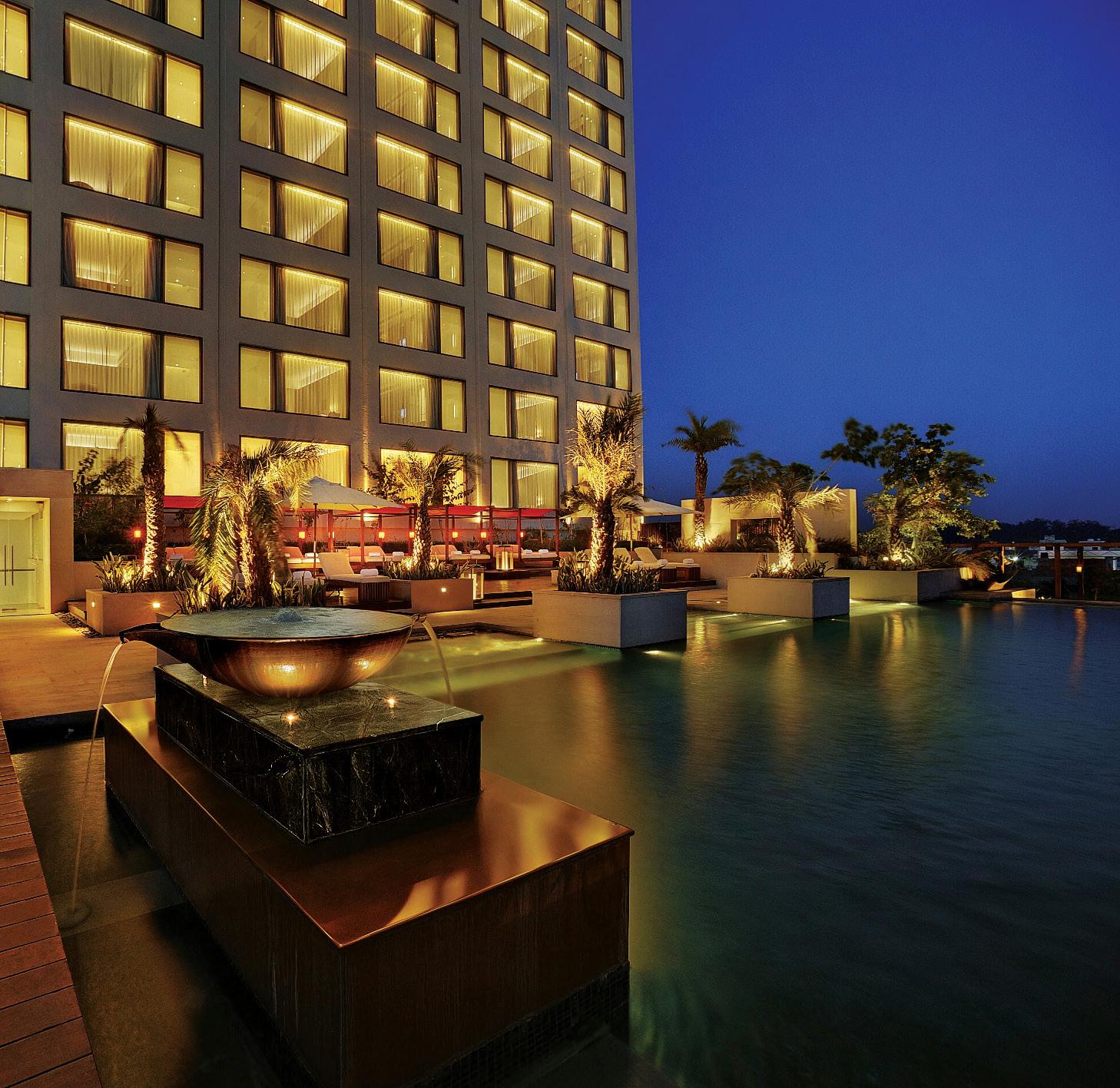
Amritsar, The Golden Temple remains the top attraction, followed by Attari Border celebrations, which, over the years, have gained a lot of traction. Amritsar has various museums that are every tourist’s delight to visit. The laser show at the Gobindgarh Fort, Jallianwala Bagh in its new avatar, visit to various historical temples, shopping for ethnic wear, street food and some legendary food joints remain on top of the list for every traveller to The Golden City.
Ravi Dhankhar: Amritsar's rapid growth in the branded hospitality segment is driven by several key factors. Improved connectivity through its international airport has made the city more accessible, attracting global hotel brands. The emergence of modern attractions like Sadda Pind has transformed Amritsar into a well-rounded two-day destination, complementing traditional landmarks such as the Golden Temple, Jallianwala Bagh, and Wagah Border.
Additionally, Amritsar is a preferred wedding destination, with luxury hotels catering to grand celebrations. Its strategic location as a transit hub for travellers heading to the Himalayas has increased the demand for quality accommodation. Effective marketing and tourism campaigns have further enhanced the city’s appeal. Amritsar’s spiritual significance as a holy city ensures a steady flow of pilgrims throughout the year, sustaining demand for branded hotels.
Abhilash Menon: Rising disposable incomes amongst the population of Amritsar and neighbouring cities such as Batala and Beas have led to a higher preference for branded hospitality experiences.
Significant improvements in road infrastructure, tunnels, and elevated highways have reduced travel time, making Amritsar more accessible. Additionally, better air and rail connectivity have contributed to the rise in domestic and international tourism. Continuous government initiatives and beautification efforts around the Golden Temple, along with improved heritage conservation projects, have strengthened Amritsar’s appeal as a must-visit destination.
The opening of the Kartarpur Corridor has increased crossborder tourism, attracting pilgrims and travellers from different regions. An increasing number of younger travellers are choosing branded hotels for their stays, preferring modern amenities, hygiene standards, and curated experiences.
Vijay Chandran: About ninetenths of our guests are coming for religious tourism. Amritsar is growing a lot and many new brands have come in of late. However, the city needs a lot of rooms to handle a pharma or a banking conference, for example. Currently, the number of branded rooms would be somewhere around 2,200 rooms in the four and five star segments. Apart from this, there are enough rooms in Amritsar. We also expect around 800 rooms to be added this year.
The more rooms are added, the better advantage for the city. We have A Four Points by Sheraton opening later this year, which will mean five Marriott hotels in Amritsar. In 2025, we are expecting a minimum growth of 10% over the previous year. I don't see any threat in having another 10 five-star hotels. When a new hotel opens, every general manager or owner even a brand that comes in creates more visibility for the city.
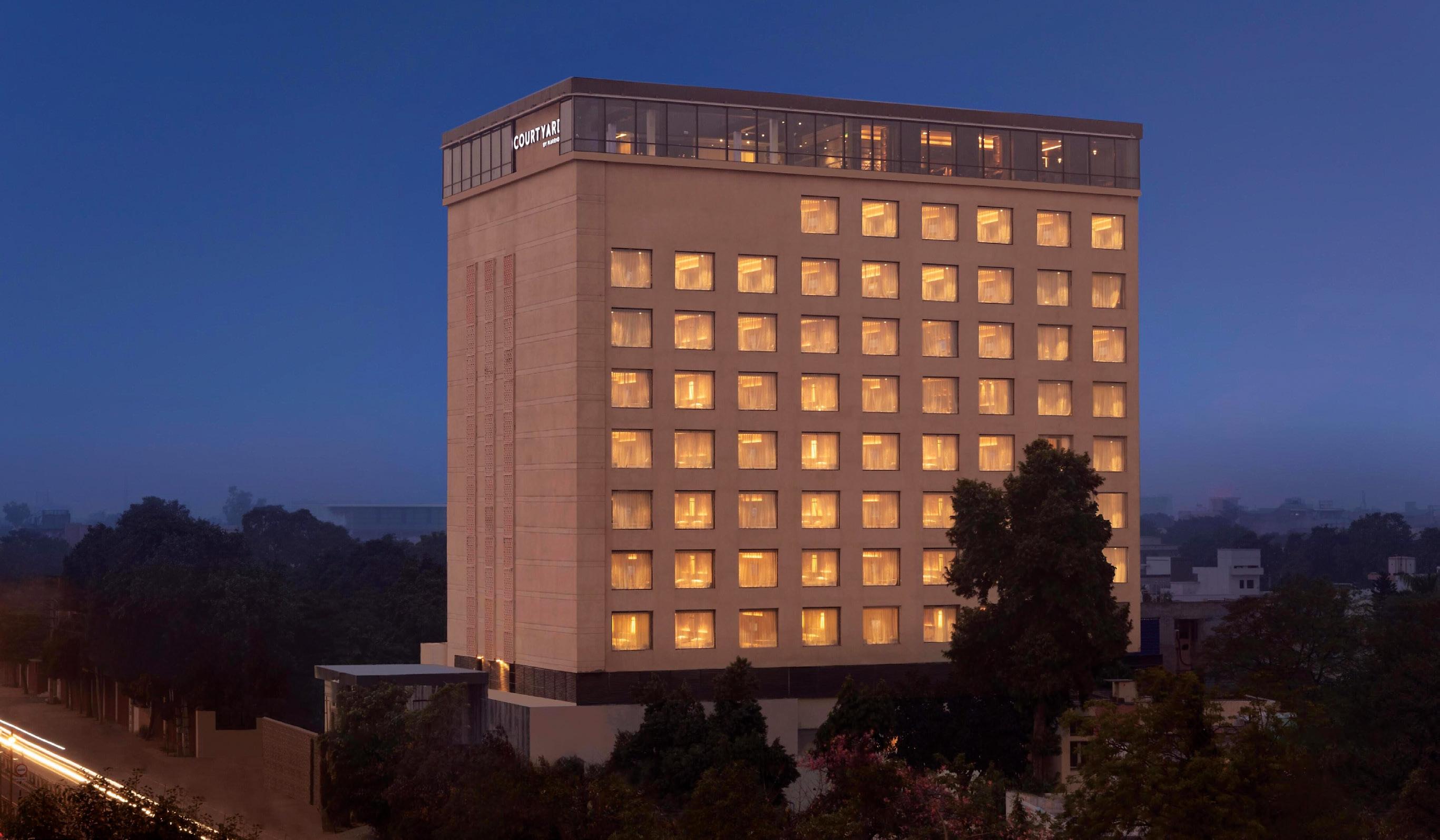
Amritsar is characterised by a high volume of religious tourism. Approximately what percentage of guests represents the religious or spiritual tourists? How are other segments growing?
Abhilash Menon: Religious tourism continues to be the dominant segment, with 70% of visitors travelling to the destination for religious purposes, primarily to visit the Golden Temple. 30% of guests belong to other segments, including leisure travellers—about 5% explore Amritsar’s historical and culinary experiences while social events, such as destination weddings, celebrations, and family gatherings, make up another 25%. Corporate events & MICE contribute about 10%. While religious tourism remains strong, leisure, social, and corporate travel segments are slowly growing, offering opportunities for further market diversification.
Samir Pandita: Almost 90% of tourists to the city are here for religious tourism. There may be others who come to the city to attend a wedding, or for official reasons (although very less), but even for them, the main attraction remains The Golden Temple. Although there are many experiences Amritsar requires to increase the pie, the city is choked with the current inflow of tourists and unless the government does something to upgrade the infrastructure, the pie cannot grow.
Ravi Dhankhar: Religious tourism remains the backbone of Amritsar’s hospitality industry, with approximately 70-75% of visitors coming to seek blessings at the Golden Temple. This ensures a steady influx of travellers year-round. However, the other segments that are growing rapidly include destination wedding tourism, heritage and cultural tourism, transit and leisure tourism, business and mice tourism and international tourism. While religious tourism dominates, these emerging
segments are diversifying Amritsar’s hospitality landscape, fuelling its rapid growth.
Naveen Yadav: Almost 60% of our guests visit the city for religious purposes. With the addition of more branded hotels with MICE facilities as well as better connectivity, we have seen considerable growth in the meetings and conferences segment as well. Inbound tourism, too, has come back to an extent and is close to pre-COVID levels now.
What are the main opportunities for growth for the city’s hotels? What steps would you suggest to increase travel to the city? And what are the top challenges?
Ravi Dhankhar: Enhancing air and rail connectivity will improve accessibility to the neighbouring states, attracting more domestic and international visitors. A single-window clearance system for hospitality projects will


streamline investment, reducing bureaucratic delays. Additionally, infrastructural development, including better roads, public transport, and modern tourist facilities, is crucial. Government incentives will further encourage hospitality sector growth.
However, challenges persist. A dedicated tourism police force is needed to enhance visitor safety. Local police should be lenient, welcoming, helpful, flexible and adaptable as compared to the law-andorder police. They should also be acquainted with multiple international languages like French and Chinese. Hygiene and sanitation issues must be addressed with better waste management. Moreover, Amritsar’s rich cultural heritage remains under-marketed; stronger tourism campaigns are essential. By tackling these issues and implementing strategic improvements, Amritsar can evolve into a diverse tourism hub, attracting a broader range of visitors and boosting its economy.
Amritsar’s hospitality sector is expanding beyond religious tourism with budget hotels, culinary tourism, and digital innovations enhancing guest experiences. Eco-friendly stays appeal to conscious travellers, while weekend trips and short getaways drive demand. Growing interest in experiential travel, workcations, and heritage stays is transforming Amritsar into a diverse destination, attracting visitors beyond pilgrimage tourism.
Samir Pandita: Since Amritsar airport is an international airport, it needs a larger airport to handle domestic as well as international flights. Hotels suffer due to poor air connectivity from feeder markets like Mumbai, Bengaluru, Ahmedabad, Kolkata and Hyderabad. The city also needs a larger convention centre which attracts large national and international conferences. Since Amritsar as a destination is very popular, the city has major potential to hold events/ conferences at that level.
We also need political stability in the state. Travel by road or train has become very erratic due to the ongoing issues in and around the state. Visitors from Delhi NCR, Jaipur, Dehradun and other nearby towns prefer to travel with their families for vacations by car, but these agitations impact their travel plans.
Naveen Yadav: The city needs to work on improving tourism-related infrastructure. Airport upgradation is in the pipeline but the government definitely needs to invest in the infrastructure to make it a touristfriendly city. Proper marketing of tourism spots in and around Amritsar would also help. The Golden Temple and the Attari border are world famous but there are a lot of other attractions in and around Amritsar, like Gobindgarh Fort, Ram Tirath temple, etc. which need more exposure and can help increase the length of stay for tourists.
Vijay Chandran: Amritsar is basically a leisure market with religious visitors dominating in terms of numbers. Hotels actively engage and court this segment. Every premium hotel offers a facility of a complimentary pickup and drop to the Golden Temple. And same is true with the Attari border, which is an excellent attraction. Another popular spot is Pul Kanjri, which an increasing number of people are beginning to explore. A couple of museums are worth a visit, especially the war museum by the border. Our connectivity is a big advantage. Amritsar is the primary market for a stopover for tourists to Dalhousie, Dharamshala and Kashmir. The city acts as a perfect transit spot.
We need to add more quality rooms to attract a larger MICE business. Branded hotels can cater to a maximum of 1,500-2,000 guests. We do not have a large convention centre, which can attract large events. More flight routes can be opened. There's no direct connectivity to many places apart from the metropolitan cities. Better connectivity to our main inbound source markets would also greatly help. Of course, our Marriott Bonvoy loyalty programme ensures a lot of visitors. The reach to our direct loyal guests continues to increase, driving enough traffic to our properties.
Abhilash Menon: There are many opportunities for the city to grow. This includes expanding beyond religious tourism, and promoting Amritsar as a cultural, historical, and culinary destination that can attract a broader audience. There could be increasing demand for corporate meetings, incentive travel, and conventions present an opportunity to develop MICE tourism. Amritsar is emerging as a popular wedding destination, offering a blend of luxury, heritage, and cultural charm.
CLOCKWISE FROM RIGHT: The Partition Museum gives voice to the tragedies of partition; an erstwhile military establishment, today Gobindgarh Fort, is a top level tourist attraction; and the 70-key Sarovar Premiere offers premium experiences, while its façade pays homage to traditional architecture.
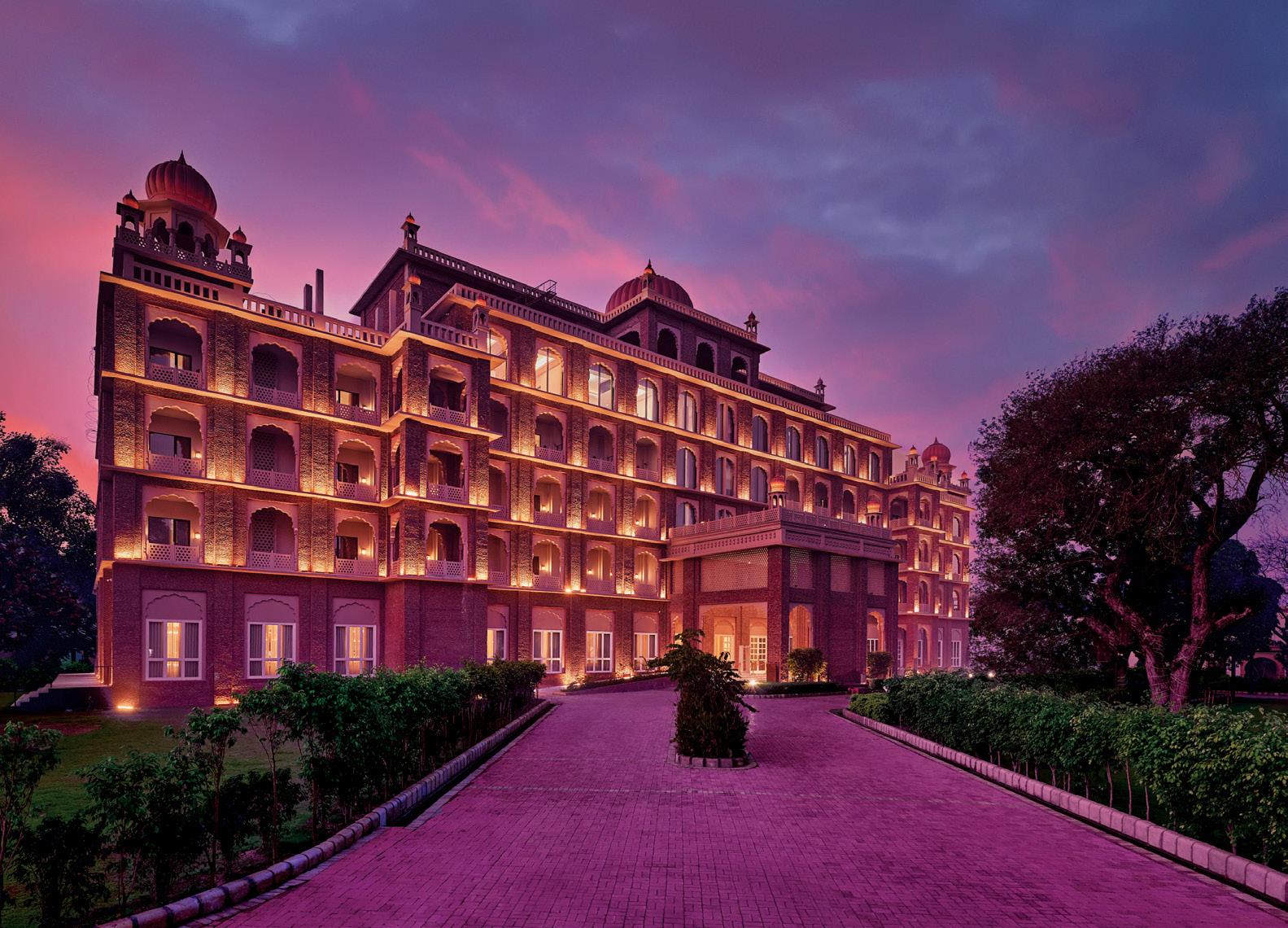
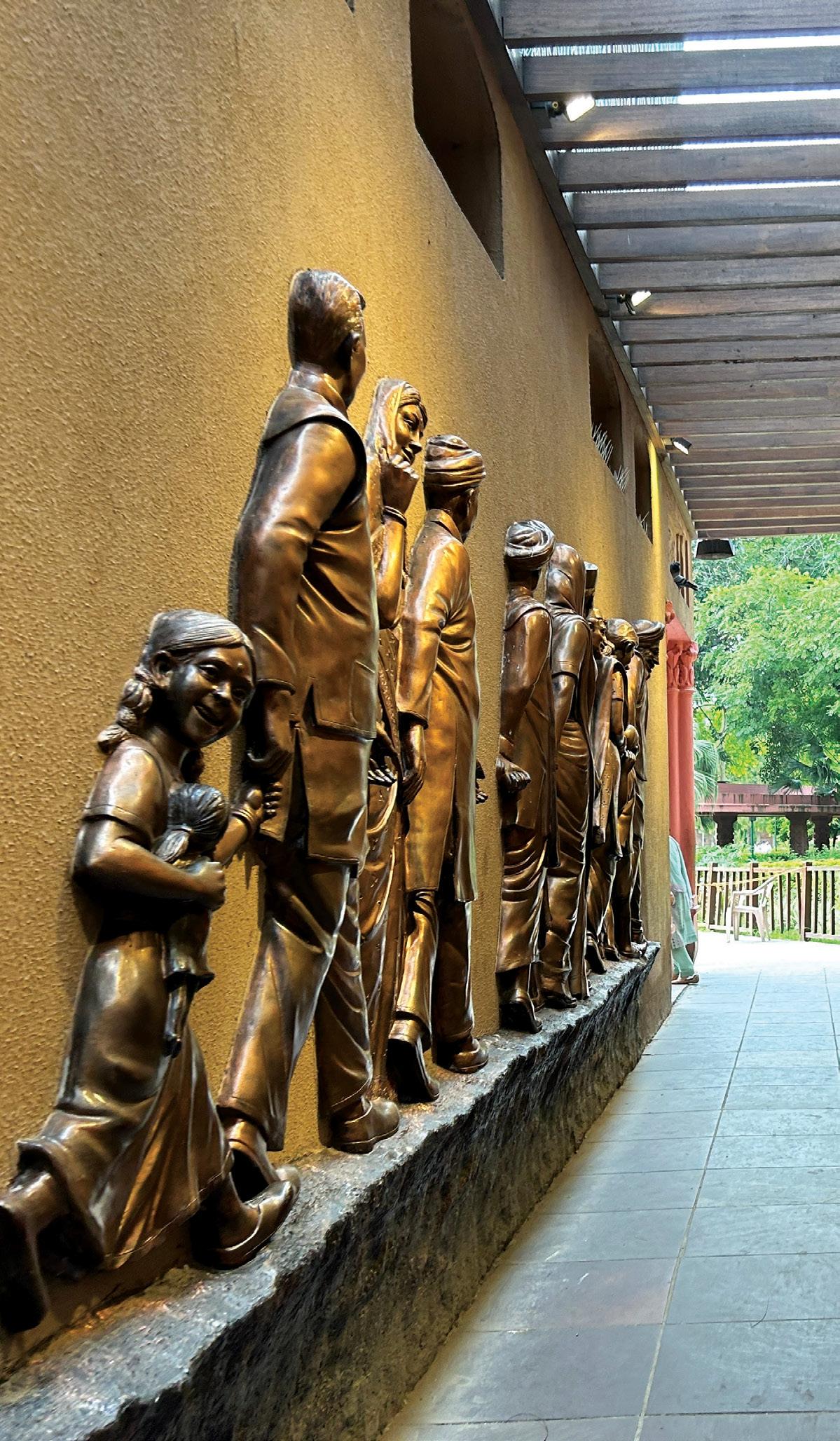
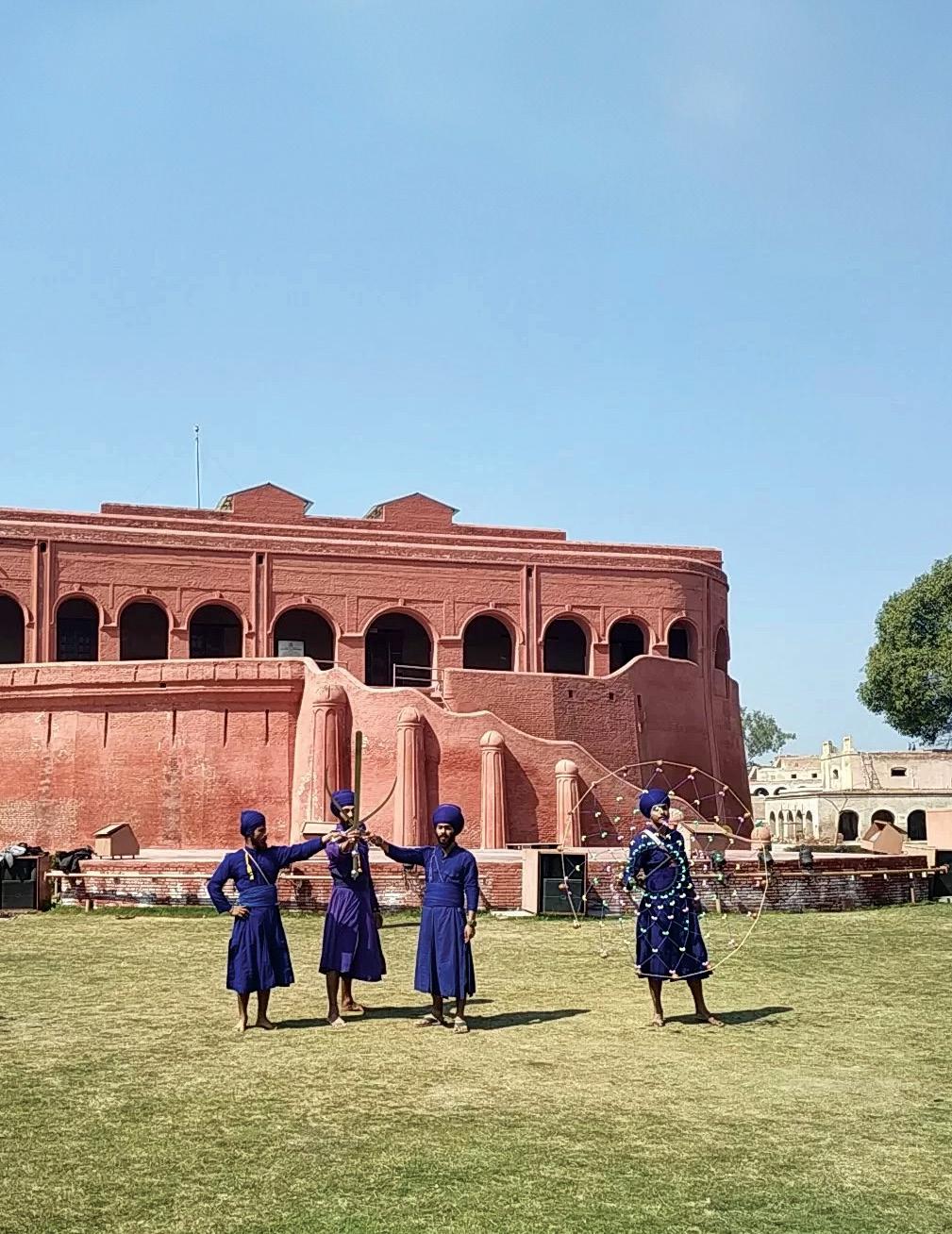


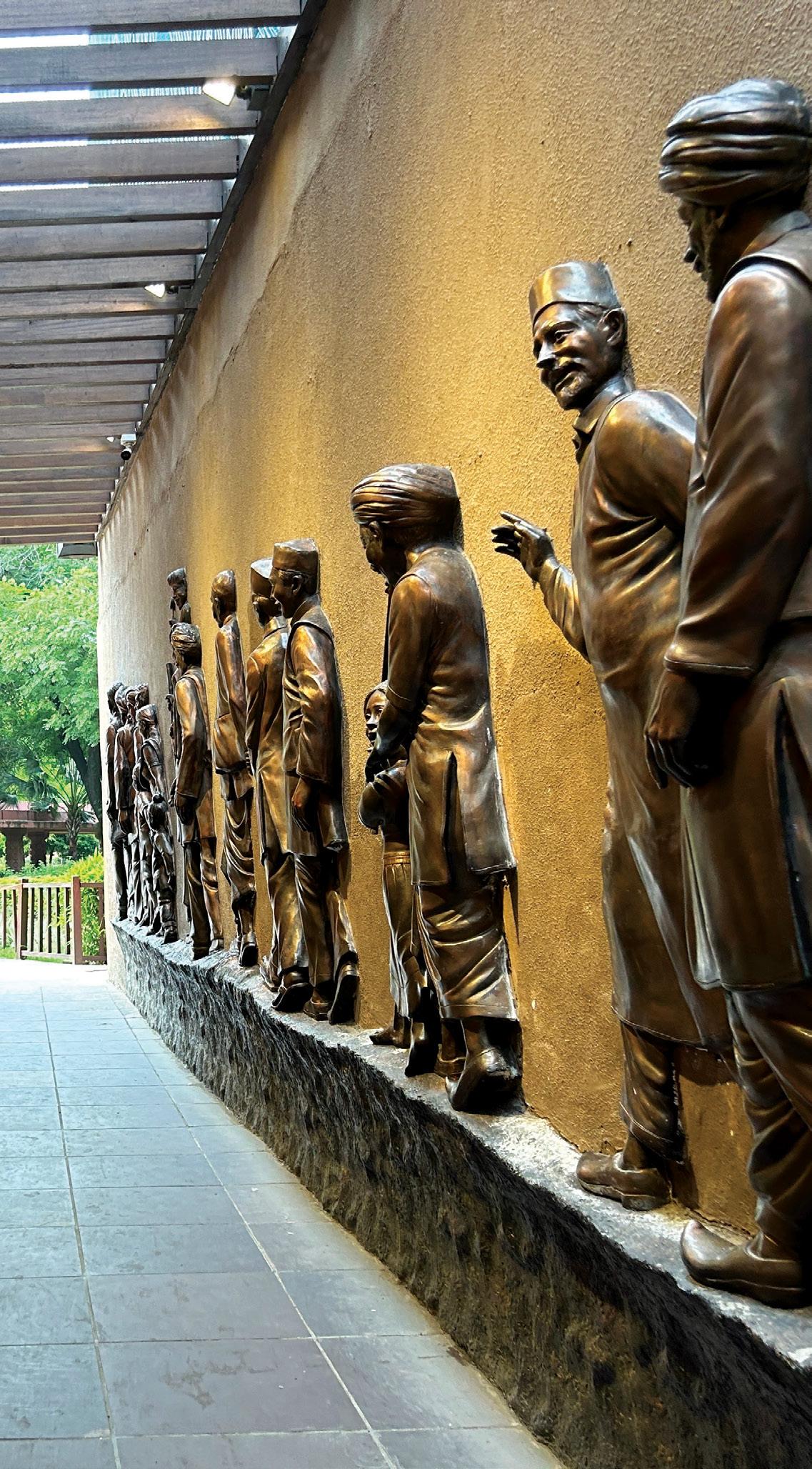
There are several challenges too. This includes seasonal demand fluctuations. While peak season (November to February) witnesses high occupancy, the off-season (May to August) poses a challenge for hotels. There is an over-reliance on religious tourism, the city needs to diversify its attractions to reduce dependency on a single tourism segment. The hospitality industry faces challenges in hiring skilled professionals with language and cultural training. There is competition from unorganised accommodations, and the rise of unregulated guesthouses and homestays affects the market share for branded hotels. Traffic congestion, parking shortages, and sanitation challenges near key tourist areas need to be addressed.
Among the needed improvements are traffic management and parking solutions around the Golden Temple area. There also needs to be enhanced sanitation and hygiene initiatives in high-footfall zones. Equally important, international flight connectivity, particularly to markets such as the USA and Europe, needs to be improved.
What are the top sources of tourists for your hotel, by revenue? What is the split between leisure/ FIT/ social events, business and MICE guests/events for your hotel? And between local and non-local guests?
Vijay Chandran: About 90% of our guests would fall in the leisure segment, including religious tourism and a miniscule of 5 to 6% is corporate or any other segment. When it comes to leisure, it's clearly defined by domestic travellers, who play a larger role. Indians travelling within India is the biggest market for us. For inbound, the top countries are the US, Canada, Australia, Korea, Japan and China. The inbound market contributes most during the season time, which is Q1 and Q4. Q2 and Q3 are predominantly summer and cater largely to the domestic market and a new segment of film crews. We are also seeing traction from European markets, beyond our core markets of the US, Australia, Canada and England, besides interest from Asian markets because of Dharamshala.
Ravi Dhankhar: Inbound agencies and online travel agencies (OTAs) play a crucial role in driving tourist inflow to our hotel. Leisure and FITs remain the dominant segment, contributing 55%-60% of total revenue. MICE and business travel collectively account for 27%, highlighting Amritsar’s growing appeal for corporate events and conferences. Social events, including weddings and celebrations, contribute 12%-15%, reinforcing the city’s status as a preferred wedding destination. In terms of demographics, our guest mix includes both local and non-local travellers, with a strong presence of domestic tourists alongside international visitors drawn by religious, cultural, and experiential tourism.
Abhilash Menon: For our hotel, Online Travel Agencies (OTAs) are a major contributor, driving bookings from domestic and international travellers. Walk-in guests also form a significant share, given Amritsar’s strong religious tourism. Social events and weddings are an emerging revenue stream with increasing demand. Our guest mix is leisure (5%), FIT (70%), social events (10%), and MICE (15%).
Naveen Yadav: The biggest feeder market for us is Delhi NCR, followed by other cities like Chandigarh, and Ludhiana in Punjab. Approximately 60–65% of business is driven by the transient segment. The social segment has always been an important part of the Amritsar market and continues to grow. MICE has increased considerably in the last couple of years.
Samir Pandita: Over the years, we have depended majorly on FIT/ Leisure travel, however in the winter months we also receive a sizable number of guests who travel for weddings and other MICE events. Considering guests from Punjab as local and others non-local, the ratio is 25% to 75%.
How would you rate the state’s policy for hospitality and tourism—and what would you like to see changed?
Ravi Dhankhar: Punjab's tourism and hospitality sectors have seen commendable government initiatives, with the Punjab Tourism
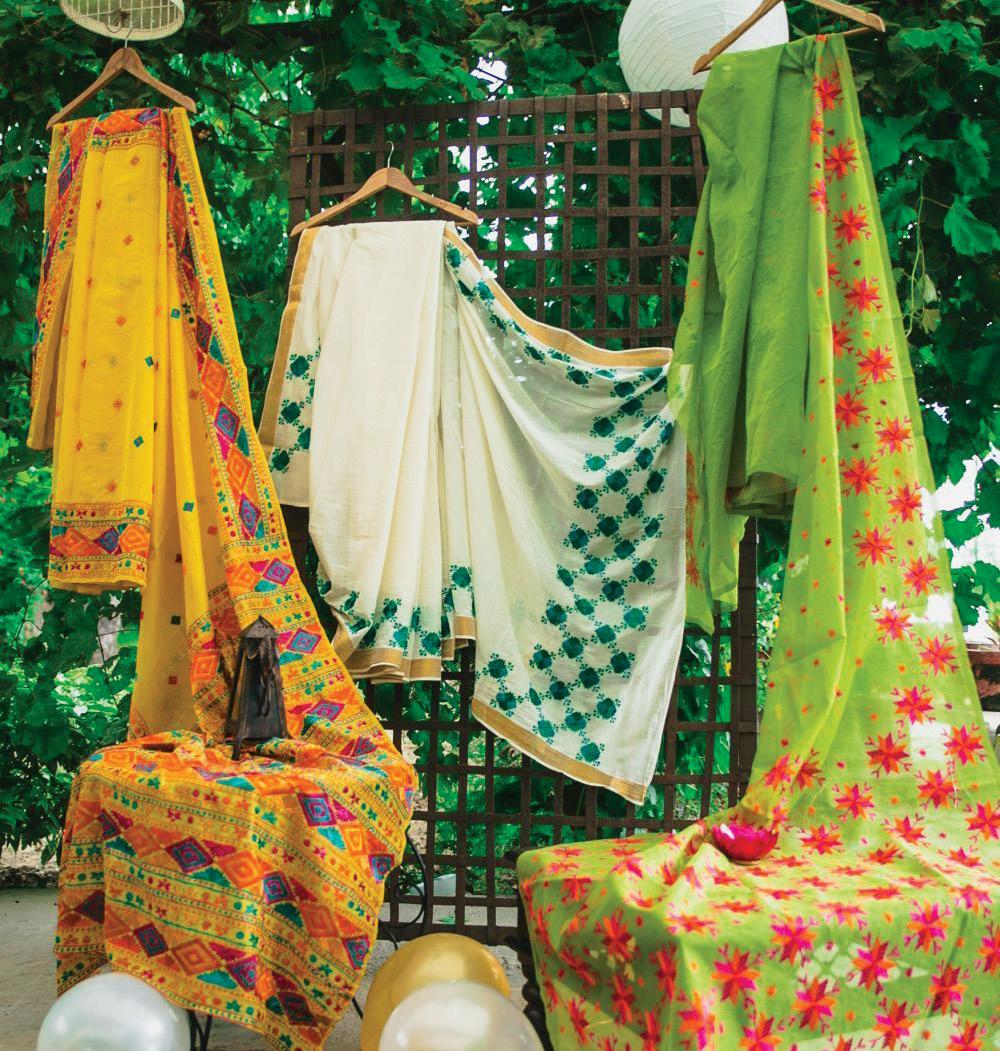
Policy 2018 focusing on cultural preservation and promotion. However, improvements are necessary. Greater investment in marketing infrastructure can enhance Punjab’s visibility on national and international platforms. Additionally, relaxations and incentives for the hospitality sector, such as tax benefits and streamlined licensing, would attract more investors, fostering sustainable tourism growth.
Vijay Chandran: The tourism ministry spends adequate time, energy and money to promote the city. The state has launched several tourism-related activities, exhibitions and conventions such as MICE, travel agents’ and inbound market events. These multiple events are increasing visibility in the market.
Samir Pandita: The present government is trying to attract more tourists to the state through their various programmes, like ‘Rangla Punjab’. However, more needs to be done, particularly on
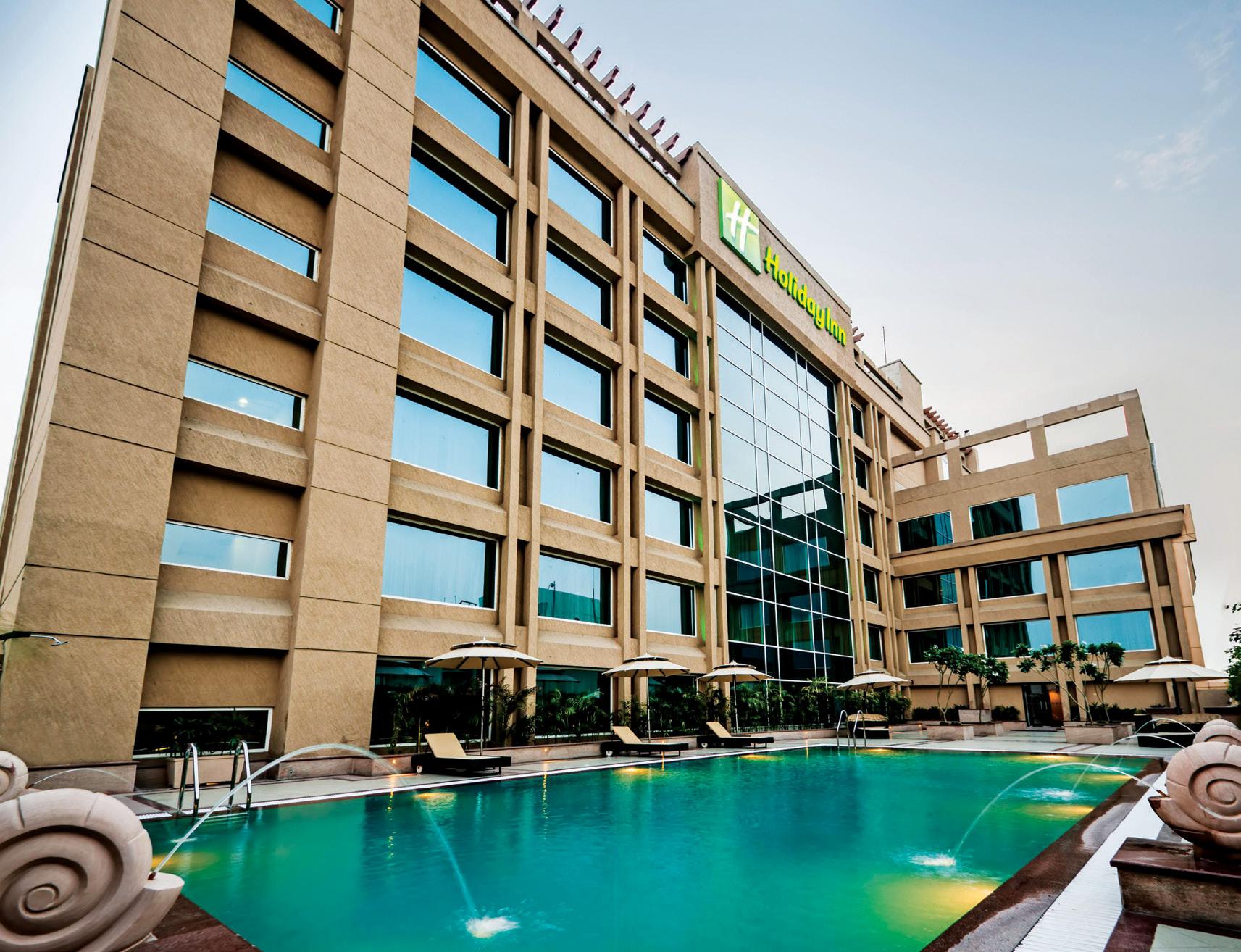
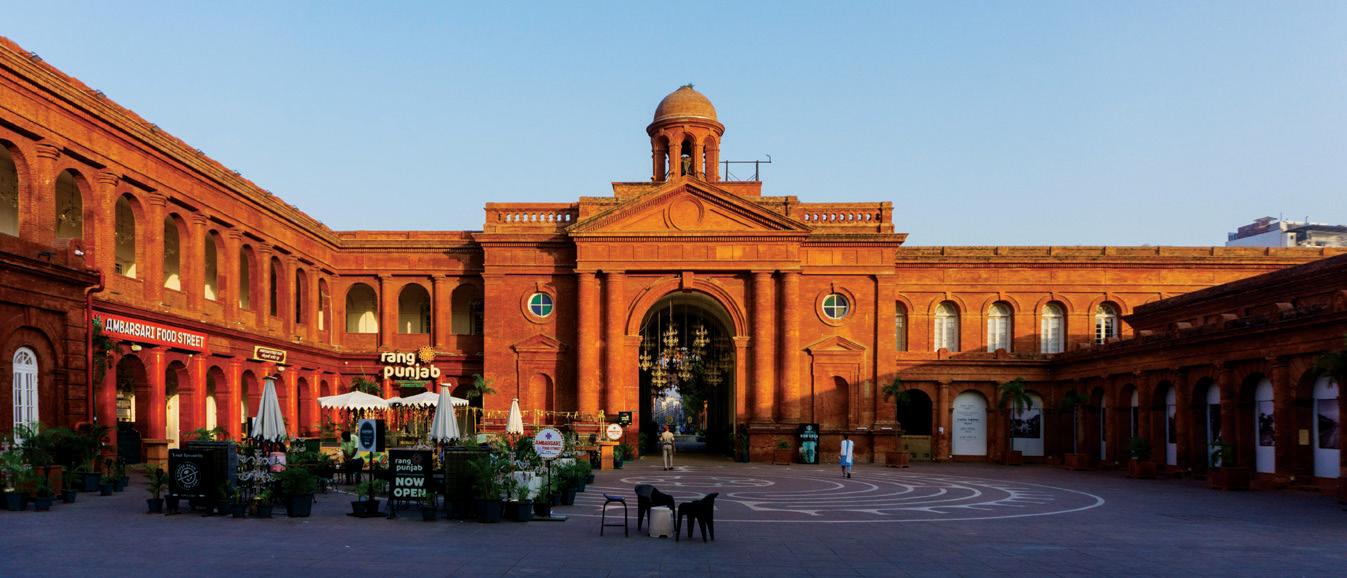
FROM FAR LEFT: The
after purchases for
improving the infrastructure in cities like Amritsar. The state government must make a case for increasing flights from feeder markets. The administration may want to analyse the growth trend in the number of weddings and MICE conferences across all categories of hotels.
Abhilash Menon: The Punjab government has been proactive in promoting tourism, making Amritsar one of India’s top-performing destinations with a daily footfall of 30,000–40,000 tourists. However, enhancing existing sites like Heritage Street, Partition Museum, and Gobindgarh Fort to provide immersive visitor experiences, will help. Implementing stricter traffic regulations around the Golden Temple and major tourist areas as well as additional public restrooms, street lighting, and well-maintained pedestrian walkways are needed.
Could you give us an idea of the trends for occupancy and ARRs in recent years—pre-COVID to post-COVID? By how much are ARRs up this year compared to recent years?
Abhilash Menon: Pre-COVID (2019), Amritsar’s hospitality sector thrived with consistently high occupancy, driven by both domestic and


international visitors. During COVID (2020-2021), travel restrictions led to a sharp decline in occupancy, with hotels struggling to maintain profitability. Post-COVID (2022-2023) as travel resumed, occupancy rates steadily increased, driven by religious tourism, staycations, and local travel.
The ARRs pre-COVID (2019) was stable and reflective of the city’s strong demand. During COVID, it declined due to lower demand and aggressive pricing strategies. Post-COVID, ARRs rebounded with improved occupancy and higher demand for premium experiences. In 2024-25, rates have continued to increase, supported by high occupancy levels due to rising domestic and international travel and enhanced hotel offerings such as wellness experiences and curated food tourism.
Ravi Dhankhar: In recent years, Amritsar’s hospitality sector has shown steady growth in occupancy and ADRs. The city has maintained an occupancy rate of 65%-68% over the past couple of years, reflecting sustained demand. Post-COVID, the market has rebounded strongly, with ADRs increasing by 18% - 20% compared to pre-pandemic levels. This growth is driven by higher travel demand, improved connectivity, and Amritsar’s rising appeal as a diverse tourism destination.
Naveen Yadav: There has been a considerable increase in occupancy and ADRs post-COVID. Year-round occupancies have reached closer to 70% for branded hotel chains. ADRs, too, have kept pace with this increase in demand. 2023 was a big year with occupancy and ADRs growing in double digits and considerably higher than pre-COVID levels.
Vijay Chandran: In the premium segments, the city ARR averages around ₹6,500. On certain days, the rates can top ₹10,000.
Samir Pandita: The city occupancy in the 5-star segment remains at 60% with ARR between ₹5,500 to ₹7,500. If you remove the COVID years, we have witnessed around 2-3% increase in the occupancy with about 15-20% increase in the ARR.
What is the tourism potential of Amritsar looking like in the next few years, especially beyond religious tourism?
Ravi Dhankhar: Amritsar’s tourism potential in the coming years looks highly promising, with significant opportunities beyond religious tourism. One major area of growth is the MICE sector. With improving infrastructure, an expanding hospitality landscape, and a growing number of luxury hotels, Amritsar is becoming a viable destination for corporate events, large-scale weddings, and exhibitions. If the government invests further in developing world-class convention centres and business hubs, the city could attract more corporate travellers and high-profile events. Additionally, the IT sector is gaining traction in Punjab, and Amritsar has the potential to become a secondary hub after Mohali. With better connectivity and business-friendly policies, the city could see an influx of professionals and entrepreneurs, indirectly benefiting its tourism and hospitality sectors. To fully capitalise on this potential, strategic marketing, infrastructure development, and investor-friendly policies will be essential.
Abhilash Menon: The city is well-positioned to grow as a multidimensional tourist hub. Wellness tourism could rise with the introduction of spa retreats and Ayurveda-based wellness centres. Cycling tours, trekking, and cultural trails raise the prospect of more adventure tourism:
Promoting visits to the Partition Museum, historic sites, and academic institutions could promote educational tourism. Amritsar’s food culture—dishes like Kulcha, Lassi, and Amritsari Machhi—is gaining global recognition and can be promoted to increase culinary tourism.
Samir Pandita: Unless the abovementioned issues are addressed, the actual numbers may not grow. The Golden Temple will remain the main attraction for tourism in Amritsar and other sectors may also grow, but the primary reason for any MICE or wedding in the city remains Darbar Sahib.
Naveen Yadav: Amritsar has a lot of potential for tourism over the next five years. The government needs to work closely with the industry to understand and address the issues faced by us as well as the tourists. Tourist attractions need to be marketed and the infrastructure around them improved. Food is a big part of the culture here and can definitely help in increasing tourist footfalls.
Vijay Chandran: Amritsar has a promising future. The city’s infrastructure is likely to strengthen. The marketing and promotion will help travellers know a lot more about the city, and the facilities and opportunities it offers. We have to reach new markets and make people aware that we exist and how beautiful the city is. Creating new segments will help Amritsar thrive. A new cricket stadium, concert venues, an additional trade centre, maybe a couple of great colleges for higher education, medical colleges, for example, all of this infrastructure can help the city grow. As and when the city's infrastructure grows, our business will grow alongside. Otherwise, we predominantly have to survive on tourism.

In India, purveyors of design, luxury, and fashion are bringing dining into their spaces—some even investing in high-concept restaurants to create experiential, dining-meetsstyle destinations.
LEFT: The Assa House in Goa is a French-style bistro in an Indo-Portuguese house that serves up jazz evenings and Franco-Tamil thalis.
RIGHT: Designer Ritu Beri’s Escape, hosted in a 200-year-old Indo-Portuguese house, is a fantastical world with Greek-style statues, elaborate furniture and mirrors, some ornate, some old-world wooden.
DEEPALI NANDWANI



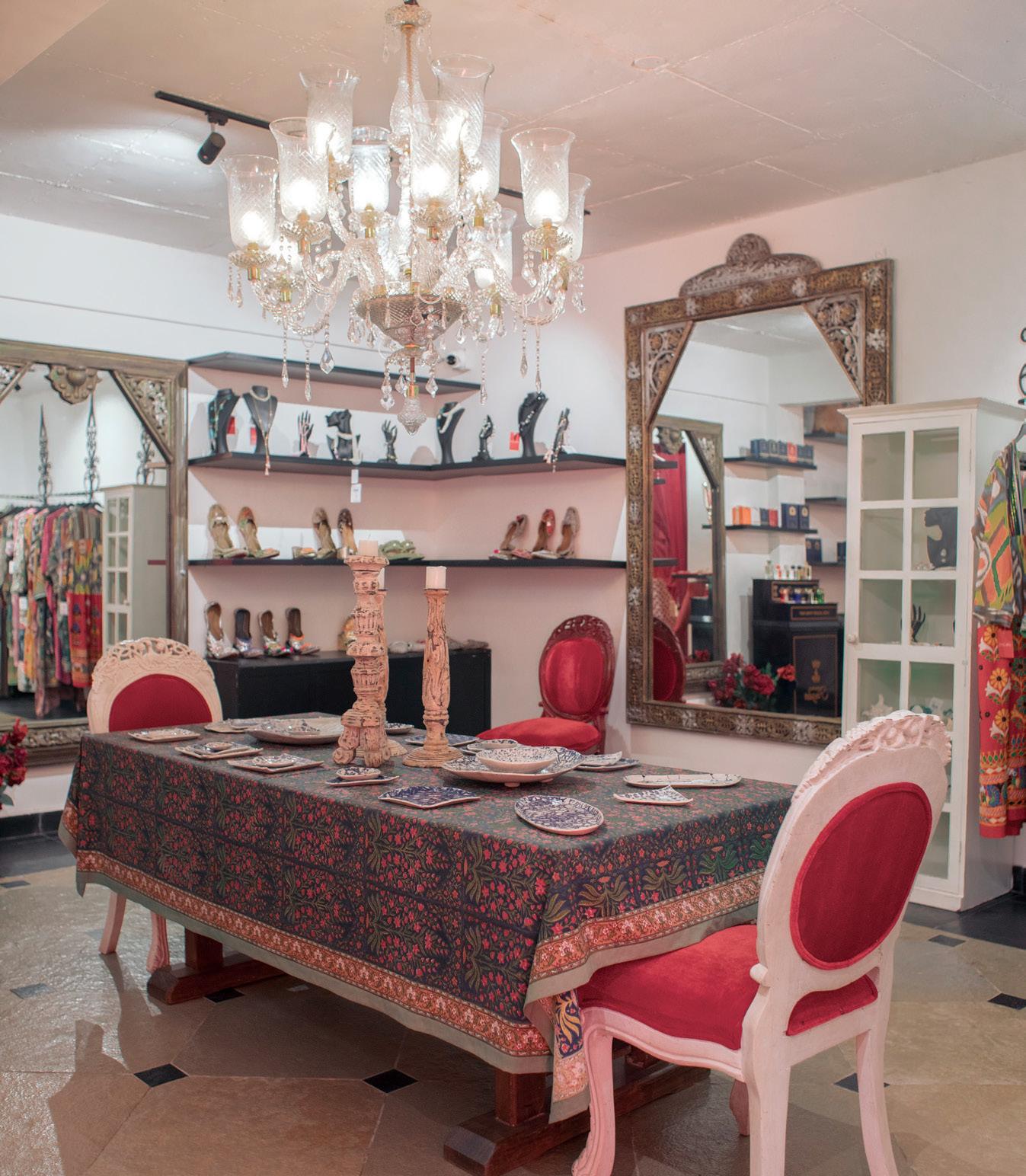
India’s retail and dining scene embraces a global trend where fashion, art, and dining converge, inspired by luxury brands like Dior and Louis Vuitton. In India, this fusion emphasises local heritage, transforming experiential dining into a cultural phenomenon. It blends culinary arts, high fashion, and immersive storytelling, engaging all senses with stunning interiors and curated menus.
Deep within Socorro village, amidst houses that are either a few decades old or newly built villas, abutting lush paddy fields, stands a vibrant red and white mansion that houses Escape—a café, bar, and luxury retail space. This refurbished home blends the Goan soul with global luxury, offering fashion by Ritu Beri and accessories from various designers.
It is rare, almost impossible to find an establishment that covers retail, café and bar into one experiential space in Goa. Escape is a sanctuary of indulgence and mindfulness, combining fine dining,
curated retail, and cultural immersion. “Escape was born from a desire to create a space that blends indulgence with mindfulness—a sanctuary where luxury meets artistic expression. Escape is a holistic experience, combining cultural immersion, fine dining, curated retail and a vibrant social scene. It’s about engagement, inspiration, and discovering beauty in every moment,” says its creator, who saw a gap in Goa for a dynamic hub blending sophistication and meaningful experiences.”
Across India, similar spaces redefine dining and shopping. Chennai’s Amethyst, in a colonial bungalow, merges a fashion boutique, art gallery, and Wild Garden Café, serving European-inspired dishes amid lush gardens. The Project Café in Ahmedabad and Goa, a boutique-hotel hybrid, showcases indie fashion and art, with decor doubling as a gallery and a gourmet café fostering creativity. Jaipur Modern pairs Rajasthani craftsmanship with an organic café, serving farm-fresh dishes in a minimalist, mindful setting.
Socorro has an untouched charm that resonates with Escape’s ethos. Its lush landscapes, winding roads, and sense of a hidden oasis make it ideal for a retreat that feels like a discovery rather than just another luxury destination. Designed as an ‘escape’ into nature and away from the world, Escape hosts curated events—live

CO-FOUNDER, THE ASSA HOUSE
“The
upheaval of 18thcentury France collides with the spice-laden shores of Coromandel, Puducherry, and the flavours of Goa— two regions shaped by their colonial past and coastlines, where revolution wasn’t just political but deeply culinary.”
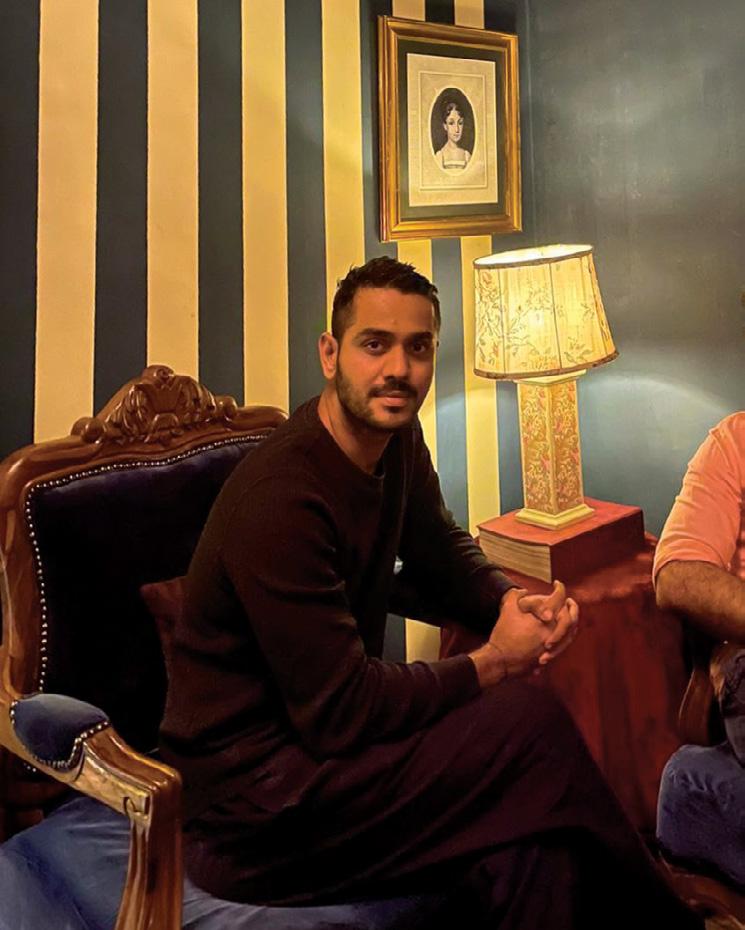
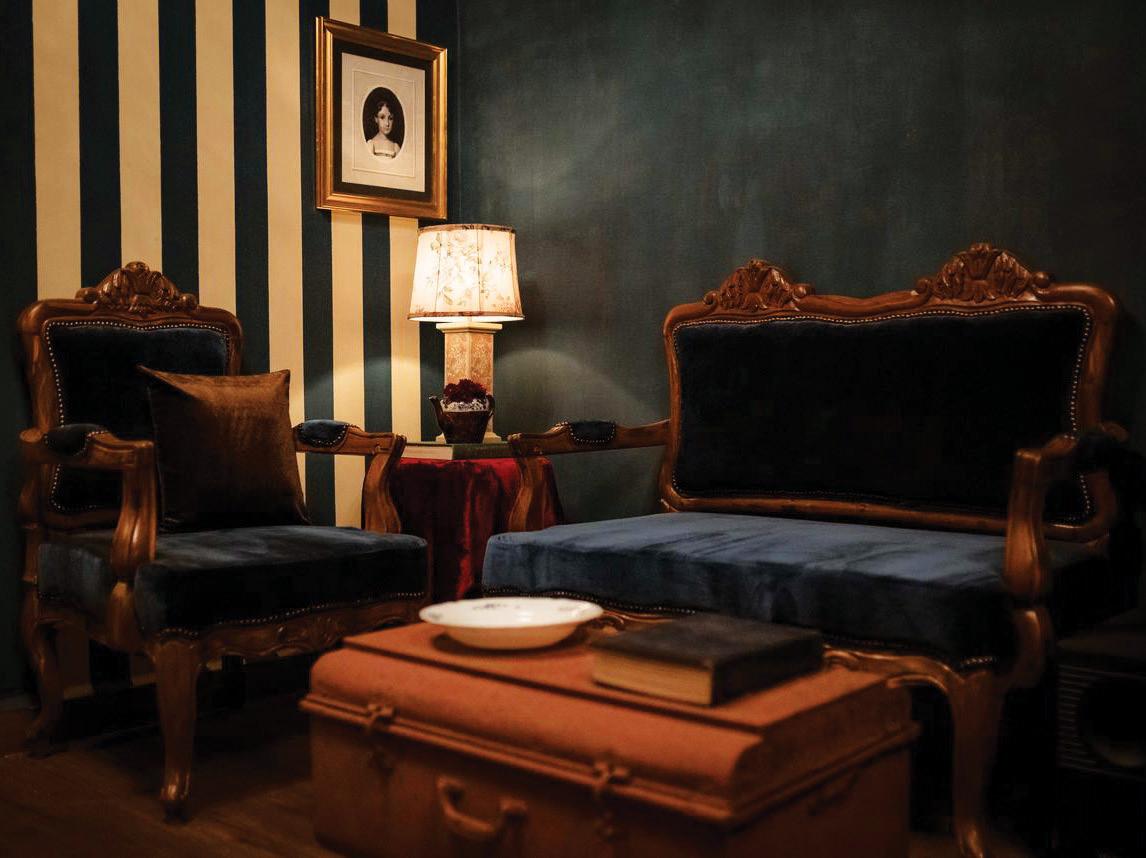
In Goa’s bohemian Siolim neighbourhood, 8 Boheim Avenue stands out as a “cultural address where design, craftsmanship, and lifestyle converge,” says founder and managing director Samarth Bajaj. “We wanted to build a space defined not by opulence, but by meaning. Every element—furniture, fragrance, curation—has a story and point of view.” Set beside expansive paddy fields, its natural rhythm shapes the experience: quiet, grounded, and intentional, a counterpoint to the overly built environments of traditional luxury. What sets 8 Boheim apart is its approach—it doesn’t offer everything, just what matters. Each touchpoint invites reflection, conversation, and connection. This is luxury rooted in expression, not excess.
8 Boheim blends retail, café, bar, and Japanese dining into one immersive experience. “Goa celebrates life in all forms—natural beauty, vibrant culture, and a laid-back yet dynamic energy. We wanted to reflect that in a space that appeals to all senses and moods, where people can enjoy curated shopping, sip coffee, unwind with a drink, or savour exquisite Japanese cuisine.”
music, performances, intimate outdoor dinners, and pop-up showcases for fashion, art, and lifestyle brands.
As immersive, experiential dining gains traction in India, many spaces blend fashion, art, and cuisine.
Siolim, beloved by artists, architects, and bohemians for its peaceful charm, has a river running through it and sits near the Morjim-Mandrem-Ashwem coastline, boasting a lively restaurant and bar scene. “Over the past few years, Siolim has grown in popularity, drawing both locals and travellers. With scenic beaches nearby and easy access to cultural hubs like Assagao and Anjuna, it’s becoming a haven for those escaping tourist-heavy areas while still wanting the best of Goa,” Bajaj adds. “The demand for luxurious yet tranquil retreats here is rising, and we’re proud to offer a space that aligns with the region's evolving identity. The goal wasn’t just to combine categories—
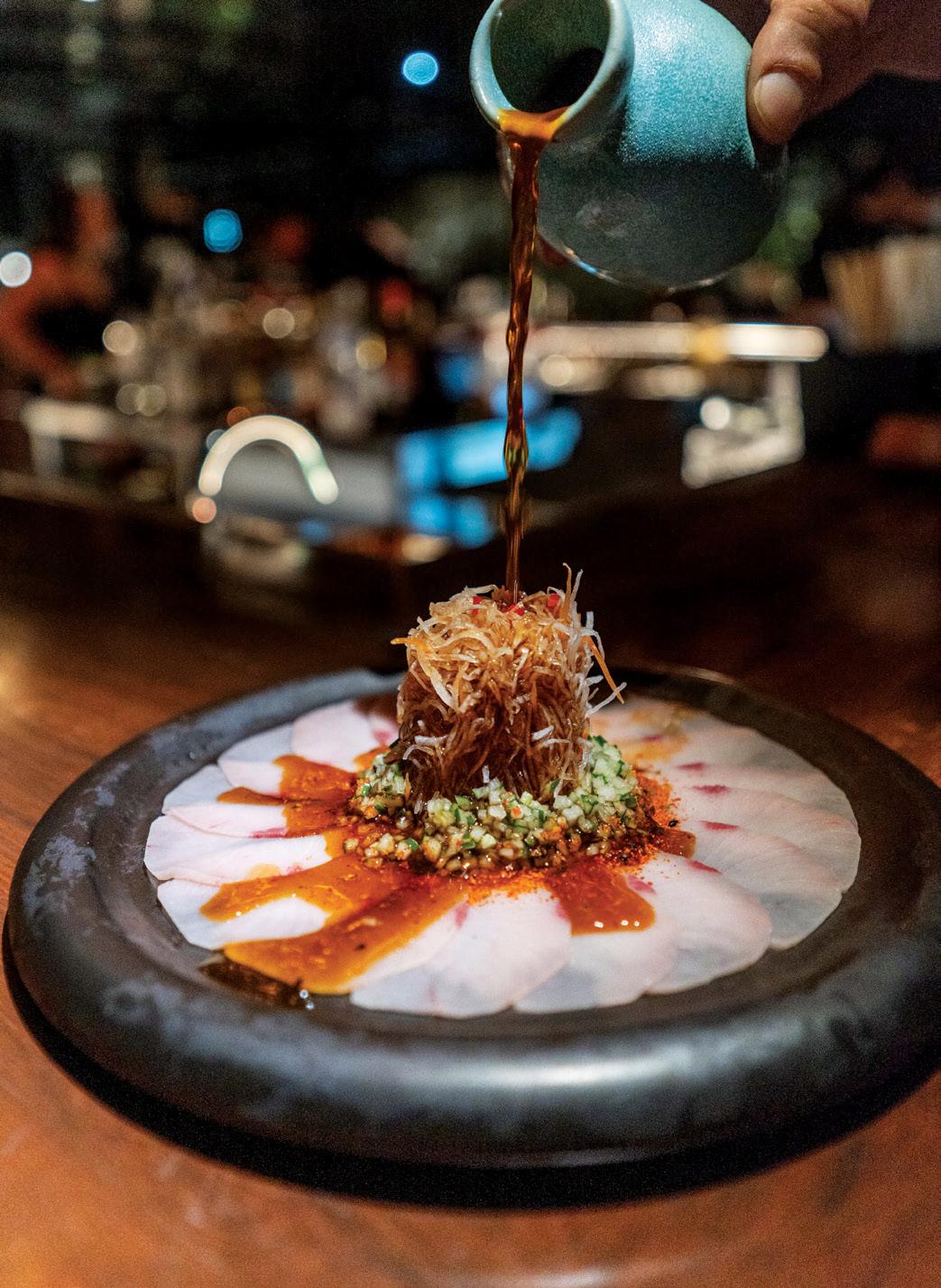
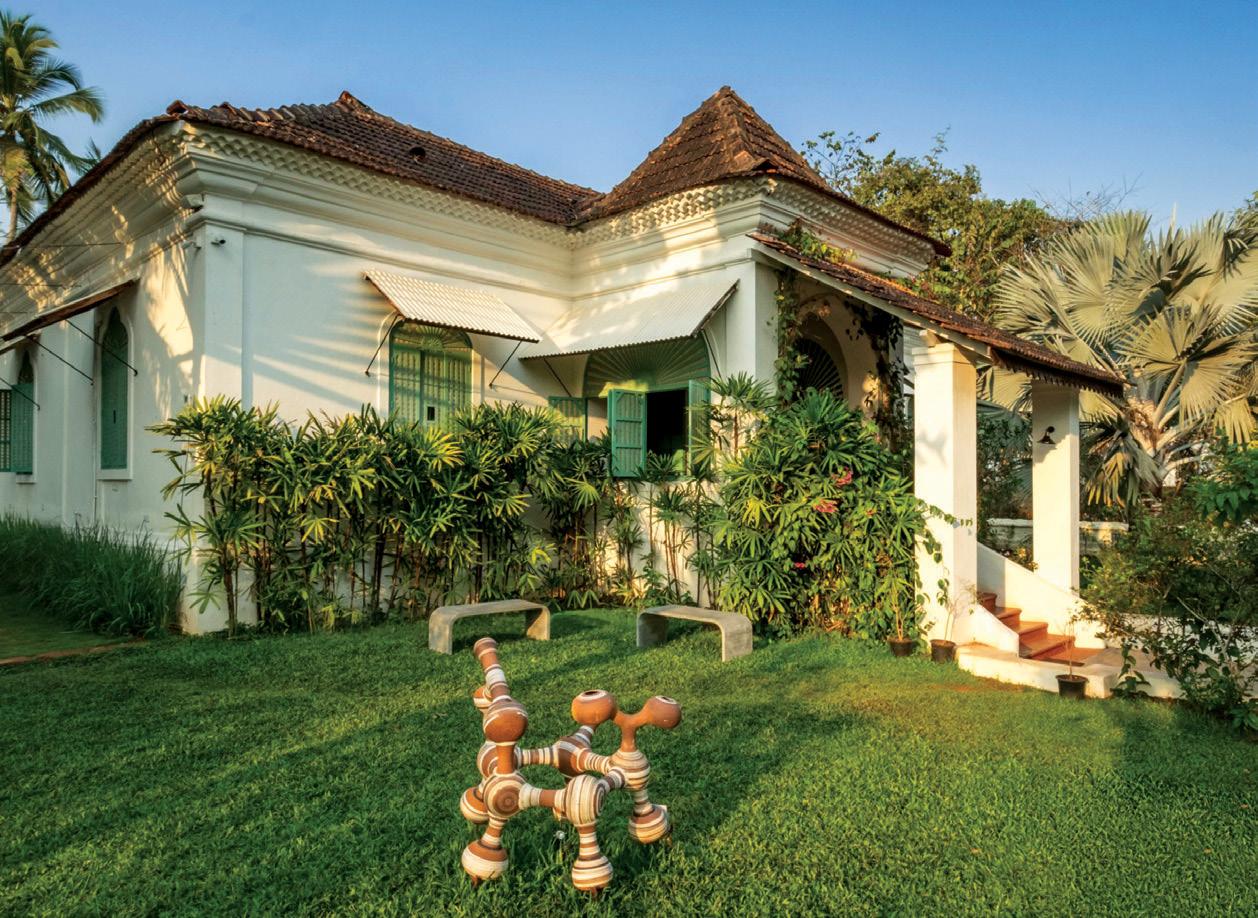
ABOVE: In the village of Aldona, The Project Café Goa is a vibrant hub where art, design and gastronomy come together.
but to build a complete, meaningful experience. Goa draws a community that values detail, craft, and ease.”
Mizu Izakaya Goa, the celebrated Japanese restaurant from Mumbai, has just opened at 8 Boheim and is already generating buzz. “It’s one of the best in the country. I’ve always loved the food, but more than that, I admire Vedant and Lakhan—the minds behind Mizu. Their complementary skills and shared passion made Mizu what it is. When we began discussing the Goa outpost, their vision blew us away.”
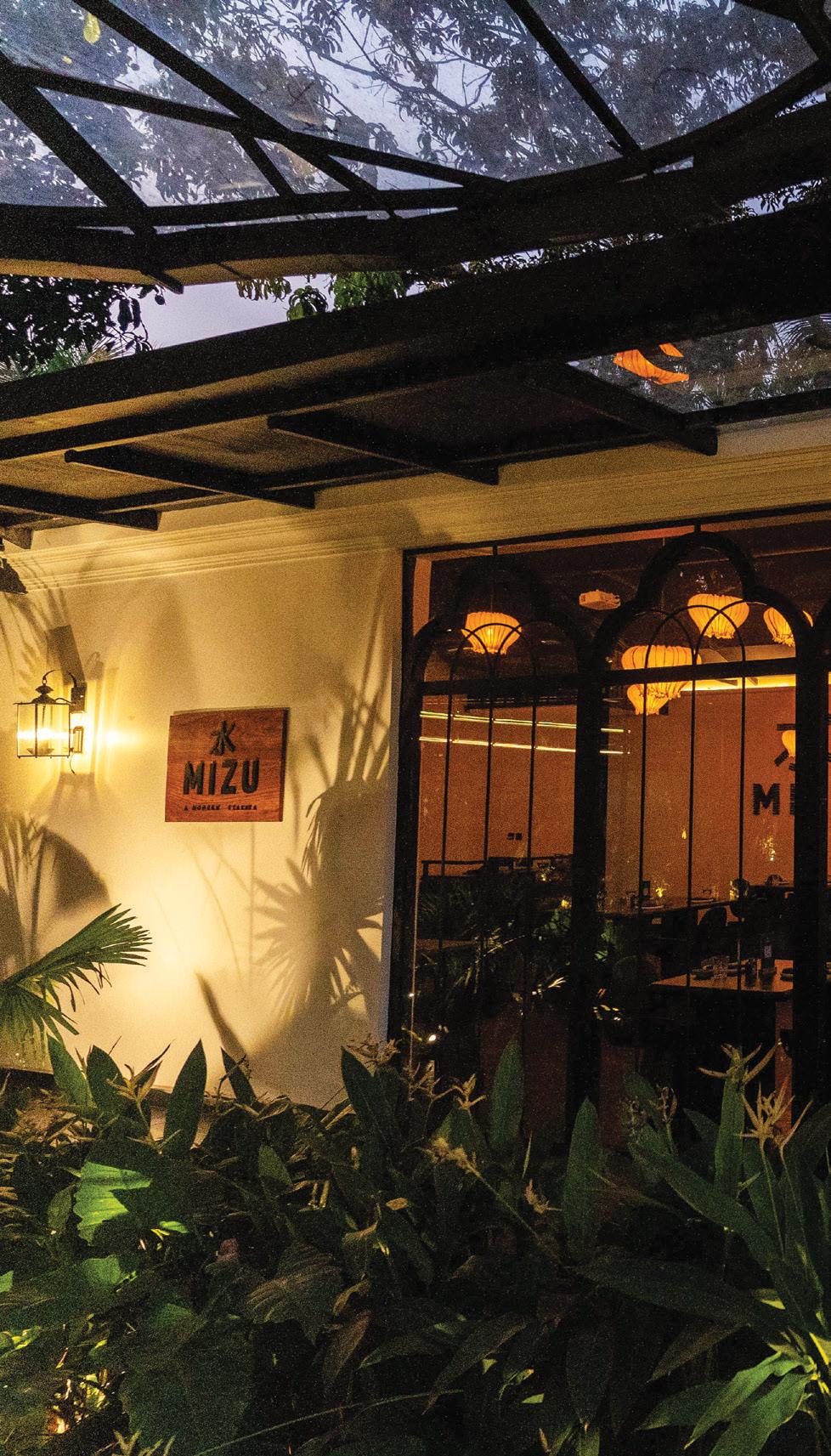
According to chef Lakhan Jethani and Mizu's cofounder Vedant Malik, the Goa chapter was born from a long-standing dream of an intimate restaurant within a Japanese garden. “Goa is one of the few places in India where space allows such creativity. That openness shaped our vision and let us bring it to life.”
Delhi bridalwear designer Varun Bahl’s Café Fleur in the historic Mehrauli district, designed like a Parisian or a Viennese fine dine, is his homage to his opulent design aesthetics and love for European cuisine.
In a state still rich with characterful homes, hotels, and restaurants that evoke Goa’s colonial-era heritage, Escape stands out for its fusion of architectural splendour and contemporary interiors. Set within a


meticulously restored 200-year-old Indo-Portuguese mansion, it features vaulted ceilings and the Mangalore red tiles central to Goa’s architectural lexicon. The sprawling home is accessed by descending from an open-air lobby, anchored by an opulent chandelier and mirrors that reflect the verdant surroundings.
Goan influences are evident in the cut laterite pathways, limestone mosaic floor tiles, and delicate trellises. In some corners, vivid red tiles echo traditional red oxide flooring, while murals of red poppies, monochrome mosaic floors, Uzbek textiles, baroque furnishings, gilded artworks, and patchwork pieces—collected by Beri over the years—add an
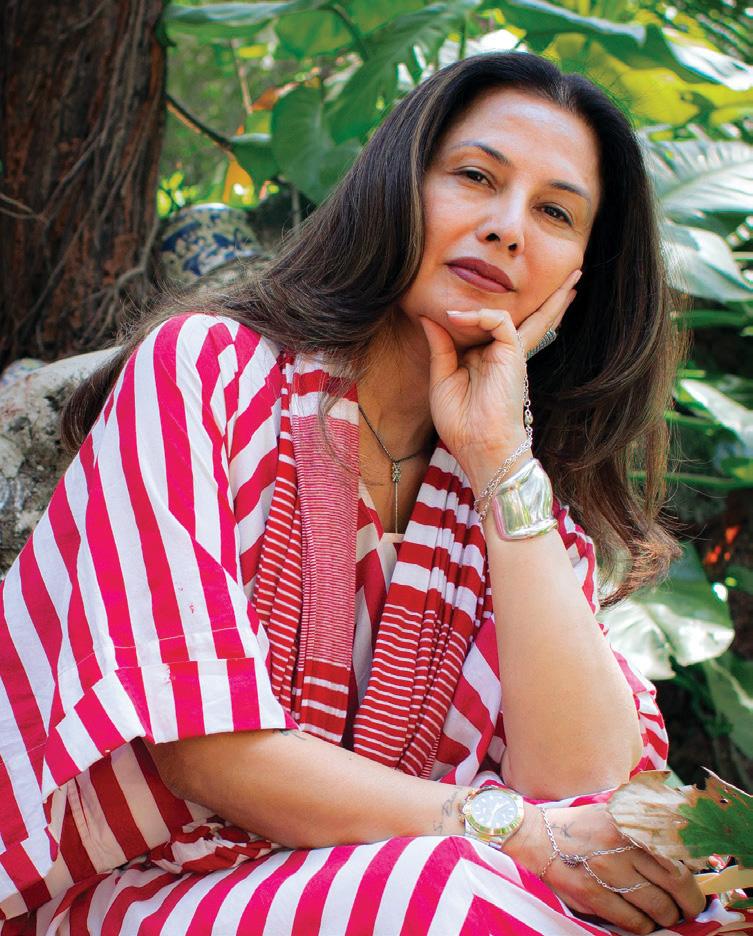
FOUNDER, ESCAPE
“We focused on preserving the architecture’s authenticity while enhancing it with contemporary aesthetics.”
eclectic touch. Built across multiple levels, the retail and dining spaces are dotted with Greek-style statues and overlook fields, a rare sight in North Goa. “The restoration was a labour of love,” says Beri. “We focused on preserving the architecture’s authenticity—exposed beams, heritage tiles, the grandeur of old Goan homes— while enhancing it with contemporary aesthetics. The result is a space that feels timeless yet refreshingly current.”
She describes Escape as a sensorial journey: “Luxury is about the little things—the textures, the ambience, the personal touches. My background in fashion has given me an instinct for curating spaces that feel effortlessly elegant and deeply immersive.”
8 Boheim Avenue, designed by Miheeka Daggubati, sister of Samarth Bajaj, stands on land shaded by mature mango and coconut trees, with paddy fields in front and a bird sanctuary beyond. “Our first principle was: how do we preserve and celebrate this natural beauty?” says Bajaj. “We wanted every space to feel rooted in Goa, to let nature meet functionality and thoughtful design. Miheeka has seamlessly balanced
FOUNDER AND MANAGING DIRECTOR, 8 BOHEIM AVENUE
“We wanted to build a space defined by meaning. Every element—furniture, fragrance, curation—has a story and point of view.”

the integrity of Goan-Portuguese architecture with touches of Japanese influence. From glass ceilings that invite natural light to outdoor seating that lets you dine under trees while protected from the elements—it’s about creating beauty without sacrificing comfort.”
The black-and-white Infinity Bar, awash in candles and mirrors, evokes a playful endlessness. “At the heart of the property is Mizu Izakaya, where the infinity mirror bar becomes a stunning focal point, reflecting its surroundings and creating a dynamic interplay between space and light,” says Bajaj. “The dining area, sheltered under sleek polycarbonate umbrellas, blurs the line between indoors and outdoors, enhancing flow. Thoughtfully designed lighting adds a cinematic quality—from the glowing sushi bar in the glasshouse to the intricately designed bathrooms, a perfect balance of form, function, and unexpected details.”

Mizu Izakaya Goa itself is envisioned as a Japanese garden, abundant with greenery and open-air transitions. “We’ve deliberately avoided creating too many enclosed or divided areas,” says Malik. “We wanted to preserve the easy, natural rhythm of Goa while layering in our aesthetic. Guests will feel a sense of openness and calm—core to Goan living and Japanese garden philosophy.” Goa, he adds, offers a much larger canvas. “The vibe is elevated, but still warm, comfortable, and welcoming. We’ve also leaned more into a bar-forward culture, which energises the space.” Surrounded by lush greenery, the setting invites a peaceful, immersive experience. Malik believes the slower pace and natural beauty lend themselves to mindful dining. “And because guests are often in a holiday frame of mind, they’re more open to experimentation—playful with their food choices. That spirit aligns beautifully with Mizu.”

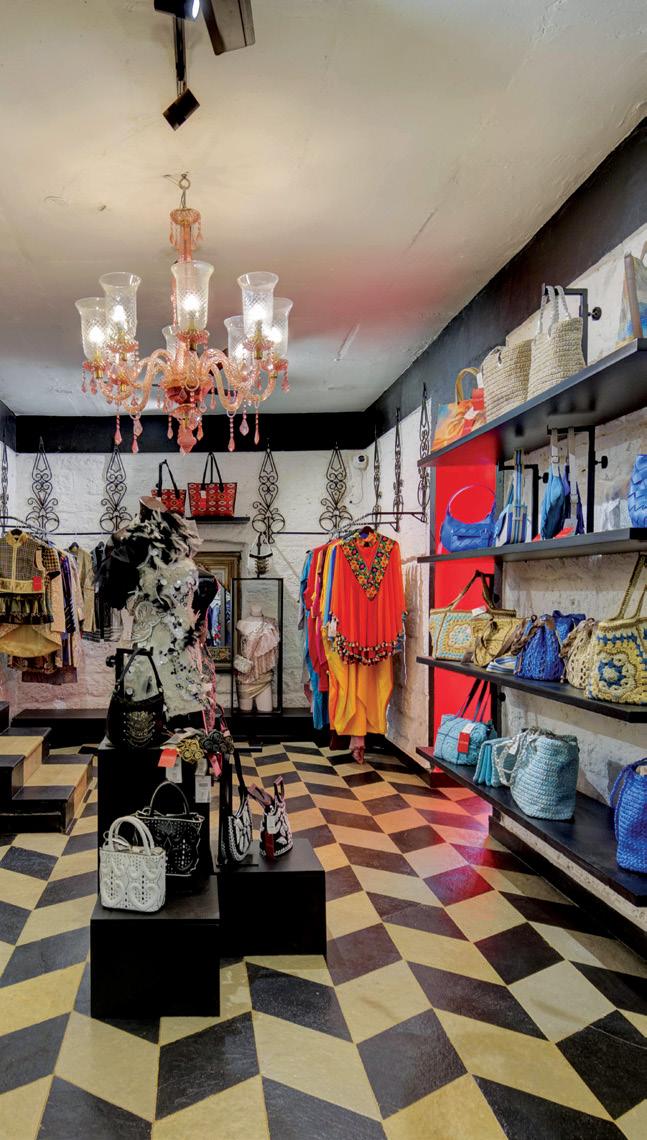
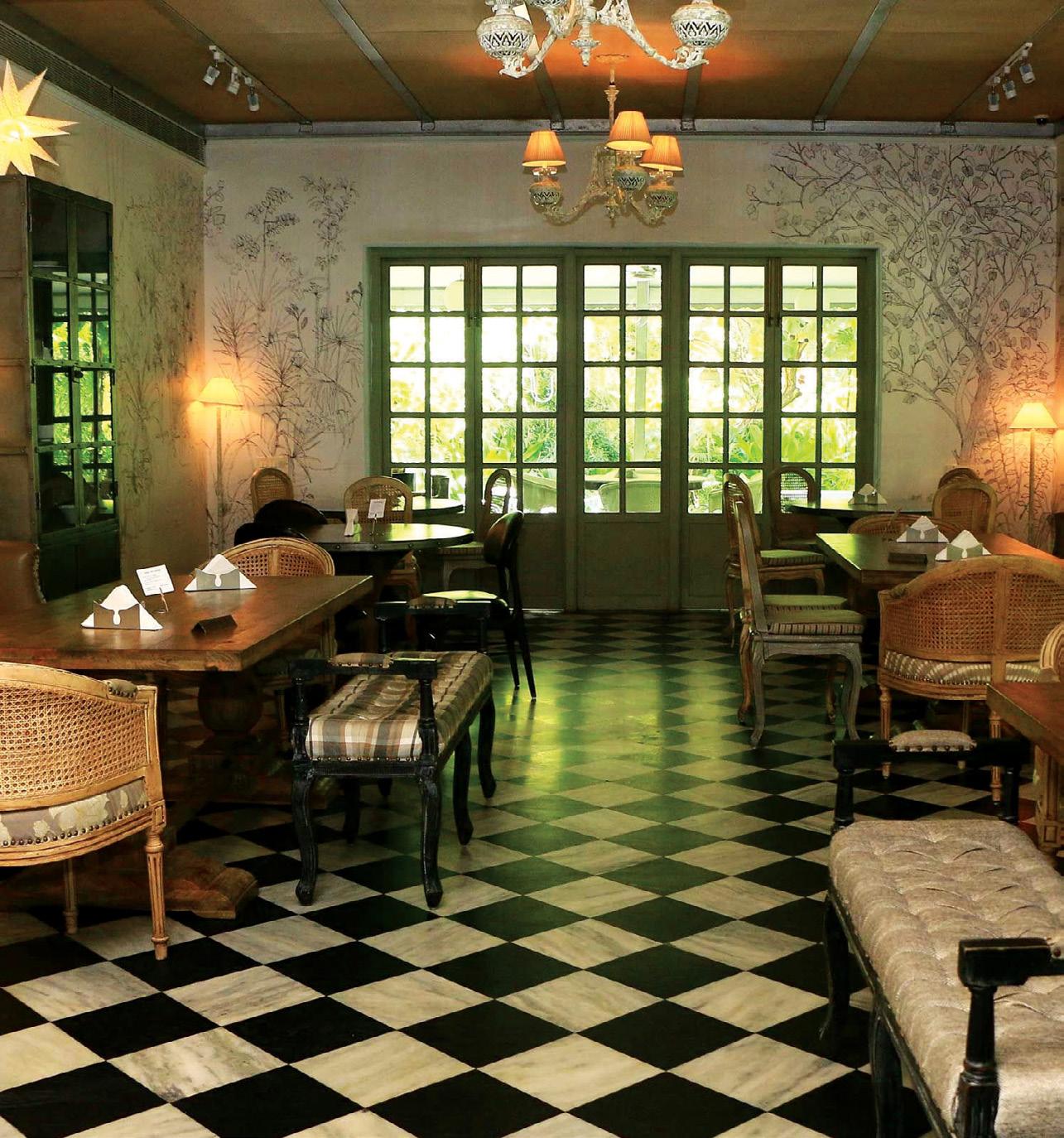
In Assagao, The Assa House is a refined French bistro that blends European elegance with Goan charm. Housed in a restored Portuguese villa, its chic yet cosy ambience features black-and-white harlequin tiles, a striking black marble bar, and white marble tabletops. A portico leads to a serene garden, while the velvet-cloaked bar LouLou, cocktail-forward and live jazz-infused, defines vintage glamour. Designed by co-founder Nitin Wagh, LouLou features jewel-toned velvets, brocades, ambient lighting, and a 110-yearold John Broadwood piano as its centrepiece. Curated
The full-service restaurant sector in India is projected to grow at a CAGR of 11.28%, reaching USD 64.72 billion by 2030, fuelled by a demand for authenticity, regional cuisines, and unique experiences. Consumers, particularly Gen Z, seek dining that doubles as cultural currency, valuing aesthetics, storytelling, and social media-worthy moments. This has led to a surge in restaurants that integrate art and fashion, creating spaces that are as much about visual and emotional impact as much about food.
These spaces are defined by:
Artistic interiors: Restaurants like Torii in Mumbai and Mohan Mahal at The Leela Jaipur use bespoke decor to create immersive environments. Art installations, curated lighting, and textured surfaces turn dining spaces into galleries, appealing to aesthetically driven diners.
Fashion-inspired plating: Chefs treat plates as canvases, with deconstructed dishes and intricate garnishes that mirror the precision of fashion design. For example, in Masque, Mumbai’s dishes are plated to highlight colour contrasts and sculptural forms, much like a designer’s runway piece.
Storytelling and branding: Fashion houses like Dior and Louis Vuitton have popularised culinary ventures globally, and India is following suit. Restaurants use storytelling—through menus, decor, or chef-led experiences—to create emotional connections much like a fashion brand’s narrative.
Social media aesthetics: Gen Z’s obsession with Instagram has propelled visually stunning dining experiences. Restaurants prioritise photogenic dishes and interiors, making them cultural status symbols.
antiques, bespoke glassware, and marble surfaces create intimate nooks reminiscent of a Parisian tavern. The cocktails blend hyperlocal Goan ingredients with global techniques, inspired by European apothecaries. At Café Fleur, Bahl displays his passion for floral prints and European elegance through a profusion of floral motifs and floral-patterned curtains, the interiors wrapped in a softer green shade and enhanced by soft lighting.
In Jaipur, Mohan Mahal at The Leela Jaipur—India’s first zero-electricity restaurant—is illuminated entirely
Major fashion houses such as Dior, Ralph Lauren, Prada, Gucci, and Louis Vuitton have embraced the diningmeets-fashion concept, turning coffee shops and restaurants into tangible expressions of their brand identity.
Ralph’s Coffee (by Ralph Lauren) boasts 28 locations across 12 markets, blending classic American elegance with a relaxed coffeehouse vibe. Dior Café is located in cities such as Paris, Seoul, and Dubai, and reflects the brand’s high fashion aesthetic, with beautiful-looking pastries and signature drinks served on branded porcelain tableware.
Gucci Osteria was spearheaded by Michelinstarred chef Massimo Bottura, and brings Italian luxury dining into the world of Gucci, with locations in Florence, Beverly Hills, and Tokyo. Prada has one of the oldest experiential dining brand, Marchesi 1824, one of Milan’s oldest pastry shops, seamlessly integrating its vintage charm with the brand’s modern elegance. Prada’s Shanghai

restaurant, 米上 (Rong Zhai), designed with Wong Karwai, merges Milanese style with cinematic art in a 1918 mansion.
Le Café Louis Vuitton in New York and Maxime Frédéric at Louis Vuitton in Paris feature monograminspired pastries and Michelin-starred menus. LV The Place Bangkok, headed by chef Gagan Anand,
combines dining with art exhibitions.
For global luxury brands, the dining spaces and cafés are strategic marketing tools, targeting younger consumers and reinforcing brand identity. They often integrate art installations or exhibitions, like Louis Vuitton’s Visionary Journeys in Bangkok, to create multisensory environments.
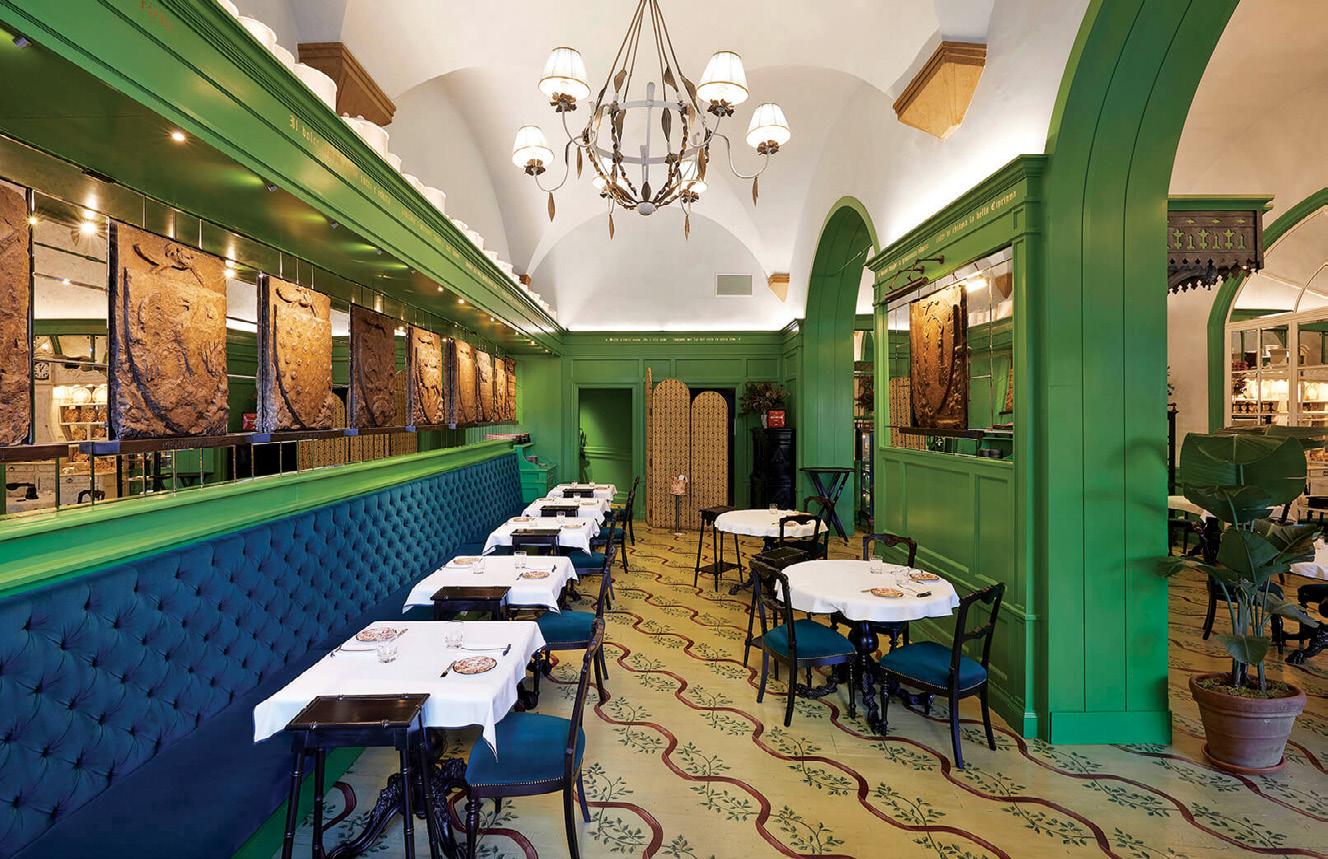





first zero-electricity restaurant, Mohan Mahal
by candlelight and adorned with over 300,000 thikri mirror pieces, inspired by the Sheesh Mahal. Crafted by artisans over three years, the interiors are a tribute to India’s rich heritage. The shimmering reflections and candlelit glow create an haute couture ambience, with each detail meticulously curated. Serving Rajasthani cuisine with regal flair, dining here feels like stepping into a royal palace—a sensory immersion in light, texture, and tradition.
At Escape, a heritage property reimagined for modern sensibilities, the garden café unfurls like a hidden sanctuary. Built around a meandering artificial stream—cleverly engineered to channel
Goa’s famous monsoon runoff into the surrounding fields—it’s a lush, serene spot. The tapas-style menu here includes wild mushroom tacos meet a tender and cloud-like Tres Leches, while the bar—low-lit, laidback, and effortlessly cool—transforms the space into a magnet by nightfall, serving both inventive and classic cocktails.
Just across this evolving culinary map, Mizu Goa stays true to its Mumbai roots, at least for now. “We felt it was important to bring that gold standard here as a starting point,” says chef Lakhan, who helms the kitchen. “Over time, we plan to launch Goa-specific edit dishes inspired by local ingredients and the region’s unique culinary landscape. But our initial goal is to set the benchmark with what we know works and resonates.”

Mizu's philosophy remains uncompromised— premium fish flown in from Japan and local produce like prawns and crab woven seamlessly into the mix. “We also genuinely believe Goa is on the cusp of becoming India’s top destination for serious dining,” Lakhan adds. “The potential is enormous; it needs thoughtful, quality-driven concepts to elevate the scene. And we're excited to be a part of that movement.”
Research is already underway for a Goa-exclusive menu. “For the past two months, we’ve been actively exploring local markets, speaking to fishermen, and researching the region to understand what Goa’s land and sea have to offer,” says Lakhan. “There’s been a lot
of testing and trial runs as we look to incorporate local ingredients in thoughtful, creative ways. The idea is to craft a menu that feels rooted in Goa while staying true to the Mizu philosophy.”
Across town, The Assa House offers a radically different yet equally nuanced dining experience. Known for its elegant Franco-Goan setting, it recently unveiled the Coromandel Thali—a bold, historically inspired concept from owner-designer Nitin Wagh and chef Kalpesh. “Food here is a quiet rebellion. History is plated, rebellion is served,” says Wagh. The upheaval of 18th-century France collides with the spice-laden shores of Coromandel, Puducherry, and the flavours

CHEF AND CO-FOUNDER, MIZU
“Over time, we plan to launch Goa-specific edit dishes inspired by the region’s unique culinary landscape. But our initial goal is to set the benchmark with what we know works and resonates.”
VEDANT MALIK CO-FOUNDER, MIZU
“We wanted to preserve the easy rhythm of Goa at Mizu Goa, while layering in our aesthetic. Guests will feel a sense of openness and calm.”

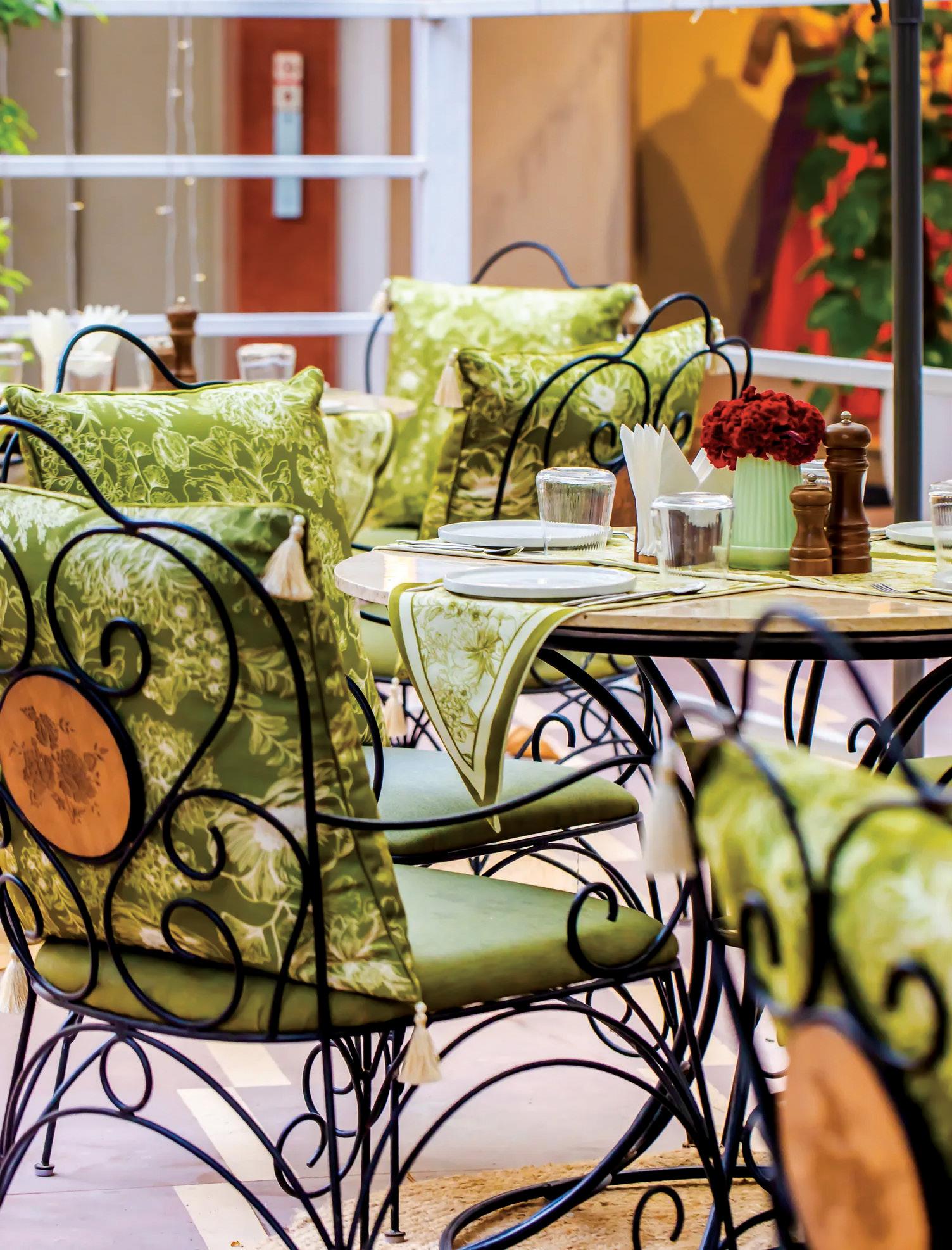
of Goa—two regions shaped by their colonial past and coastlines, where revolution wasn’t just political but deeply culinary.”
The result is vivid, layered thalis where every bite tells a story. Goa’s punchy, preserved notes come through in beef and prawn pickles, tangy cashew fruit, and bimbli. From the Tamil side, podi-dusted focaccia and tamarind-coconut curries bring the heat. French techniques are embedded throughout—from the Ratatouille Aviyal, where Provençal vegetables are simmered in southern coconut gravy, to Peacock Clam Albuginéa, an elegant interplay of garlic butter and tender coconut milk. Podi Focaccia and Raswada (a meatless jus of zucchini, brinjal, and bell peppers) showcase culinary dexterity and deep, thoughtful creativity.
The experimentation between design and dining, the Parisian style bar, the French-style restaurant and the Franco-Tamil Coromandel cuisine defines the experiential dining trend.
The fusion of curated interiors, artistic expression, and meticulously crafted menus creates a multisensory experience that epitomises the rise of experiential dining. Spaces like The Project Café and Amethyst go beyond the plate, fostering community through events, workshops, and exhibitions, while their design narratives celebrate craftsmanship and culture. These venues exemplify a new chapter in India’s dining landscape—where art, fashion, and cuisine converge to transform restaurants into cultural destinations, rich in storytelling and immersion.

Minor Hotels makes a decisive play in India with the launch of Anantara Jaipur, its first luxury flagship. Backed by a pipeline of 50 hotels over the next decade, the group is deepening its multi-brand presence across key Indian markets.
SUMAN TARAFDAR

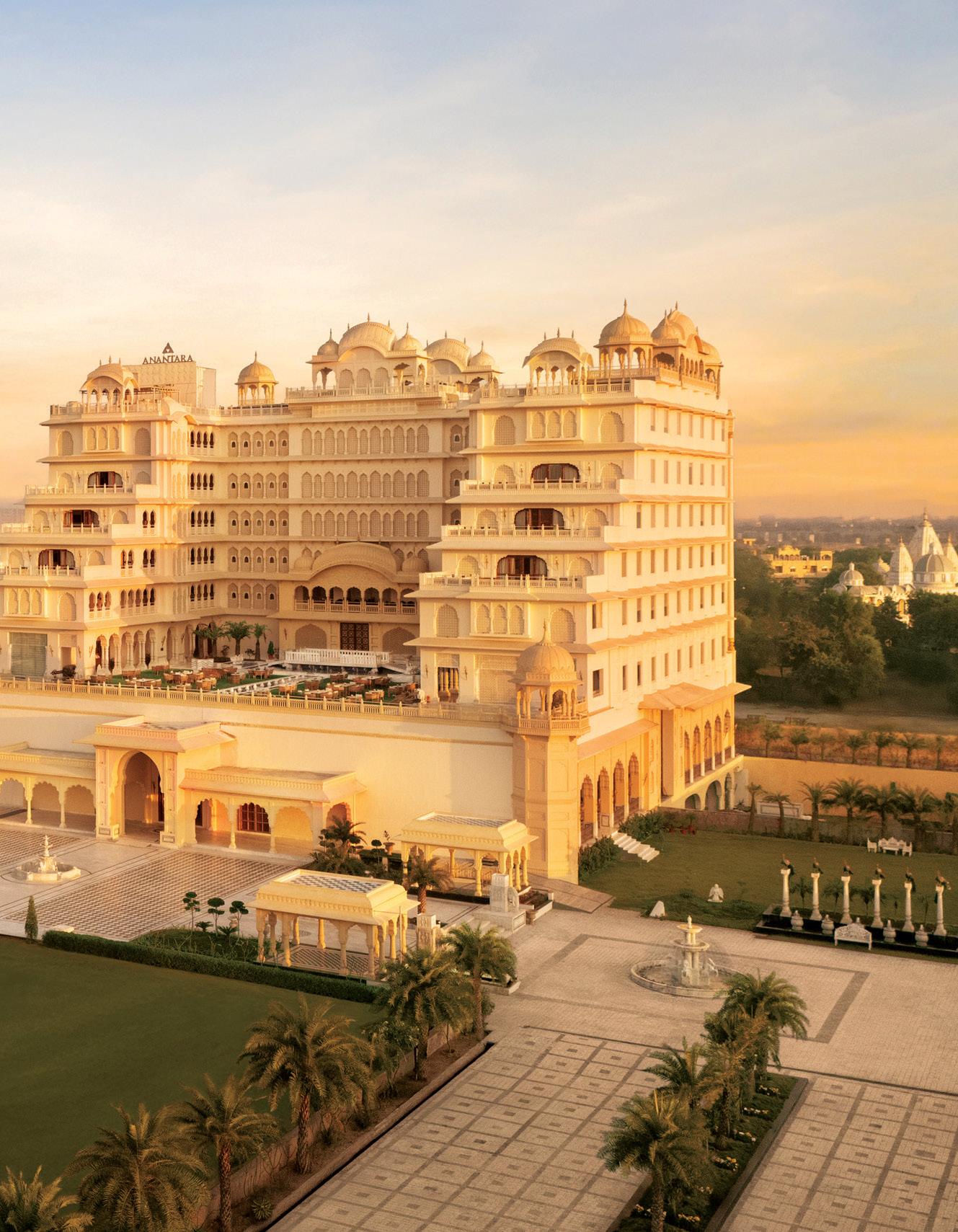
If you are a White Lotus fan (who isn’t) , the name Anantara will frequently pop up in conversations in reference to the said series. That’s because Season 3 of the racy series was shot in three of the brand’s hotels in Thailand.
Indeed, Anantara has launched the ‘Lotus Awakening Escape’ package. Well, you can experience the pleasures of the brand closer home, with the first Anantara that has opened in the country, in Jaipur. With this, Minor Hotels makes a
significant foray into India. Not its first though. Oaks, one of its other brands, has opened earlier.
However, with its announcement of opening 50 hotels in India over the next decade, Minor Hotels is set to speed up its presence in India. It has also announced the launch of Memories by Minor Hotels, a curated Indian wedding programme designed to elevate destination weddings.
The Bangkok-headquartered group, which has over 550 hotels
across eight brands, has been especially noteworthy for its acquisitions in the past few years. In 2024, the group posted its strongest full-year results on record, reporting a 16% jump in net profit. SOH caught up with Dillip Rajakarier, CEO and Puneet Dhawan, Head of Asia, Minor Hotels, to understand the group's plans as it restructures and launches several initiatives globally even as it proactively eyes growth in the Indian market.
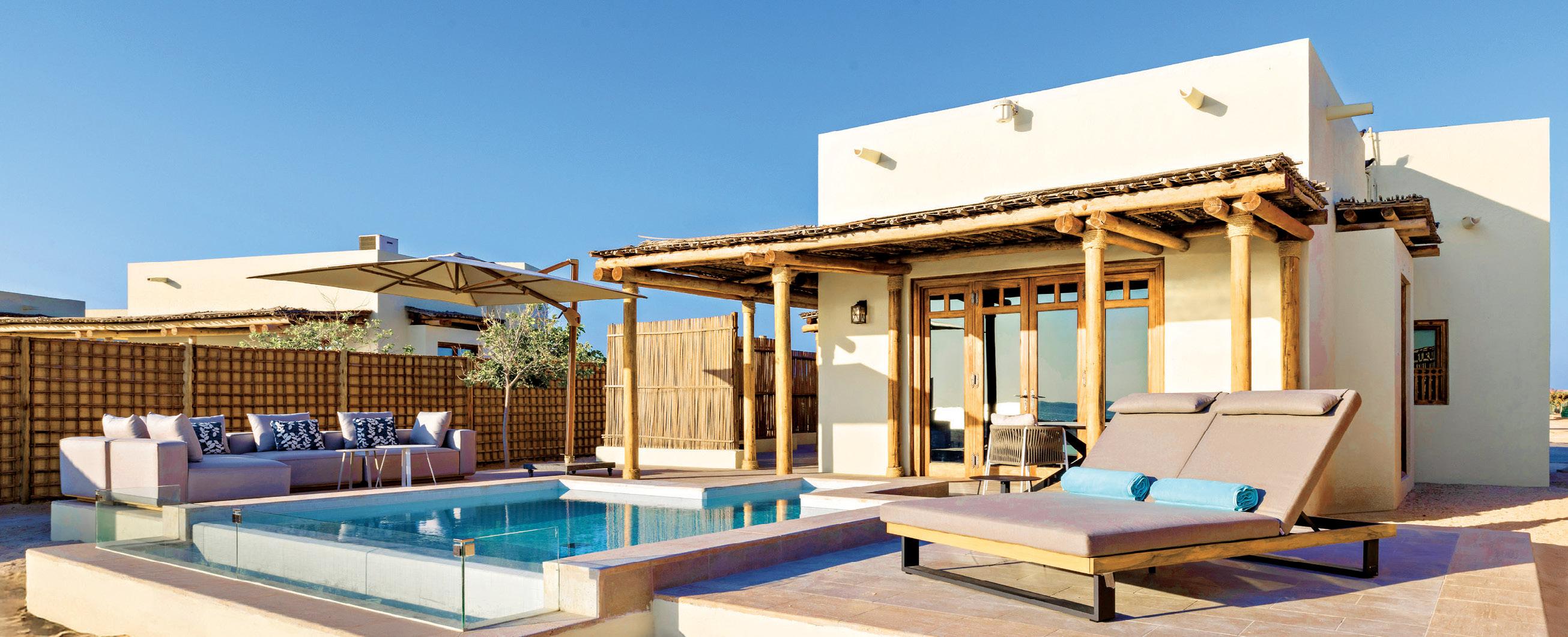
8
HOTEL BRANDS
560+
HOTELS
MINOR HOTELS IS PART OF PUBLICLY LISTED MINOR INTERNATIONAL—ONE OF THE LARGEST HOSPITALITY AND LEISURE COMPANIES IN THE ASIA-PACIFIC REGION.
80,000+
ROOMS
58+
COUNTRIES
THE COMPANY IS ALSO KNOWN FOR ITS INTERNATIONAL RETAIL AND LIFESTYLE BRANDS, AND ITS SUBSIDIARY, MINOR FOOD GROUP, IS ONE OF THE WORLD'S LARGEST RESTAURANT COMPANIES WITH MORE THAN 2,600+ OUTLETS IN 24 COUNTRIES.
Minor Hotels, which has in the last decade acquired several hotel companies across the world, has unveiled its new masterbrand strategy that brings its eight hotel brands—Anantara, Avani, Elewana Collection, NH, NH Collection, nhow, Oaks and Tivoli —and travel experience brands together under the Minor Hotels banner, highlighting the group’s offerings and solidifying Minor Hotels’ perception among its stakeholders.
“Our value-driven evolution, powered by enhanced digital platforms, a streamlined loyalty program, and a strong distribution strategy, reflects our ambition to deliver extraordinary hospitality experiences to our guests and be the partner of choice for owners and investors,” says Ian Di Tullio, Chief Commercial Officer, Minor Hotels.
A new brand identity brings with it a new look to the logo. The arrowhead within the ‘M’ of the Minor Hotels logo represents direction and guidance, pointing the way to discovery, connection and adventure, and reflects Minor's role in shaping meaningful guest journeys. The visual identity is completed with a refreshed colour palette, signature brand fonts and eyecatching photography. The new brand essence—What Matters Most—and voice will share Minor Hotels’ stories in tune with the needs and desires of today’s consumers, stakeholders and team members.
Guests will interact with the Minor Hotels brand through all consumer touchpoints, starting with digital and mobile platforms and other changes involving marketing and sales channels and at Minor Hotels’ properties, according to the brand. They can also expect to see Minor Hotels more frequently through multi-brand communications and advertising.
Minor Hotels’ hotel brands, each with a unique character and offering, will retain their
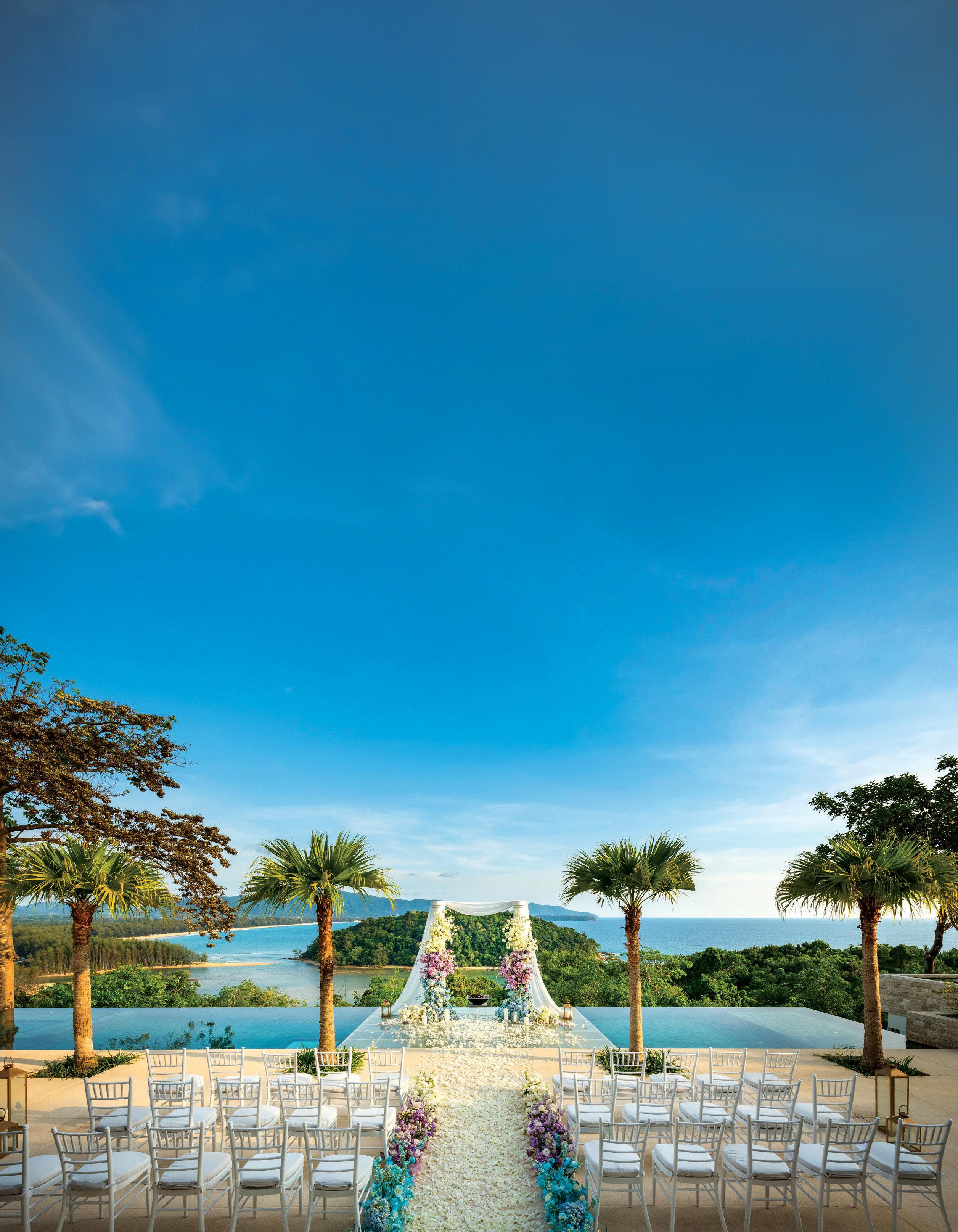
brand identity, websites and marketing, and will now also benefit from the development of the overarching Minor Hotels brand, done in tandem with the hotel brands.
The group has relaunched minorhotels.com as a consumer site, shifting its focus from a corporate and developmentcentric site. Guests can now book any of Minor Hotels’ over 560 properties on one website as well as find destination information. Moving away from hotel brand-specific apps, Minor Hotels has also launched a new mobile app, creating a single go-to app for all its brands. Travellers can use the app to book stays, manage bookings and gather destination information.
During their stay, guests can enhance their experience by using the app to interact with hotel team members and request services. Minor Hotels will continue to recognise its guests through the Global Hotel Alliance’s (GHA) loyalty programme, GHA DISCOVERY, under a new name: Minor DISCOVERY, replacing all the earlier brand programmes.
Congratulations on the opening of the first Anantara in India. How does it help the Minor flag forward in the country?
We were fortunate enough to open the first Anantara last year in Jaipur. It truly gained significant momentum as well. Indian customers understand the brand; they love the brand not just only in India but globally as well. So I think that's helped us to put Anantara and other Minor brands on the map in India. We have a huge increase in the Indian segment coming outbound into our hotels in Europe, also into our hotels in the Middle East and more importantly, into our hotels in Thailand and Asia. And that's coming from various segments—whether it's leisure, conferences, or even weddings, which is a big one.
You recently announced that you would have 50 hotels in 10 years in India. As Anantara is not going to be the brand that takes you to that number, how will you get there?
We will look at all the brands because I think the good thing with Minor is that our brands are very segmented; they don't overlap each other and we don't

have an influx of brands like some of the other big operators where they are unable to define what the brand values or the brand immersion is. So in our case, we have brands in each of the segments and we feel that for India, all these segments will work depending on where you are. For example, the Anantara brand will work in the gateway cities in India. NH Collection, NH and Avani will work in other tiers as well and the mid-scale brands will work in the tertiary cities. That's how we see the growth of our brands over the next 10 years in India.
Are there more Anantaras in the pipeline in India? Is there an existing pipeline?
Yes, we do. We will be announcing more Anantaras in the coming months. Seven projects in the pipeline are being discussed, which we will convert into our different brands. These, too, will be announced in the coming months. Of course, some of them are rebrands, and some of them are greenfield properties. As you know, with the challenges you have in India, some hotels can take four to five years before they open. What is your plan, given that various
domestic and international are currently on a rapid expansion spree in India?
Well, as a first commitment, we always think like owners because we have ownership of our hotels, which makes us very different from a pure management company or a pure marketing brand. We have an owner's mindset, like we have invested in India. We have opened our office here to show our commitment and to show that we are serious about growing our brands in India. We have employed people on the development side, on operations, and the commercial side from India.
However, when we go into a new country, we initially go on an asset-light model to understand how the country works, the optics, everything. And once we are comfortable, then we start to invest. So the investment will come in the future, not now.
This seems to be an opportunity period for hospitality in India. How is Minor Hotels eyeing this space?
India as a market, with the size of its population, poses an opportunity in terms of people. There's a strong demand. People thought travel was going to be a spike and then it's going to stabilise. But we haven't seen that
happening. We are seeing the upward trend continuing and it will continue because there are more and more people travelling today—whether it's for leisure, business, leisure combined with business, experiential travel, or whether it's the new gen who are the digital nomads of the world.
So, we see that segment expanding. In the old days, we used to talk about high season, low season, mid-season—that is slowly disappearing because it's becoming all season for most of the hotels.
Hospitality in India is dependent on or linked to the economy doing well. In the last six months, our stock market has dropped by about 10%, and a lot of corporations are looking to cut costs. Does it give a pause to the hospitality sector?
What we have seen is that post-COVID, a lot of the companies have resized. I don't call it cost-cutting, but rather resizing and creating more efficiency and talent, or reskilling talent into other sectors. We don't see any decline in that segment. Instead, there's been an increase. Take Europe, for example. Post-COVID, Europe went through many challenges. The interest rates went up, the energy prices went up, labour costs
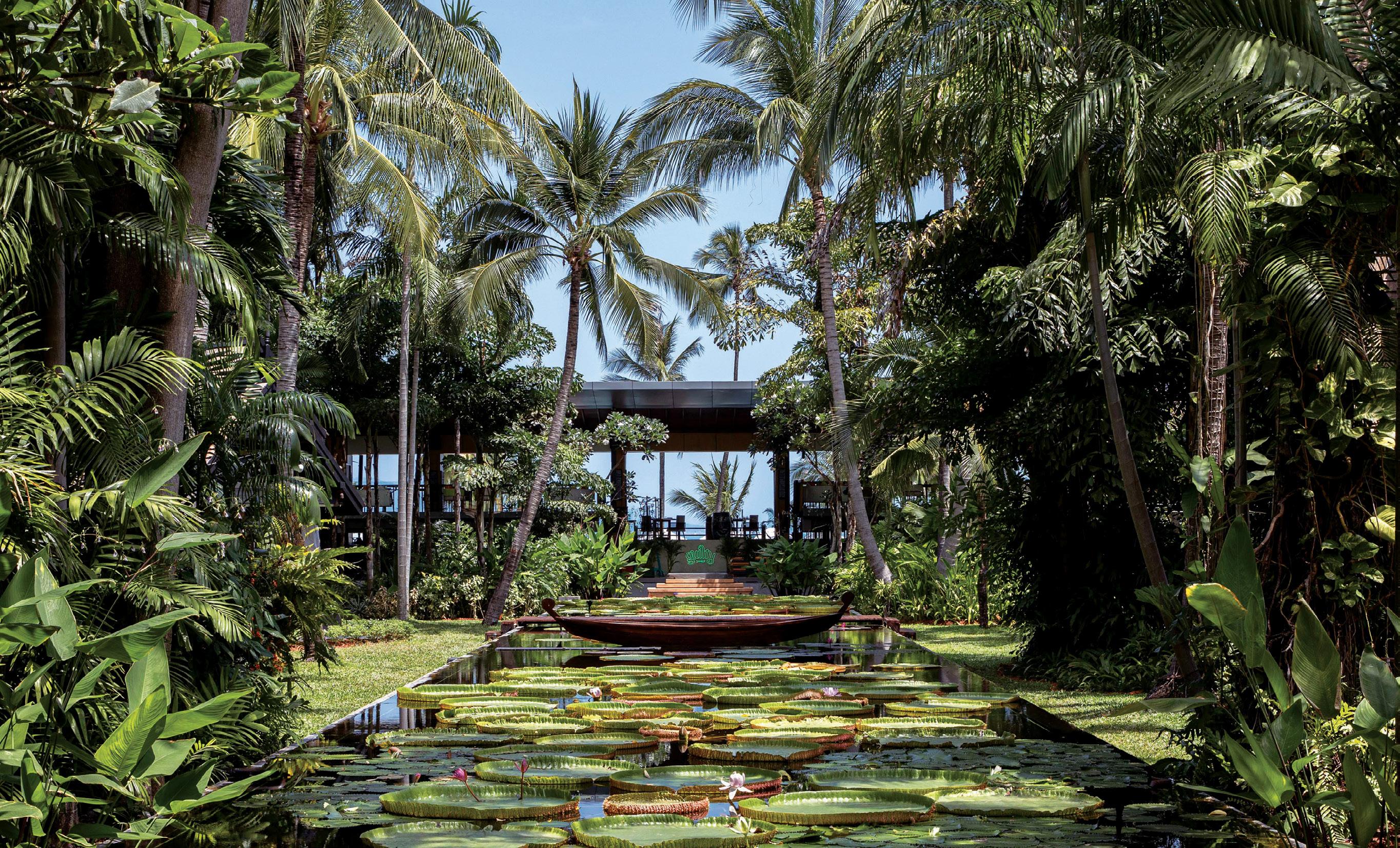
“In the past, we worked in silos with all our brands. We are bringing all of those brands under one umbrella which is called Minor. That's going to be a huge consumer-facing uplift.”

went up, and inflation went up in most of the European countries. But if you look at our numbers in Europe, we have had some of the best years ever.
I think hospitality, which has a $10 trillion spend, will only continue to increase and not decrease in the future.
Do you see the Indian domestic market continuing to be strong?
I have never seen a country which has been so progressive. The way India is building airports today, I have to say the leadership has been truly phenomenal. Airports create connectivity, they drive traffic. Creating that infrastructure is a big thing. That infrastructure then promotes investments in terms of hospitality, corporate travel, and companies establishing themselves in India. These are things which will help India to continue to have that momentum in terms of growth.
How is Minor looking at the opportunity in the mid-scale segment in India, which many
regard as the fastest growth segment in India?
We would like to map out the key gateway cities, Tier I, Tier II and Tier III cities, which will have more midscale hotels. If you put a mid-scale in a Tier I city where the land cost is high, it will not work. A hotel is not a hobby any more for investors. They are accountable to their shareholders and we are accountable as well. We will be careful in terms of how we segment the market and how we position our hotels.
Given that there are so many brands chasing owners right now in India, how would you distinguish yourself from the competition?
It's easy. Anantara was voted as the number-one brand by USA Today a few years ago. Some of our hotels are outstanding compared to some of the other concepts— because we talk about experiential travel, authentic experiences and are indigenous to the culture. If you look at Anantara, Jaipur, it brings Indian culture into the hotel. It's not a cookie-cutter approach.

Creating those experiences and the storytelling makes us very different from the other brands. People love Anantara as a brand. Maybe a decade ago, not many knew Anantara, but today everyone knows the name. The challenge we face is from owners wanting Anantara as a brand, but we cannot build one in all cities. We have to be careful because we don't want to dilute the brand.
I don't want to be like the big brands where you throw a stone and you hit one of their big brands; it cannibalises the owners. For us, it has to be very authentic, very unique.


At the moment, brand loyalty points seem to be a major way to lure Indian customers to them. How are you looking at this?
If you look at the loyalty members per key, we are the highest compared to any other bigger brands. For some of them, the only objective is to become a marketing-oriented brand and to put flags on the map. For us to come up with our owner mindset, it has to be an asset-right mindset, not asset-light or asset-heavy. That's what makes us truly competitive in the market. The GHA programme is much more distinctive because it's a dollar-based programme. You don't need a PhD to work out how many points you need to burn if you want to stay in a Marriott Courtyard or a St. Regis.

We also offer choices across 40 different brands as of today. We intend to grow that much faster, much quicker in the coming years.
Any other priority in terms of the Indian market as well as for the group right now? We have just launched what we call the master brand. In the past, we worked in silos with all our brands. We are bringing all of those under one umbrella which is called Minor. That's going to be a huge consumer-facing uplift. It will become a B2C brand. We are making sure that we can then bring all our brands together and offer the guests a choice at the same time.
The Minor Hotels rebrand is a natural progression for us, building on a success story spanning more than five decades. It isn’t just about driving revenue and profitability; it’s also about harnessing the strength of our diversity, our knowledge and team members to achieve long-term sustainable growth and invest in the guest experience. Unifying all our hotel brands and travel experiences under the Minor Hotels umbrella will help us strengthen our positioning in the hospitality industry and help us deliver on our growth ambitions.
We are looking at two additional brands. One is in the ultra-luxury sector and one is in the upper upscale sector. We have launched a new wellness concept. Wellness is growing fast because longevity is becoming the most important factor for people, especially after COVID-19.
We have also launched a hospitality school in collaboration with Les Roches, as talent continues to be a challenge for the sector.
How is Minor approaching the Indian market?
We are more interested in India. We opened the Anantara Jewel Bagh in Jaipur in mid-November, and frankly, we are quite amazed by the response. The hotel has been pretty much sold out from the day we opened until April.
There’s been a lot of demand for bedding. It’s a beautiful property—150 rooms—and it truly embodies the spirit of Anantara. For us, it's not just about the grandeur or the stunning architecture, which is fabulous. It’s also about the service we provide, the attention to detail, and the experiences we create for our guests. That’s what sets us apart from other brands.
What are your plans for the other brands from the group?
Other brands are doing a fabulous job in India as well. But Anantara is a brand that was born over 25 years ago in Thailand. Thai hospitality—arguably among the best in the world—combined with India’s deeprooted culture of Atithi Devo Bhava makes for a great combination. The feedback has been incredible. As I said, we’ve been nearly sold out since opening.
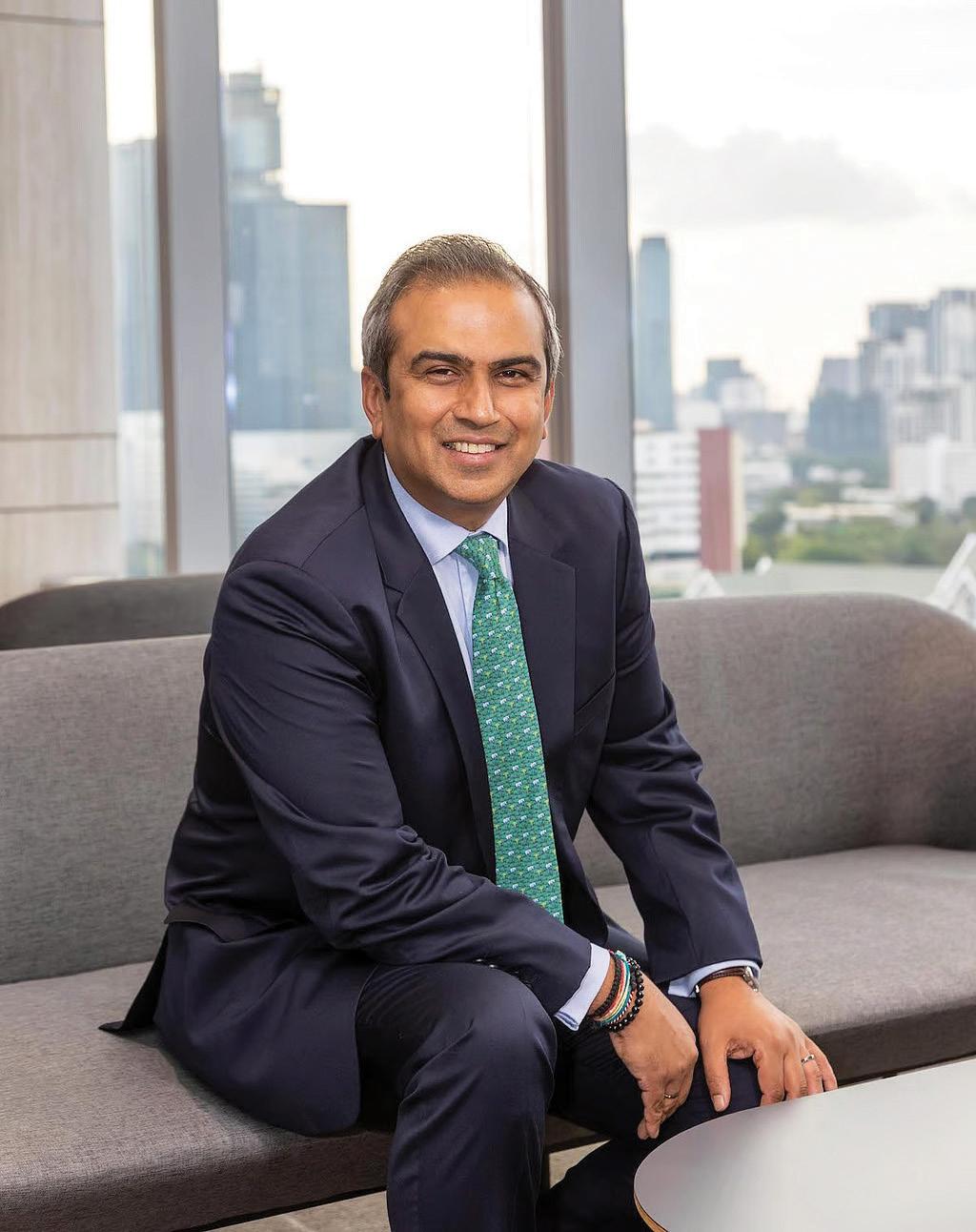
Very recently, we signed another property—we’re bringing the Avani brand to India. The first Avani in India will open in Visakhapatnam. It's a very exciting project for us, with some branded residences included as well—a beautiful Avani hotel combined with residential units.
Given how competitive the hospitality segment is in India, what are the main differentiators for Minor compared to others in the same space?
First of all, when it comes to leisure, there's no comparison to Anantara. Our brand DNA is rooted in leisure and resort hospitality, and we’ve since expanded into branded residences. What we offer is very different from what most existing luxury players have in India.
Then there are our premium and select-service brands, like Avani and NH Hotel Group. Combined with our global distribution network—something domestic luxury players may not have—that becomes a significant differentiator. We truly believe in experiential hospitality.



“India still lacks true leisure hospitality. Real resorts that offer exceptional F&B, MICE facilities, and strong wellness programming are limited. Wellness is a strong pillar for Anantara.
It’s about creating unique experiences. We’ve never hesitated to enter offbeat locations. For instance, we have a beautiful Anantara in Chiang Rai, in the north of Thailand—built within an elephant reserve. It's stunning.
Many of our hotels are not in typical ‘AAA’ locations, but we believe in the strength of our experiences, our brand, and our global presence. Just look at our
portfolio—from Anantara in Rome, Santorini, Abu Dhabi, Ras Al Khaimah (which just opened), to our new property in Ubud, Bali—they’re all remarkable destinations.
India still lacks true leisure hospitality. Real resorts that offer exceptional F&B, MICE facilities, and strong wellness programming are limited. Wellness is a strong pillar for Anantara. We recently launched Layan Life by Anantara in Phuket—a 20,000 sq. ft. holistic wellness centre. It’s not just spa treatments—it includes IV drips, traditional Thai and Chinese medicine, and craniosacral therapy. It’s a very comprehensive approach to wellness and something we’re excited to bring to India.
India has the depth and diversity of demand to support all nine of our brands, and we plan to penetrate the market accordingly.
What would your India portfolio look like?
We’ve always believed in being asset-right. Our global portfolio of around 560 hotels is a mix: one-third owned, one-third leased, and one-third managed. We also own third-party hotels, such as three Four Seasons in Thailand, the St. Regis in Bangkok, and the Radisson in Nairobi.
In India, we’re open-minded. Depending on the partner and location, we’re flexible. Ideally, however, we’d like to grow through management contracts, as we've done with Anantara Jaipur and the newly signed Avani Visakhapatnam. Most of the current opportunities we're evaluating in India are also through management contracts.
What is the current pipeline for the group looking like?
Looking at the pipeline, it’s fairly robust this year. We're planning to sign a couple more Anantara properties in both leisure and city destinations. India has been a major focus for us—especially since I joined Minor around nine months ago. We’re very excited about India. It’s a multi-decade story, and we want to be part of its success, bringing the global Anantara experience here.
What are the most significant shifts you've seen in Indian hospitality over the past five years?
Post-COVID, there’s been a massive surge in domestic demand. It was always there, but the pandemic made the industry truly recognise and value the Indian traveller.
Earlier, most international luxury brands were focused on inbound guests. But during COVID, with no inbound travel, everyone shifted focus to the domestic market—and that momentum has continued.
Investments in global hospitality sector are affected by a number of factors and vary by region, with non-traditional lodging and branded residences likely to garner the most investor interest.
Will the highs of 2024 continue this year? That seems to be the million-dollar question facing the hospitality sector globally, with no certainty on the horizon. Well, investors definitely need surety, and while investments made in previous years will continue, whether new investments are made with the same gusto remains to be seen.
In its Global Hotel Investment Outlook 2025 report, JLL Hotels and Hospitality Research suggests the global hotel industry is at a unique inflection point. “As the lines between living, working, and playing are seemingly forever blurred, look for traditional hotel brands to increasingly expand into new verticals, with nontraditional lodging and branded residences likely to garner the most investor interest,” it states. The report reveals that the global hotel investment volume was limited in 2024 reaching $57.4 billion, an
SUMAN TARAFDAR
increase of 7% over 2023 and the third-lowest total since 2012.
The report also reveals that though RevPAR grew in all regions in 2024, performance remains uneven. Asia Pacific (APAC) still lags 10% behind 2019 levels, while the Americas, Europe, and the Middle East have all fully recovered, with RevPAR growth ranging from 17% to 26%. Global resort and leisure-heavy markets, generally the first to recover following the COVID-19 pandemic, have started to see some normalisation in demand, underpinned by slowing consumer spending amid some contraction in savings. Conversely, demand for urban markets has accelerated significantly fuelled by the growth in group, business, and international travel. “While the hawkish monetary tightening policies that plagued 2023 were less prevalent in 2024, interest rates remained stubbornly
high throughout 2024, making it challenging for investors to finance high-dollar trades and forcing many to the sidelines. Akin to fundamental performance, liquidity was uneven across regions, with volume in EMEA and APAC increasing 36% and 15%, respectively, while the Americas declined 15%,” states the report.
The HVS Global Perspectives report on the 2025 outlook is also expecting increased momentum in the investment market to continue.
“Institutional core funds are predicted to become acquisitive again, having been somewhat inactive for a while, which will improve the liquidity and valuation of leased assets,” it predicts.
The JLL report is optimistic about APAC’s increased liquidity, stemming from a combination of surging cross-border activity from the US as investors capitalised on a strong dollar and robust domestic private capital.
Source: JLL Research
Note(s): Includes all transactions $5M+ excluding casinos. Entity-level deals are included only if underlying real estate was traded. 2024 data updated through Dec 24, 2024.
Source: JLL Research, STR Census File as of November 2024.
Note(s): Supply data is measured in number of rooms and includes all branded hotels in the Upper Midscale, Upscale, Upper Upscale, and Luxury classes as defined by STR. 2025 forecast includes based on JLL's internal methodology.
Source: UNWTO
Note(s): Data collected by the UNWTO and published in November 2024.
For India, JLL predicts that the world’s most populous country will soon become one of the largest outbound travel markets globally, providing hotels with a new type of traveller and investors with increased opportunities to deploy capital. “Markets such as India and Saudi Arabia are poised to play increasingly significant roles in shaping future global travel patterns. Not only will these drive hotel demand, but they will also create new opportunities for development and investment,” the report says.
The momentum of India’s strong performance in 2024, coinciding with high occupancy rates, rising ADRs and significant capacity growth is expected to continue in 2025, making it an ideal time to invest in India's hospitality sector.
JLL expects global hotel investment volume to accelerate in
2025, likely exceeding 2024 by 15% to 25%. The Americas could see the largest growth followed by EMEA and APAC.
Although global hotel transaction volume grew slightly relative to 2023, it remains 17% behind historical levels driven by extremely limited portfolio volume and significant declines in average deal size, both of which are emblematic of ongoing capital market volatility.
Single asset volume drove a record 79% of global liquidity as portfolios declined to $12.2 billion, 50% below historical averages, while average deal size shrunk to $45.0 million, 22% below historical averages.
Select-service and luxury assets were the most favoured as investors gravitate toward smaller cheque sizes and irreplaceable
hotels with in-place cash flow, respectively.
While private equity continued to be the largest acquirer of global hotel assets, 2024 saw a notable increase in high net-worth individuals (HNWIs) and REITs as is typical during periods of capital market dislocation given their general lower leverage and lower costs of capital, respectively.
First-time hotel investors also continued to be active, accounting for 16% of the year’s global investment volume as hotels have become a preferred asset class for some institutional investors underpinned by robust operating performance and the industry’s inherent inflation hedge. JLL expects this trend to continue in 2025 and beyond, with HNWIs and family offices likely to invest heavily in the sector.

Heritage craft liquors act as liquid archives of culture in the country of many tribes. Beyond the usual pour, India's native liquors are redefining the drink.

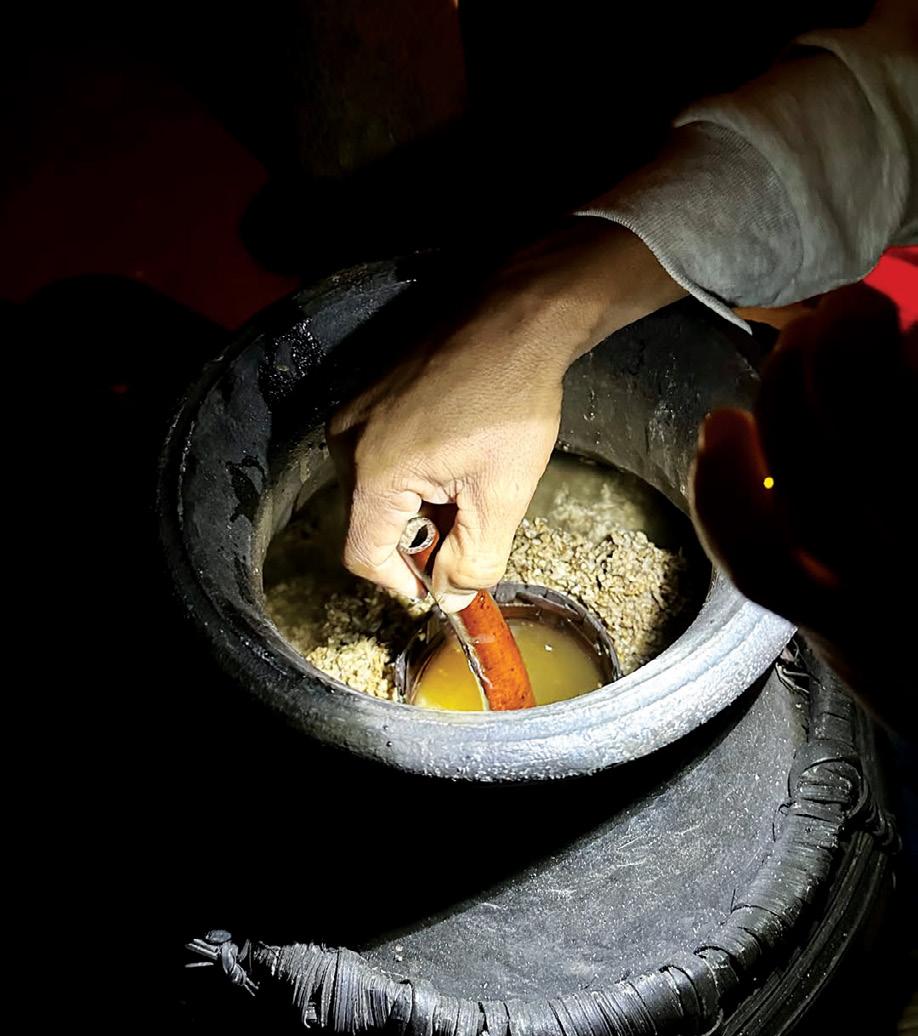

On a winter trip through Assam, I discovered ‘Xas’—a clear, earthy rice wine with heritage status, bottled by the state government. Potent yet memorable, it echoed the spirit of its people. In a world where flavours carry cultural meaning, heritage spirits serve as liquid legacies—bridging generations through tradition, craft, and identity, and offering stories etched in time.
India’s cultural revival now flows into the world of spirits, as homegrown liquors gain momentum. With global alcohol brand sales slowing to 2.2% in FY’24, interest in local brews such as cashew feni, mahua, and meads is rising. Backed by GI tags and rooted in tradition, these native tipples are earning newfound respect—redefining what’s poured into the glass and how India drinks its heritage.
Yet, several complexities remain. “I think of them more as native Indian spirits rather than heritage liquors, because I'm not sure how many have an official heritage classification. That's actually the beginning of the problem,” informs Vikram Achanta, an industry expert and CEO of Tulleeho, a beverage education and experiences academy.
Achanta cites the case of Rajasthan Royal, liqueurs crafted with recipes once preserved by royal families, which were brought back with a government push in the early 2000s. Today, Chandr Haas, a saffron liqueur from the collection, features on the menus of iconic bars such as the Writers’ Bar at Raffles Hotel and Bar Palladio in Jaipur.
In India, alcoholic beverages are categorised into three segments—foreign liquor, Indian-made foreign liquor (IMFL) and country liquor. Heritage craft spirits (combining craft IMFL and country) sales hit 57 to 87 million cases in annual sales in FY’23, in the massive alcohol market of ₹3.2 lakh crores.
The classification spans a diverse range of indigenous spirits—from Goa’s cashew-based Feni and central India’s Mahua to saffron, vetiver, and cardamom liqueurs of Rajasthan and toddy in Kerala. Joining these are regional staples such as Bitchi and Tongba from the northeast, and Chhang from the Himalayan foothills. Each is rooted in distinct cultural traditions once limited to local consumption.
Goan feni makers have been actively lobbying for a heritage status for liquor crafted from ripe cashew fruits, already having a GI tag. Hansel Vaz, Founder of Cazulo Feni and Secretary of the All Goa Feni Makers Association, is excited to launch three new product variants this month. He said, “We've reached some level of respectability when it comes to government policy as well as consumer awareness. We are now moving to the next level with flavoured, infused products”.
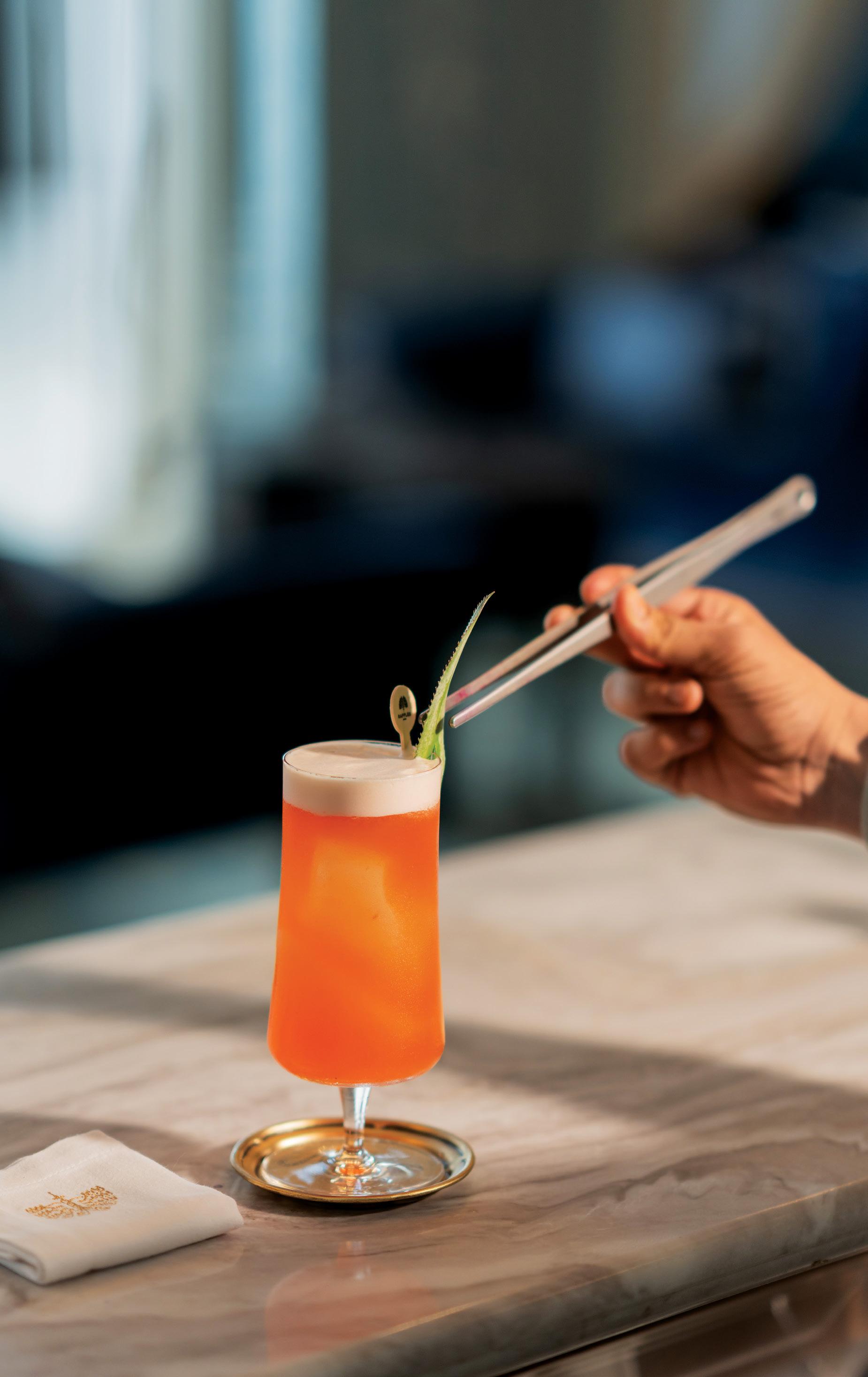
“Backed by GI tags and rooted in tradition, these native tipples are earning newfound respect—redefining what’s poured into the glass and how India drinks its heritage. Yet, several complexities remain.”
At Raffles Jaipur, the Jaipur Sling combines Chandr Haas liqueur, Indian dry gin, pineapple juice, and lime, creating a refreshing, tangy drink with a sunset hue. Chandr Haas—a centuries-old herbal liqueur known for its complex flavour and medicinal benefits adds a distinctive flavour of saffron.
VIKRAM DAMODARAN CHIEF INNOVATION OFFICER, DIAGEO INDIA
“Heritage liquors in India face regulatory fragmentation, yet consumers are embracing authentic stories with deep regional roots and generational craftsmanship.”

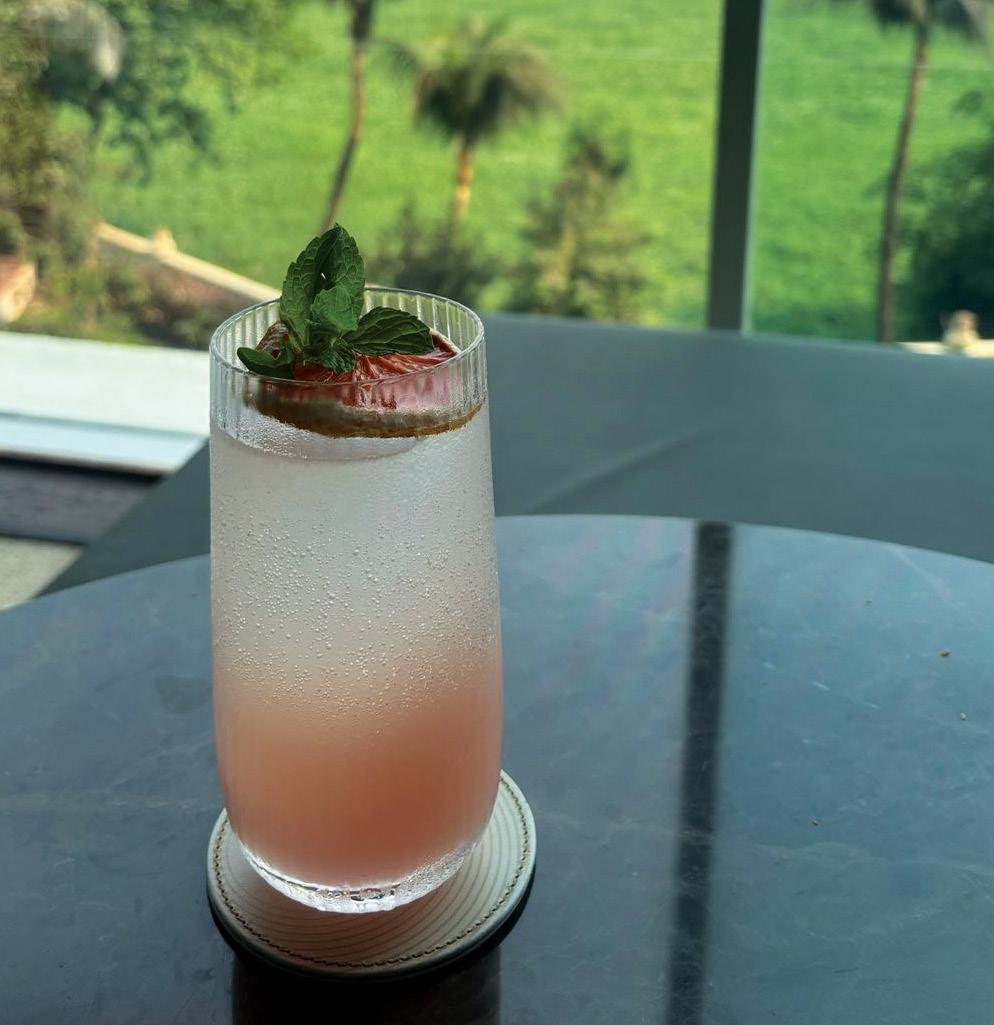

At Mayouchi in Westin Mumbai, ‘The Early Rise’ is a refreshing cocktail balancing the earthy tones of Mahura with the tartness of grapefruit and the warmth of ginger, creating a bright, slightly spicy, and herbal flavour profile, perfect for any time of day. Gaurav Talreja (Assistant Beverage Manager) suggests adding muddled mint for an invigorating drink.


LEFT: Writer’s Bar at Raffles Jaipur serves Chandr Haas in both cocktails and for sipping on ice.
Mahua is the world’s only spirit made entirely from flowers. Blooming once a year across the forests of central, eastern, and western India, the mahua tree offers a fleeting harvest. Local communities collect the blossoms and sell them to government-authorised vendors, ensuring fair compensation. The dried flowers are then soaked, fermented, and double-distilled in copper pot stills.
Recognised as a ‘Heritage Liquor’, it is produced by licensed distilleries but remains elusive in shops. Strict excise laws prevent its sale across state lines, keeping this floral spirit largely bound to its origin
HEAD MIXOLOGIST, BOMBAY DAAK
Yathish Bangera balances feni’s funk with bold ingredients, like in the ‘Finding Feni’ cocktail blending gin, feni, clarified raw mango curry, jaggery, Indian spices, asafetida, and chilli tincture.”

state. “We only know about the ones being bottled by states, but their availability remains obscure due to excise restrictions,” Achanta confirms. Seekers must look hard, for the reward of a rare taste of India’s forested heartlands. Arijit Bose, founder of Bar Spirit Forward (Bangalore) and Bar Outrigger (Goa), highlights how women-led Self Help Groups (SHG) from Madhya Pradesh’s Bhilala and Gond tribes are reviving traditional Mahua-making, bottled and sold as Mond and Mohulo —as a pathway to steady livelihoods.
The industry feels that the ‘country liquor’ tag does not do much good to improve acceptance of such products. Bose highlights issues such as poor enterprise support, legal grey zones and lack of focus on branding and packaging. “Despite their legacy, many country liquors are stuck in time. With no budgets for R&D and quality upgrades, they struggle to compete with the new wave of urban spirits that are winning both shelves and palates,” he adds.
Vaz engages with excise authorities frequently. “If India is to rise as a global cultural force, we must champion spirits that are authentically ours, rooted in our heritage and identity and elevate them through provenance, process, and pride,” he adds.
Pankaj Balachandran, Director of Short Story at Third Eye Distillery (makers of Stranger & Sons gin), brings deep expertise in distillation. He notes that the heritage tag has played a key role in elevating indigenous spirits like mahua and feni. “Both belong to a character-driven category, with floral, earthy aromas similar to fruit distillates. They’re more flavourful and could be India’s answer to mezcal or shochu,” he says. The old stigma of “country liquor,” he believes, is finally beginning to fade.
Maharashtra-based South Seas Distillery is set on rewriting Mahura’s repressive history. To promote imported spirits, colonial rulers relegated indigenous liquors to the category of ‘country liquor,’ burdening them with restrictive regulations and pushing them into obscurity as hooch. Yet, many of the world’s most celebrated spirits—Tequila, Cognac, Scotch, Sake—share similar origins. Each began as a local tradition, crafted and consumed by regional tribes or communities, before evolving into globally recognised icons of fine drinking. India’s native spirits were simply never given the same chance.
According to Rupi Chinoy, Director at South Seas, “Mahura deserves global recognition as an Indian spirit for its unique flavour, unlike anything else. When crafted with modern techniques, it becomes a crisp, versatile spirit that can be enjoyed neat, on ice or as a cocktail.” The family behind Six Brothers Mahura, launched in 2024, first commercially distilled it in 1922.
HEAD MIXOLOGIST, KMC
AJ picked up fermentation techniques from distillers in Meghalaya and Nagaland that he uses in his trials.

Their legacy continues, combining generations of tradition with over 40 years of single malt expertise in India.
“We’ve brought the same rigour and sophistication used for fine single malts to Mahura, making it the first spirit in the category to be double distilled in India’s largest copper pot stills, followed with a platinumfiltration process to ensure a clean, crisp finish,” Chinoy elaborated.
Chef Thomas Zacharias (@Cheftzac) leads food discoveries through Locavore, exploring regional roots. On a trip with JrnyOn, he discovered Chubitchi (or Bitchi)—a mildly alcoholic rice wine central to Garo culture in Meghalaya. GI-tagged and deeply rooted in community rituals, it’s a welcome drink and a symbol of hospitality.
With markets flooded with urban manufactures though, brewing of bitchi, toddy, salphi, mahua, feni,
xas and chhang continues to be limited to villages where traditional practices endure.
But global players are stepping up. The Good Craft Co. (TGCC) focuses on building an ecosystem of craft spirits. Attesting to it, Vikram Damodaran, Chief Innovation Officer at Diageo India says, “We’ve been working with India’s craft spirit community for over five years, offering feedback and helping them refine their spirits through real, hands-on science. Whether it’s running a quick chromatography test to identify an off-note or sharing insights from our R&D, about 20% of our time today is dedicated to supporting these makers.”
Bartenders and mixologists across the country are increasingly incorporating indigenous spirits into contemporary offerings, creating hybrid experiences honouring tradition while embracing innovation. “Heritage liquors are a great way to add variety since they are essentially a whole new spirit category,” opines Priyanko Sarkar, an alcobev expert and mixology consultant. “Drinking these neat is not for everyone, but skilled mixologists are crafting cocktails that make these spirits more palatable and accessible.”



FOUNDER & CEO, TULLEEHO; COFOUNDER, 30BESTBARSINDIA & INDIA
BARTENDER WEEK 1
FAR LEFT: Feni kokum at Elephant & Co., Goa.
LEFT: Cazulo produces a special variant called Dukshiri, widely popular among bartenders.
BELOW: Copper pot stills used by Six Brothers for mahua distillation.



“India's heritage spirits deserve regulatory reform that honours their cultural roots while enabling their journey to global recognition.”

Damodaran notes that it is the end consumer interest that drives industry growth. “Indian spirits are gaining momentum as consumers are increasingly seeking authentic, homegrown stories with deep cultural roots and generational legacy.”
At top bars across Mumbai, indigenous spirits such as Tinto Feni from Adinco Distillery and Six Brothers Mahura are claiming coveted shelf space. At Bombay Daak, Yathish Bangera balances feni’s funk with bold ingredients, like in their ‘Finding Feni’ cocktail blending gin, feni, clarified raw mango curry, jaggery, Indian spices, asafetida, and chilli tincture. “I’d love to do a highball with kokum cordial, raw mango-infused feni, salt, sugar, and tonic,” he adds.
At Ekaa, mixologists Jishnu and Kaustubh regularly experiment with feni and mahura, inspired by fermentation techniques Jishnu picked up from distillers in Meghalaya and Nagaland. Fine diners such as Carnival by TrèsInd serve mahura with clarified melon and a mean Panjim Sour with feni, while Elephant & Co. (Goa) and Cobbler & Crew (Pune) offer feni-kokum for easy sipping.
“These spirits offer hard-to-replicate and rare depth,” says Mayur Marne, Bar Head & Partner at Cobler & Crew. “Mahua shines with citrus and florals, feni with tropical fruits, and toddy with warming spices,” he guides.
Reflecting this shift, Four Seasons Mumbai now features a mahura cocktail on the menu at its rooftop lounge, AER. Undeniably, heritage liquors are going through a transformative time, but market stickiness is yet to be seen.
BY DEEPALI NANDWANI

Luxury travellers are ferreting the most offbeat experiences that a good buck can buy. And hotels have left no stone unturned in delivering experiences beyond the ordinary. At The Milestone Hotel in London, guests staying in suites can arrange for a string trio or a solo harpist from the London Philharmonic Orchestra to perform. At the Park Lane Hotel in New York, dialling 5 from the in-room telephone connects guests to the caviar hotline. At the W Hotel in Osaka, Japan, the ‘Whatever/Whenever’ service promises to fulfil virtually any request. Similarly, the Sentinel Hotel in Portland offers a Very Important Pets program, providing access to top groomers and even acupuncturists for stressed pets.
The perfumeries of Kannauj in Uttar Pradesh have been attracting travellers from across India and the world. Kannauj is known as the Perfume Capital of India for its centuries-old tradition of crafting attar (or ittar), a natural, alcohol-free perfume made from botanical extracts. Many a base perfume ingredient, particularly attars, essential oils, and absolute oils, for global perfume brands also come from Kannauj. Among its indigenous scents is Mitti Attar or Earth’s perfume, which mimics the smell of the earth after the first downpour of the season.
As the hospitality industry faces growing pressure to reduce its environmental impact, luxury hotels are leading the way by transforming kitchens into spaces of sustainability and creativity. A major trend within this movement is the rise of zero-waste kitchens—where every part of an ingredient is used, and almost nothing ends up in the bin. Two notable pioneers are Six Senses in Bhutan and CGH Earth in India. Vegetable scraps (like carrot tops, onion skins, and herb stems) are used to make stocks, broths, and sauces. Fruit peels and cores are repurposed into fermented drinks, cocktail infusions, and natural vinegar, and leftover bread is turned into breadcrumbs or desserts like bread pudding.
The quaintly named Mastoff Villa Camellia in Uttarakhand, a restored colonial bungalow turned boutique hotel is known for its extensive library. The hotel, which blends British Raj aesthetics with modern comforts, has a collection of rare books on Himalayan flora and fauna, some dating back to the 1800s, curated by the owner’s family. Its pet-friendly vibe (complete with dog beds and treats) and storytelling evenings by the fireplace make it a cosy, nostalgic retreat. Beautiful coffee table books like Himalaya: Mountains of Life by Kamal Bawa and Sandesh Kadur and The Snow Leopard by Peter Matthiessen have found home in this expansive library.


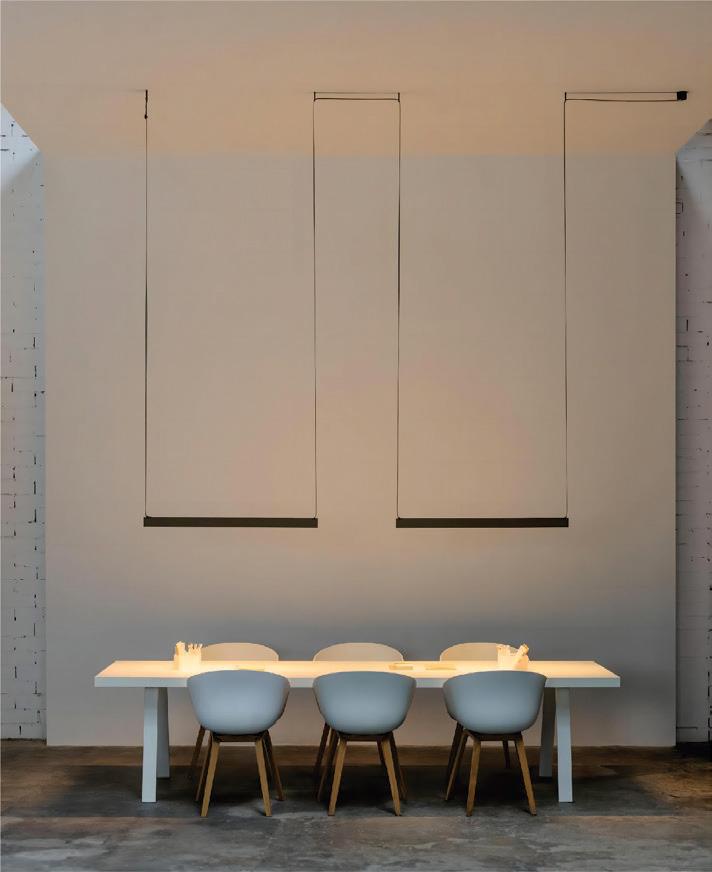







PRESENTED BY